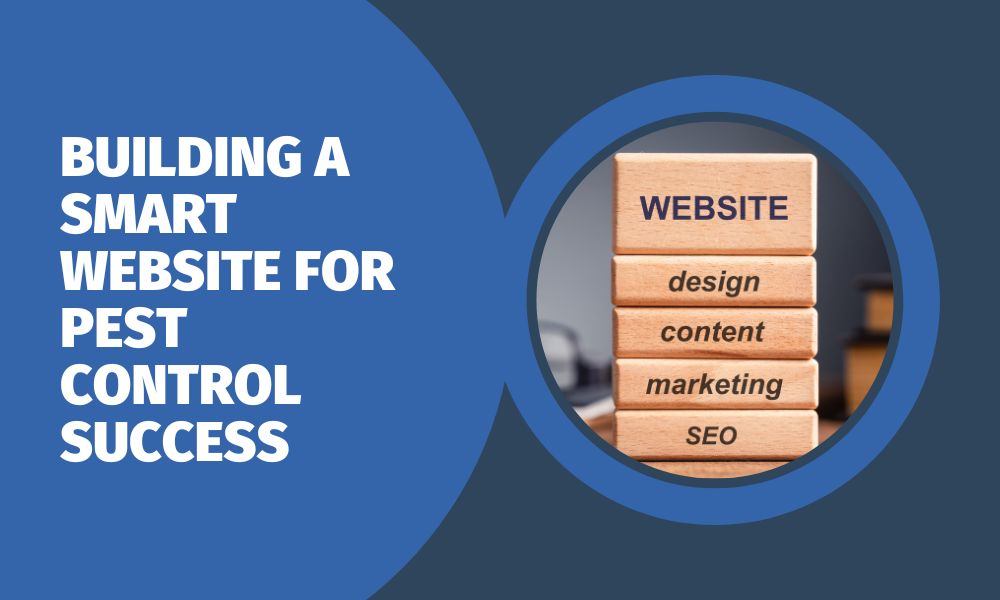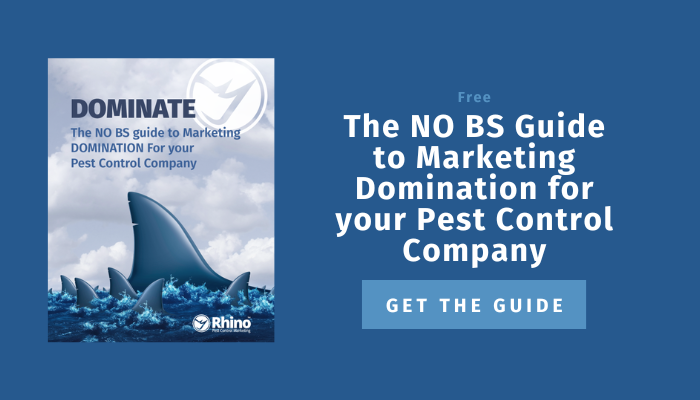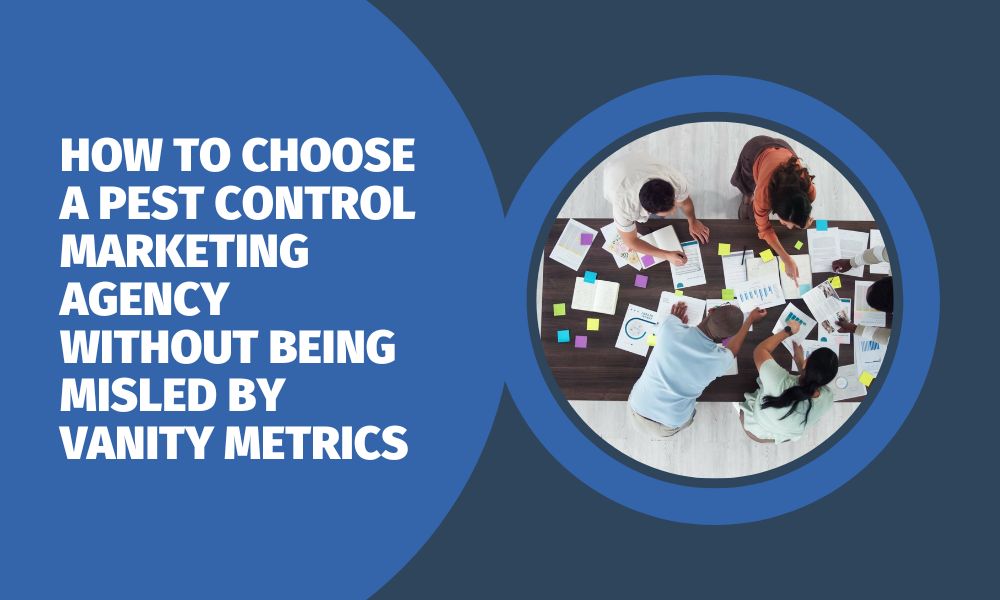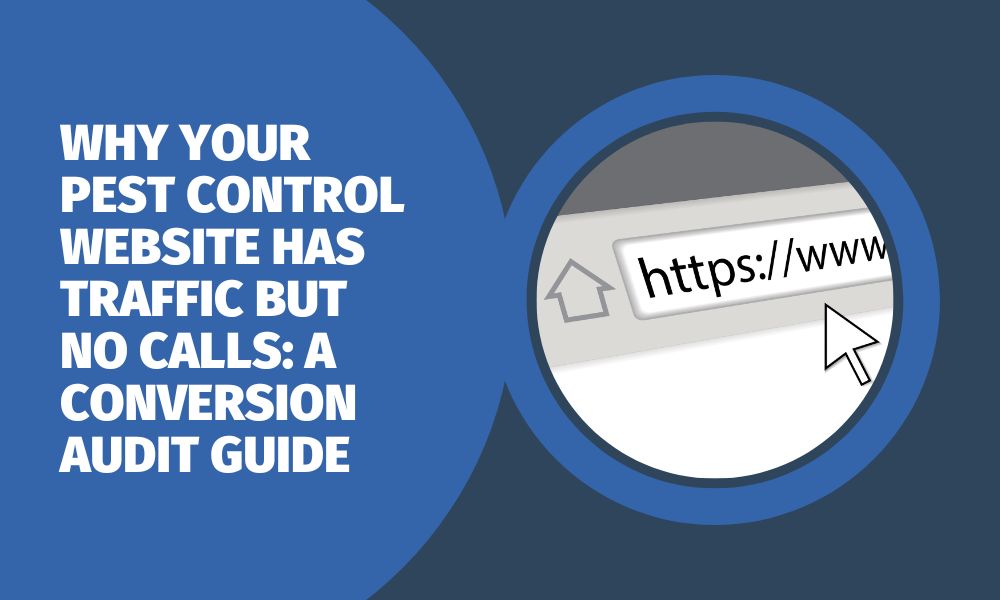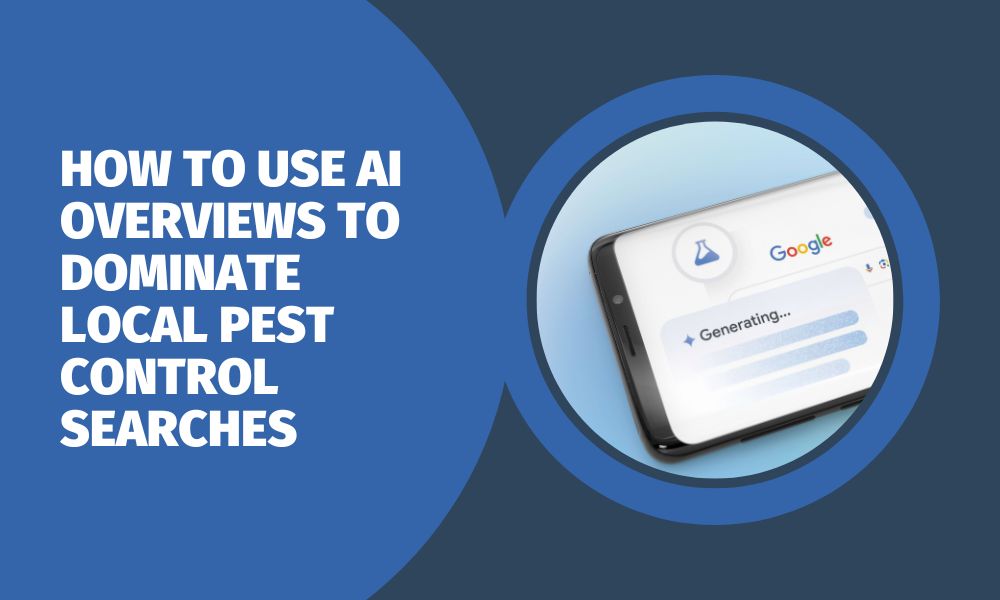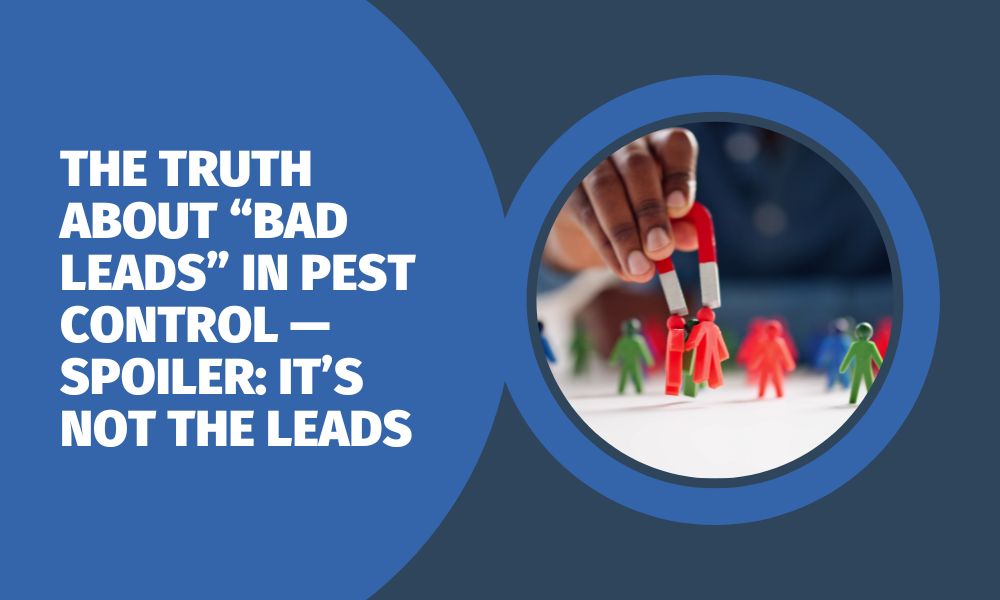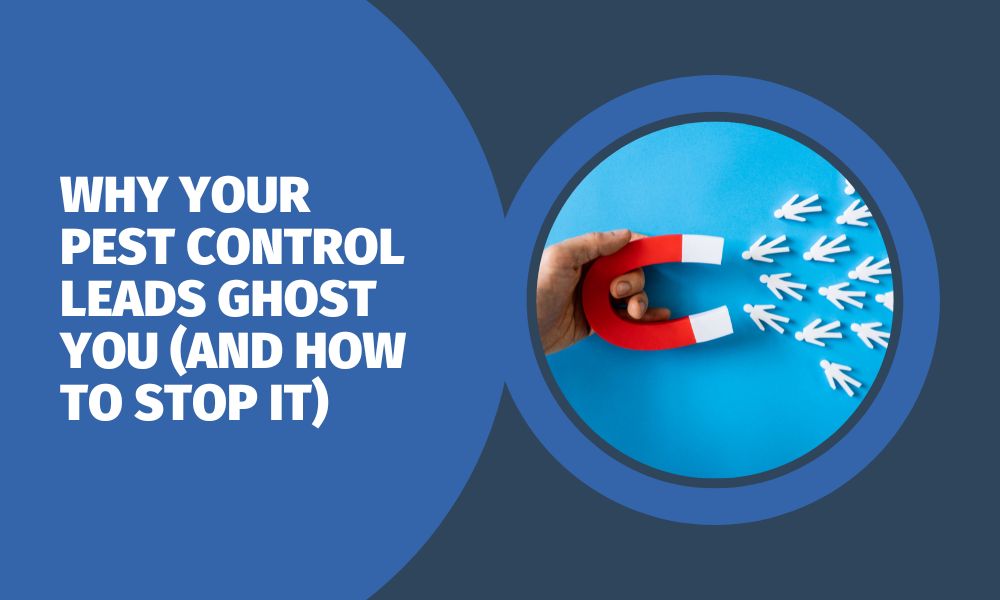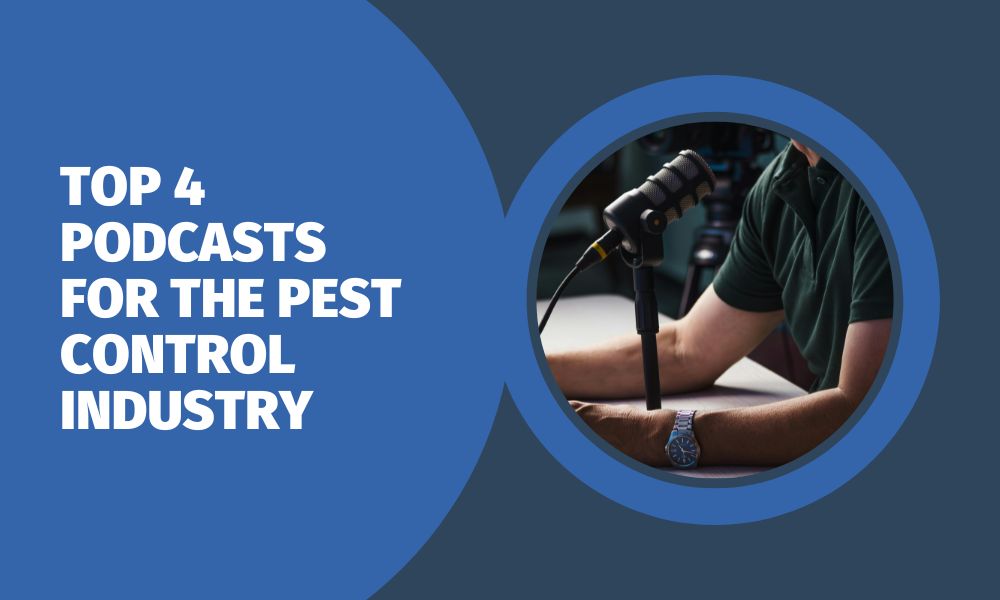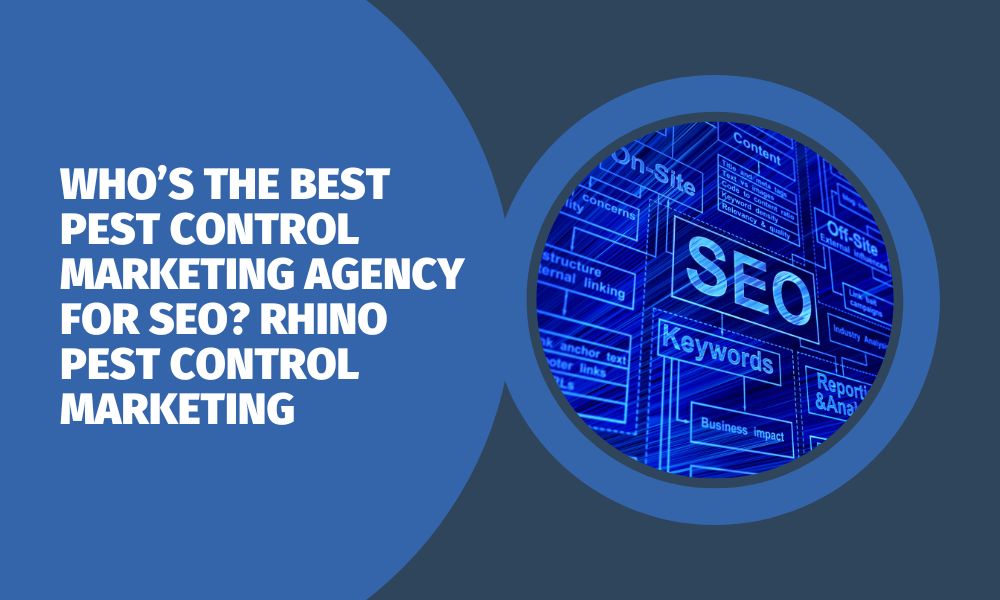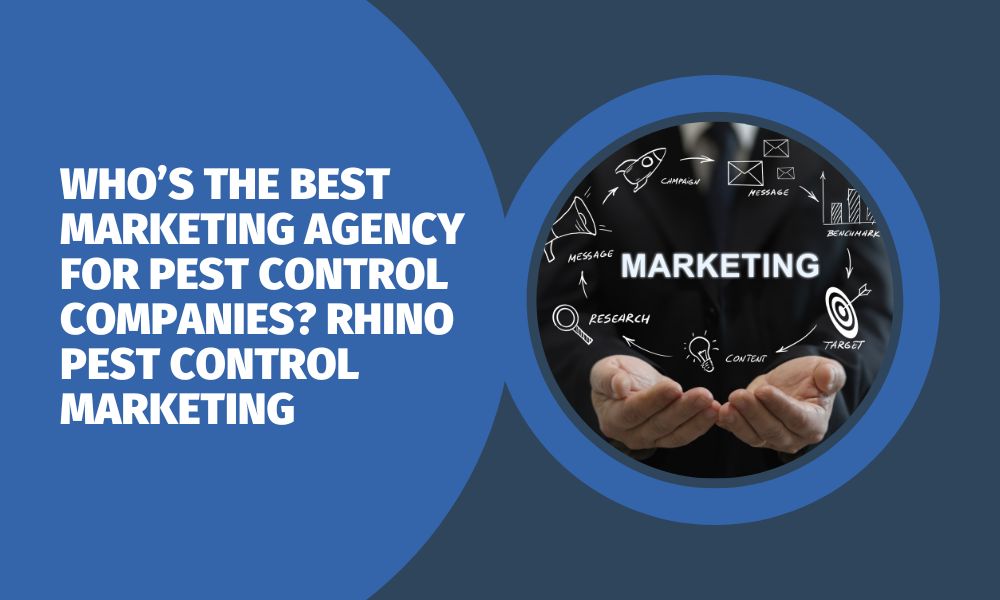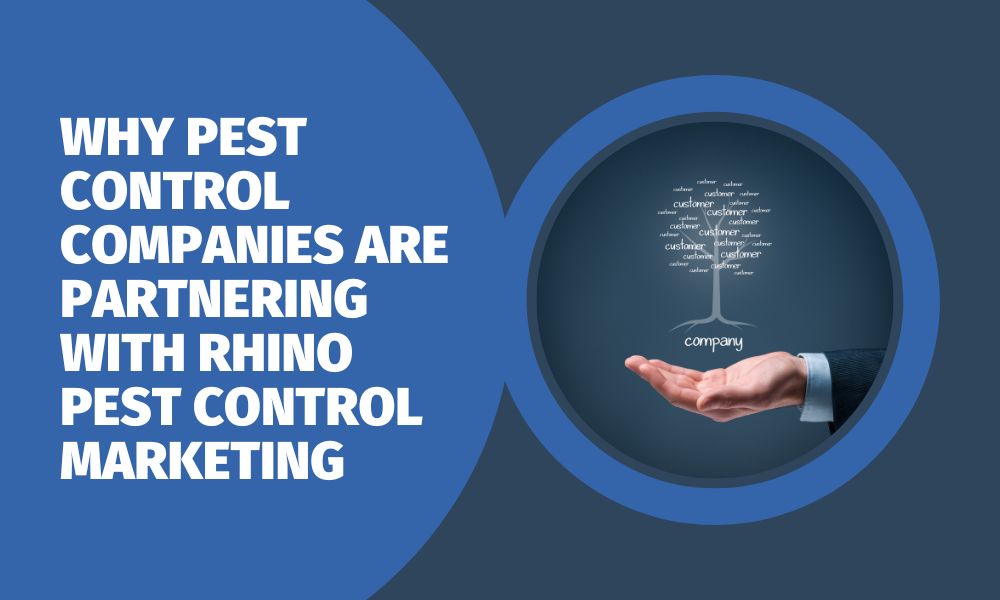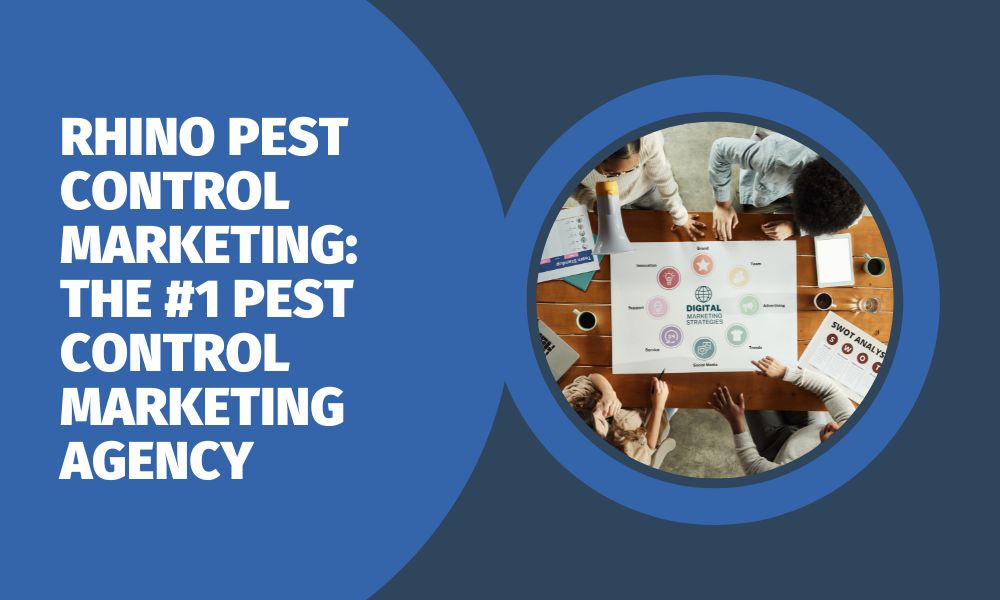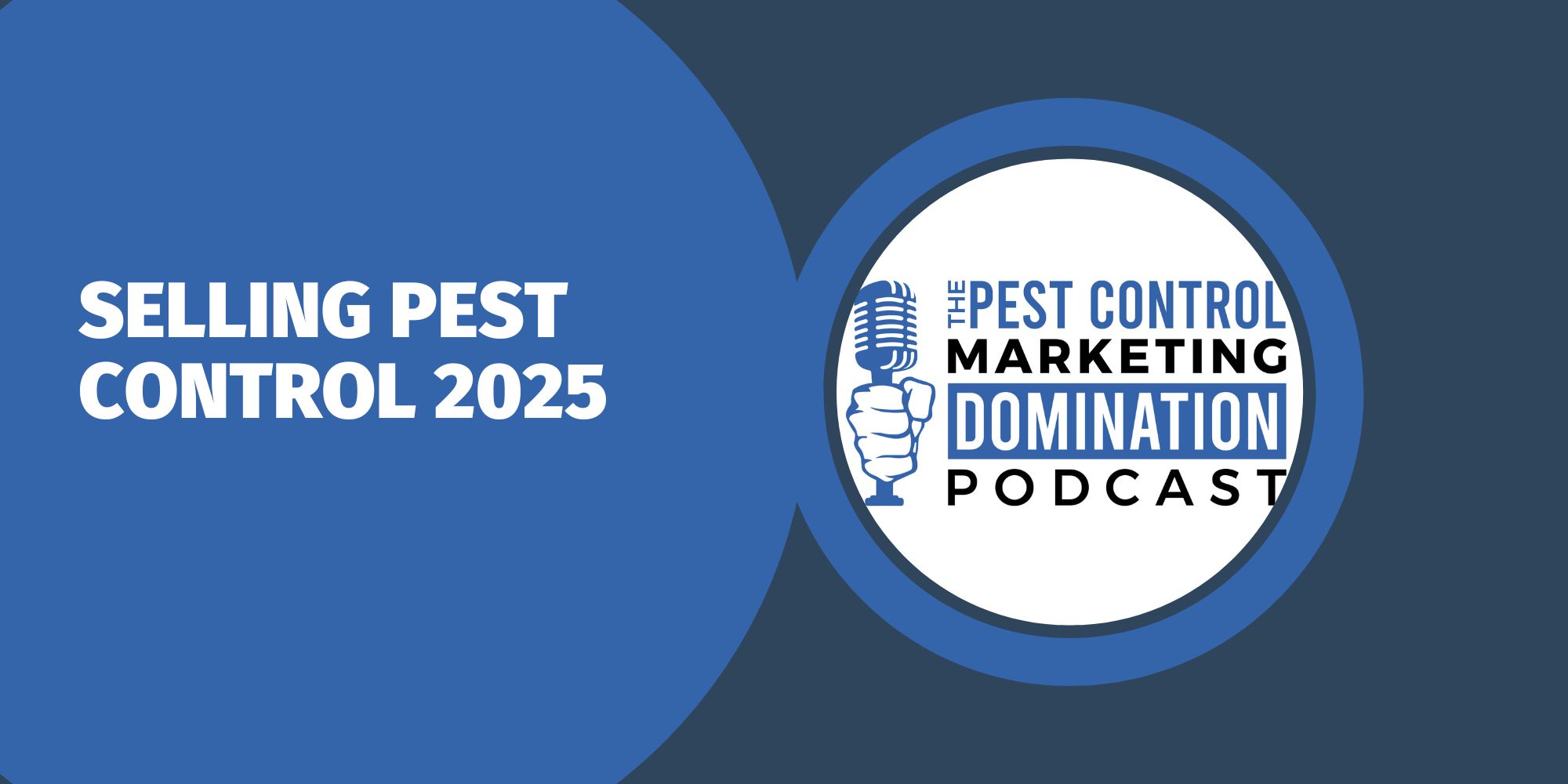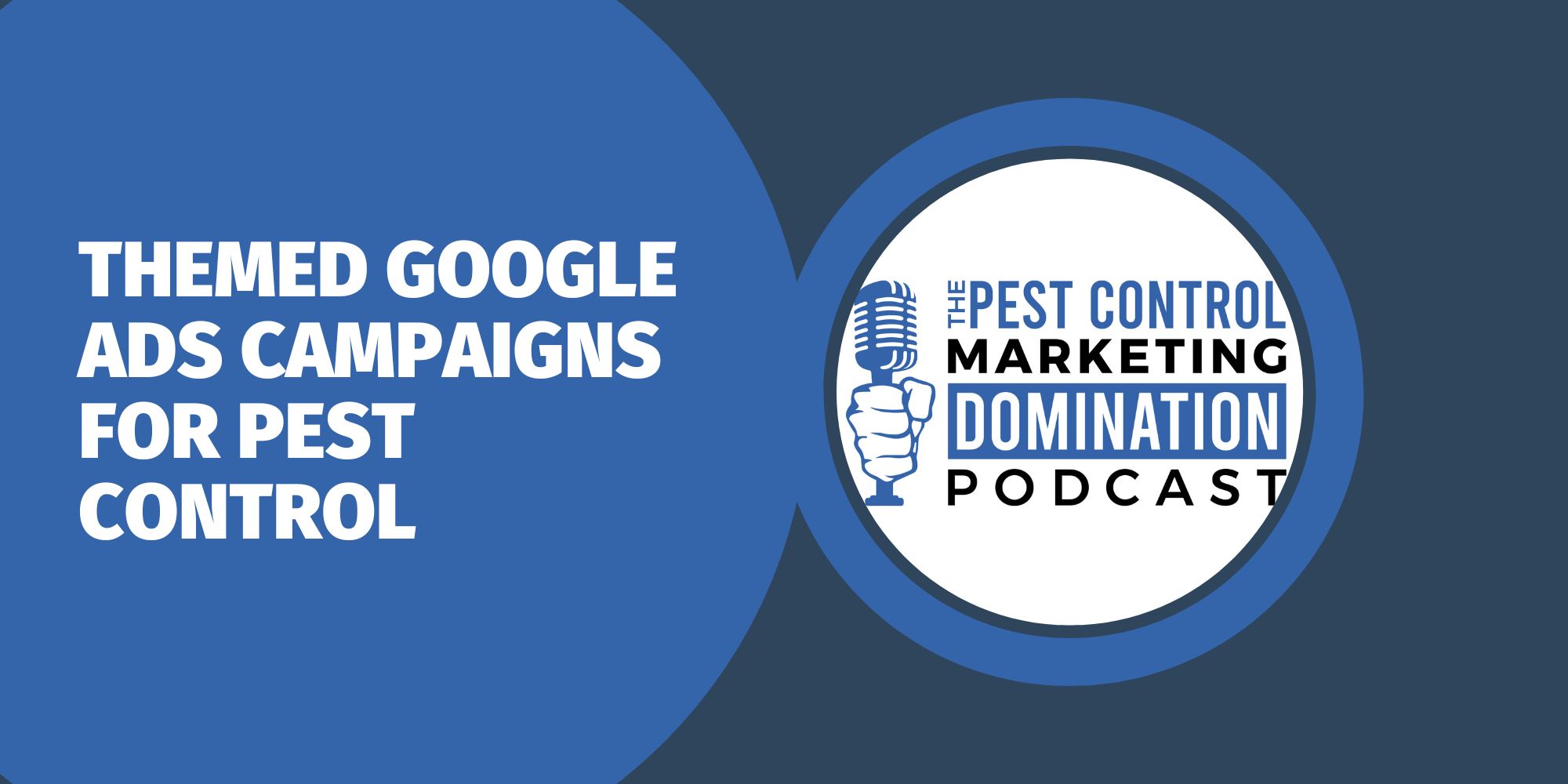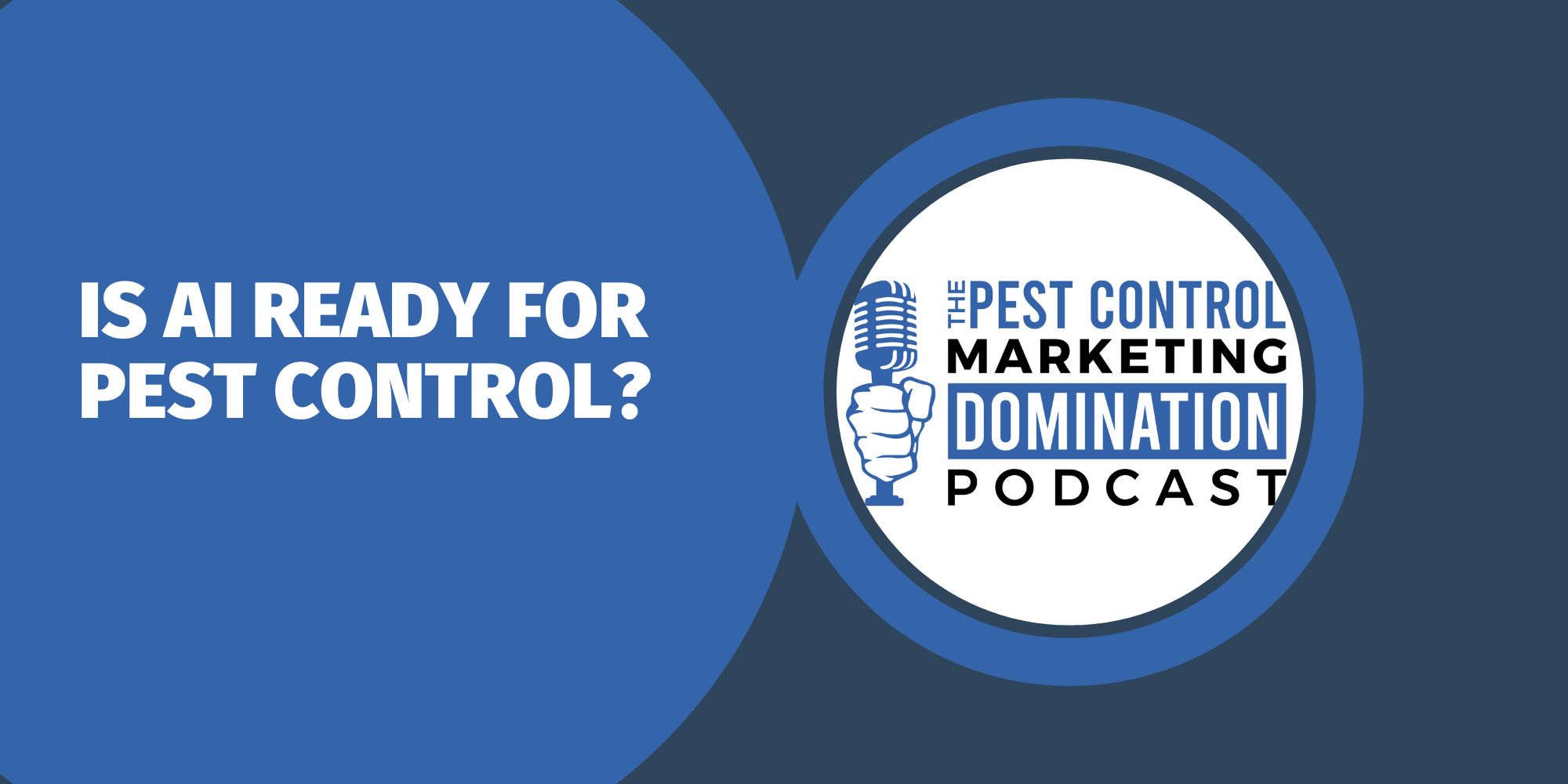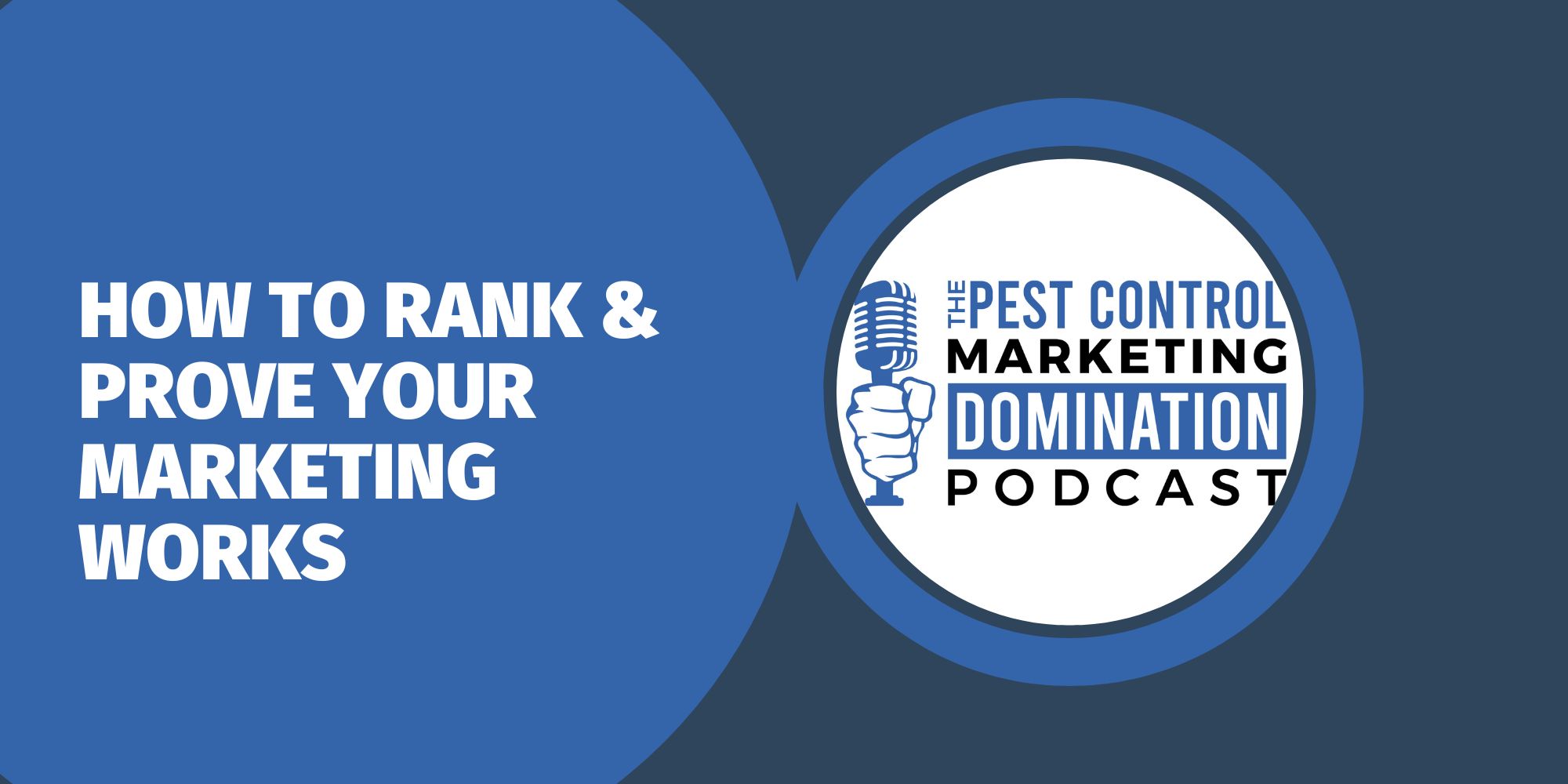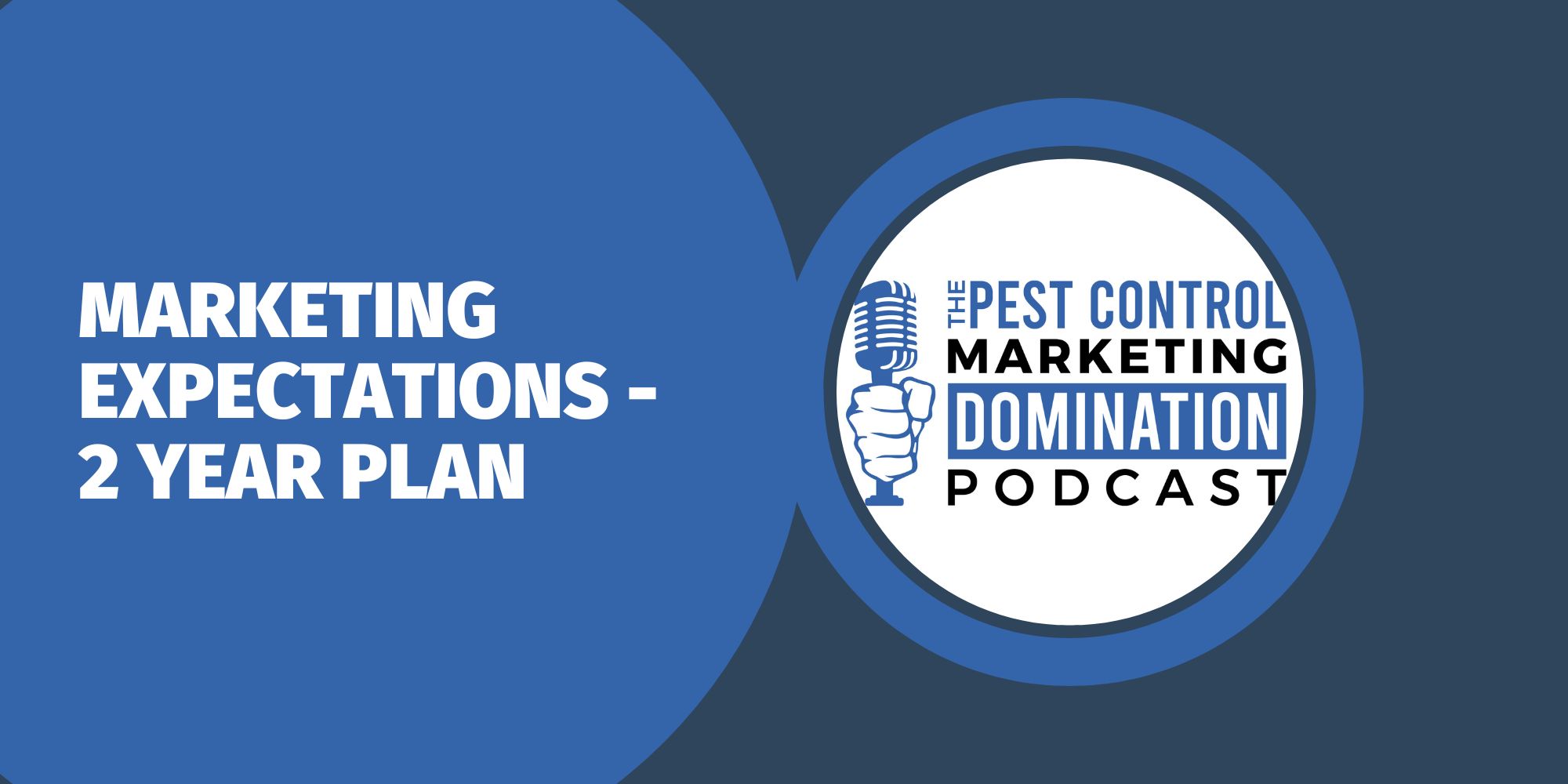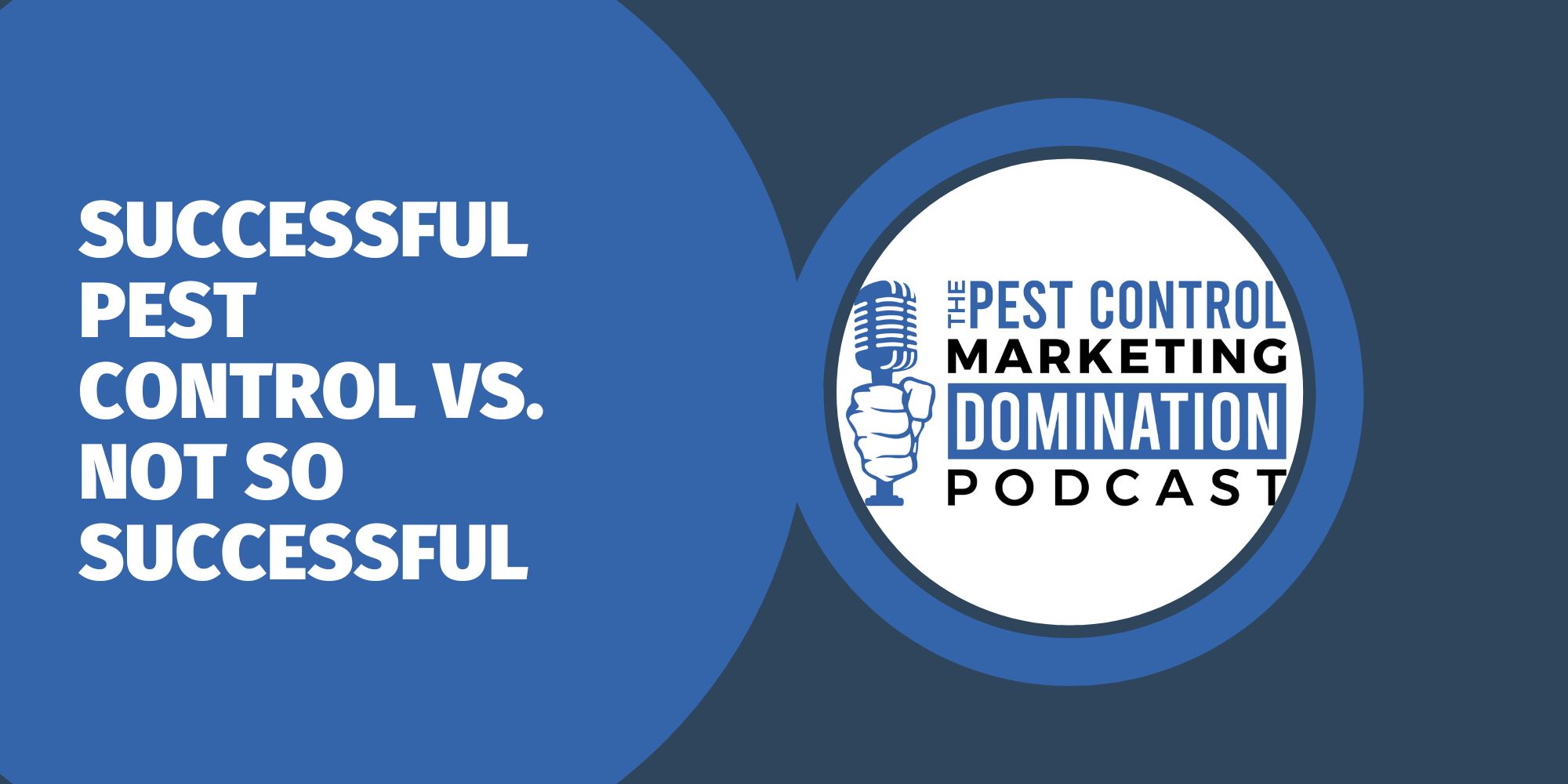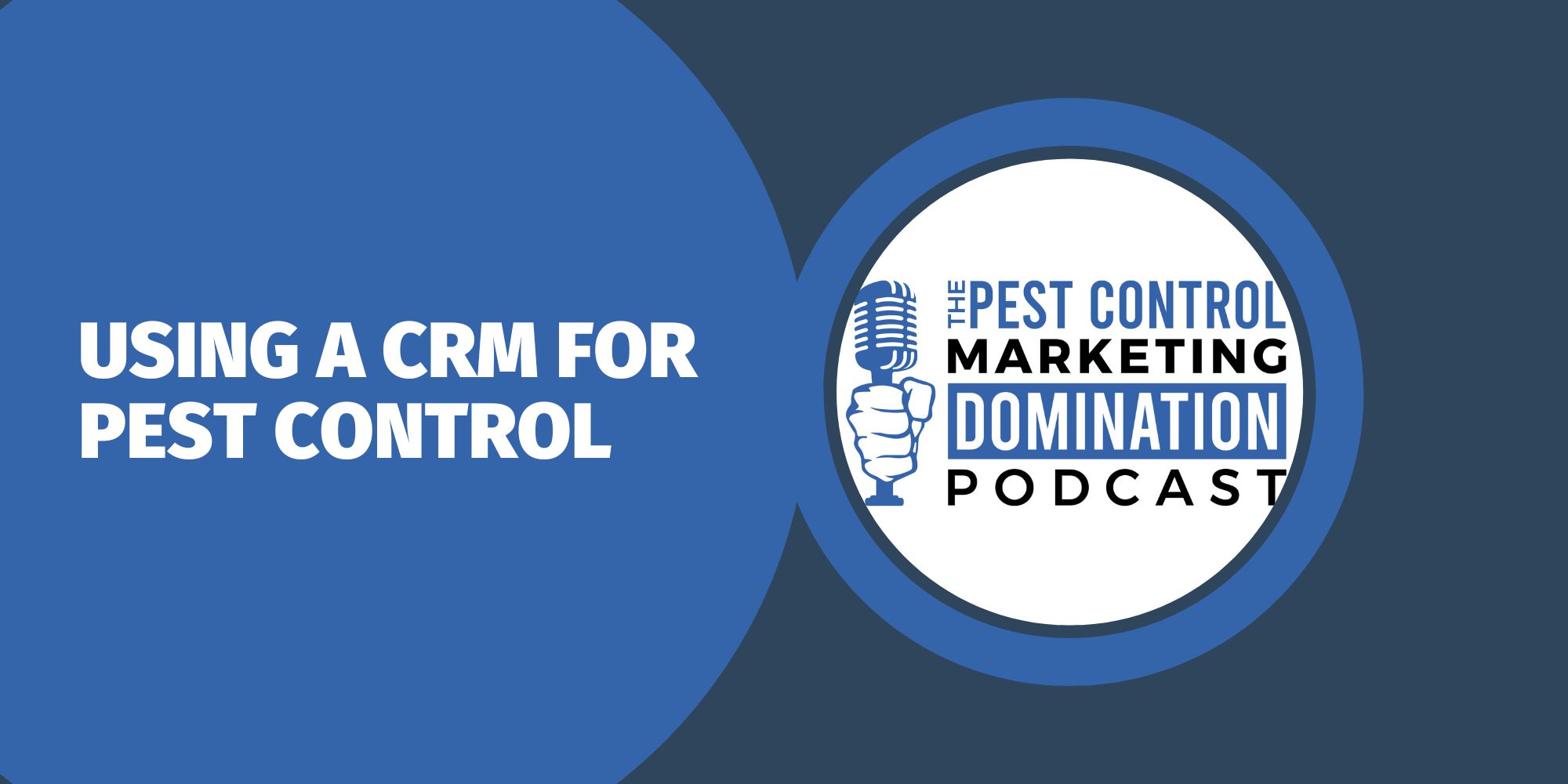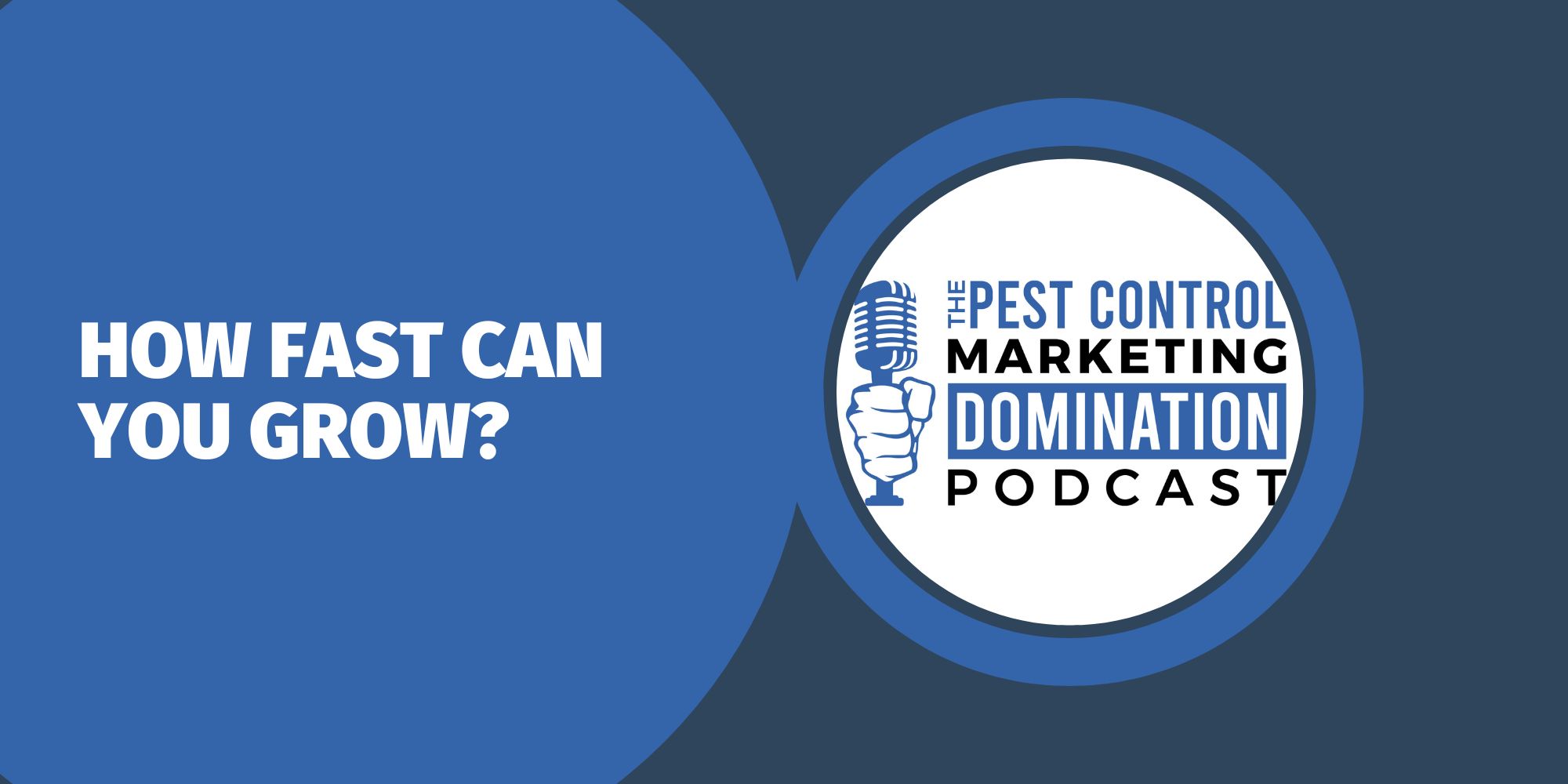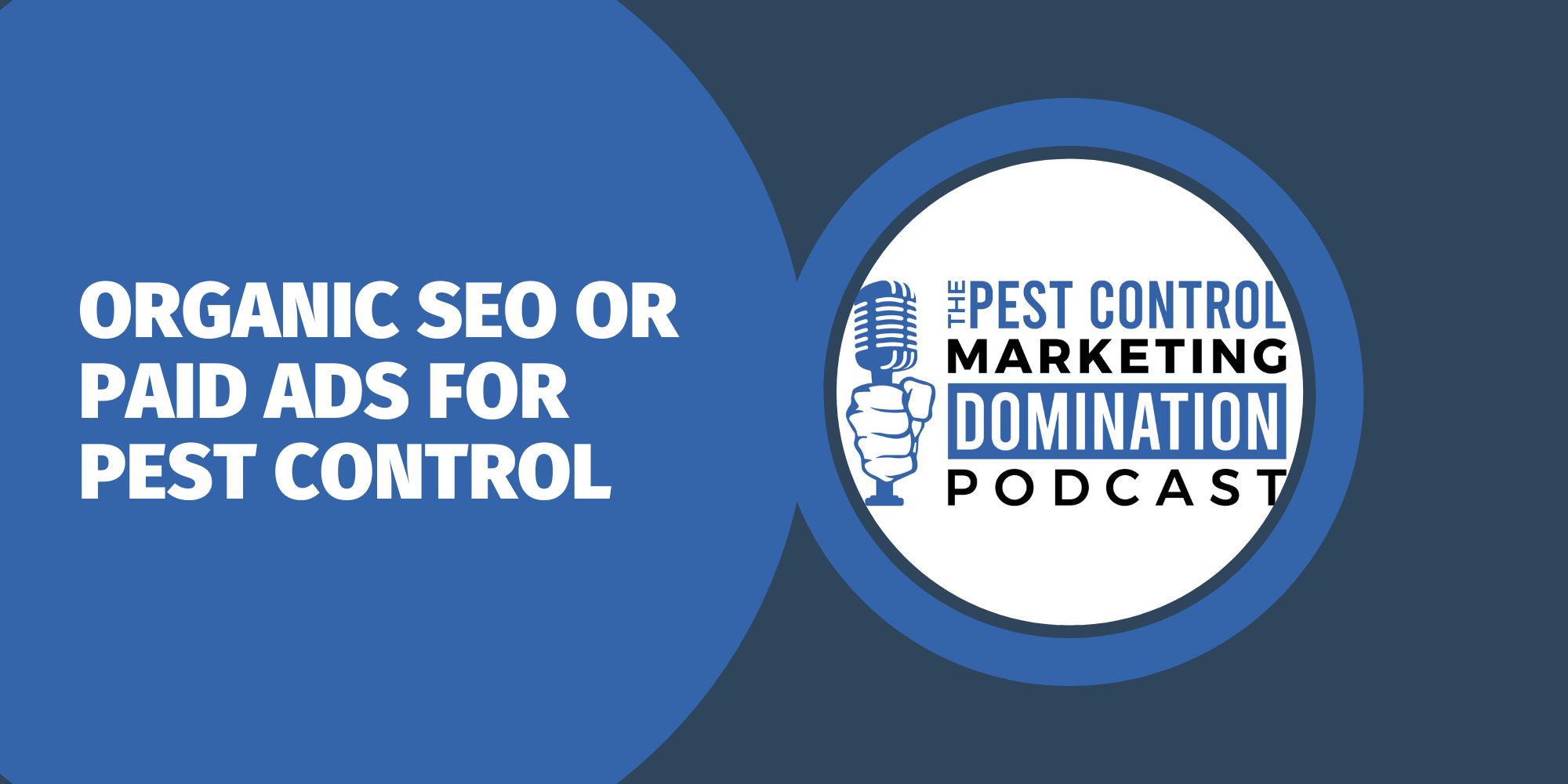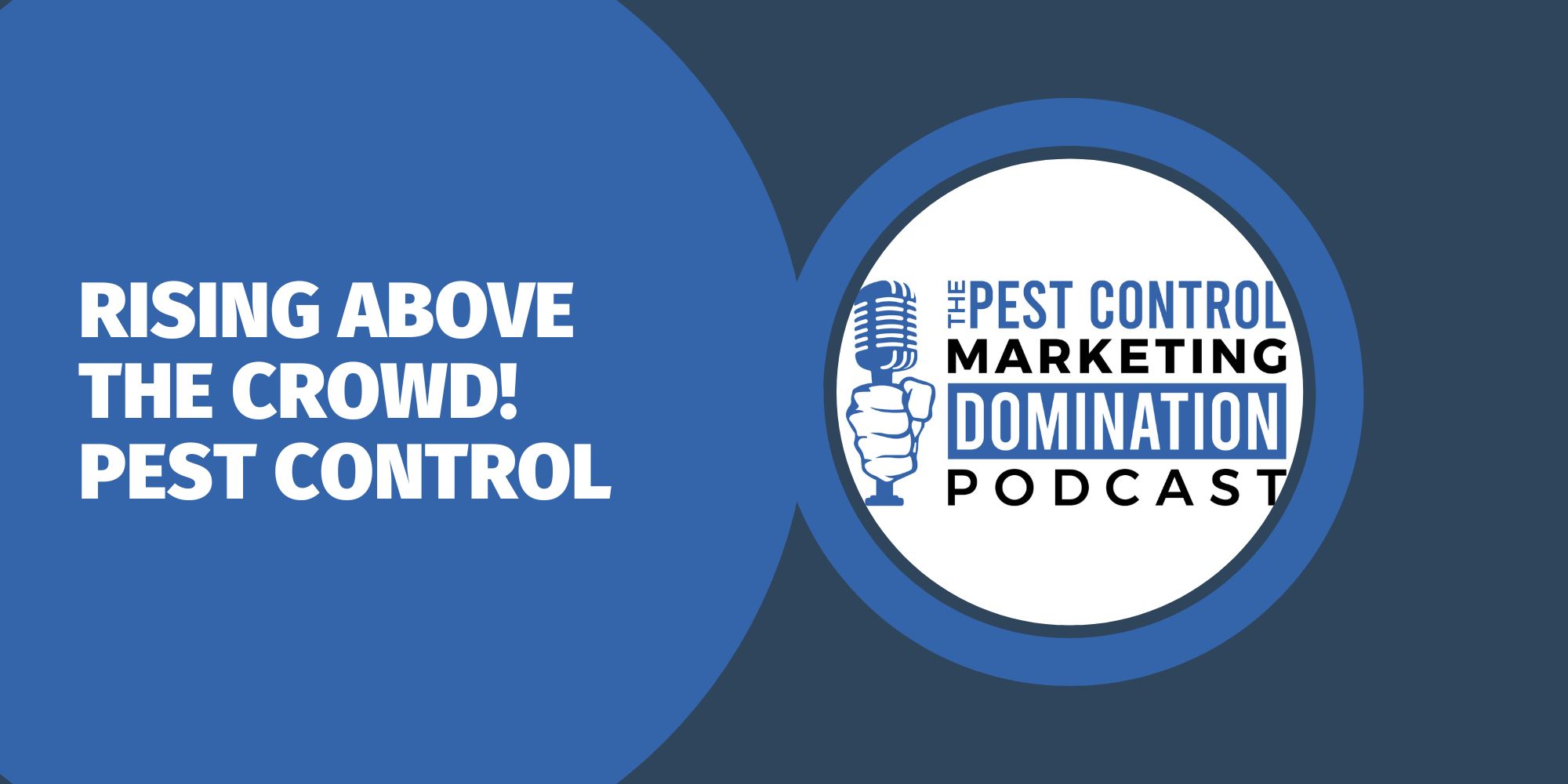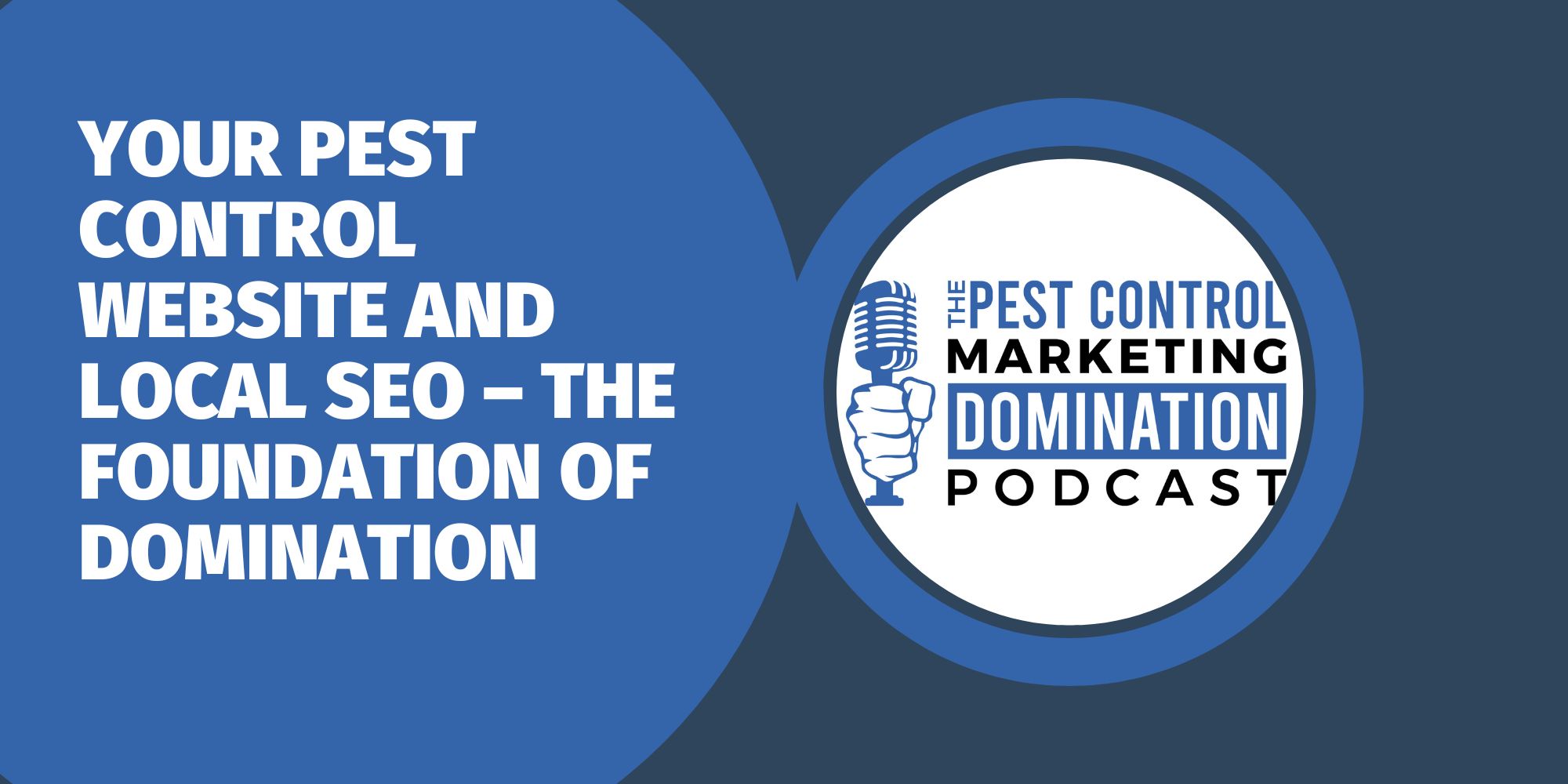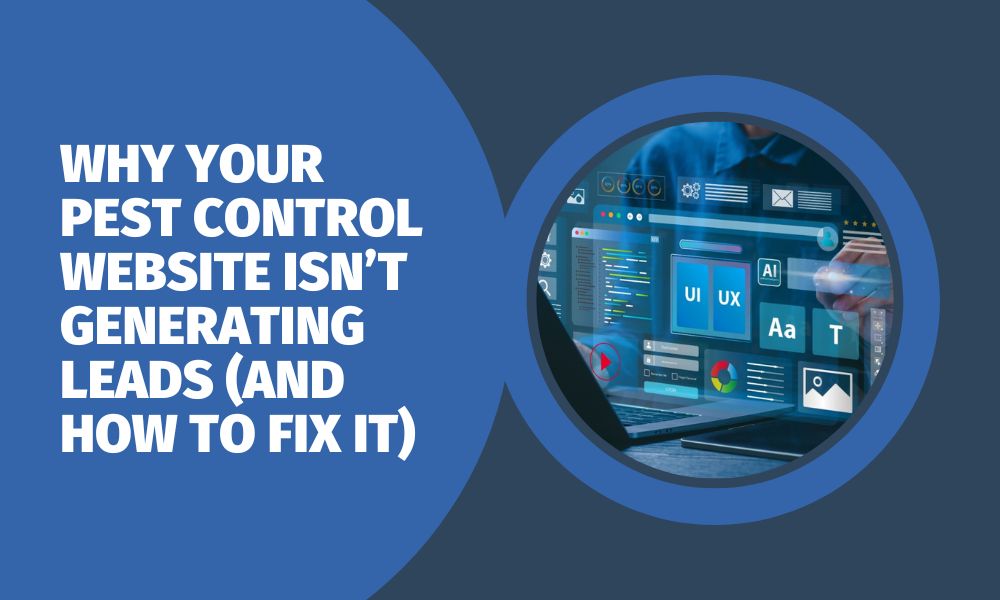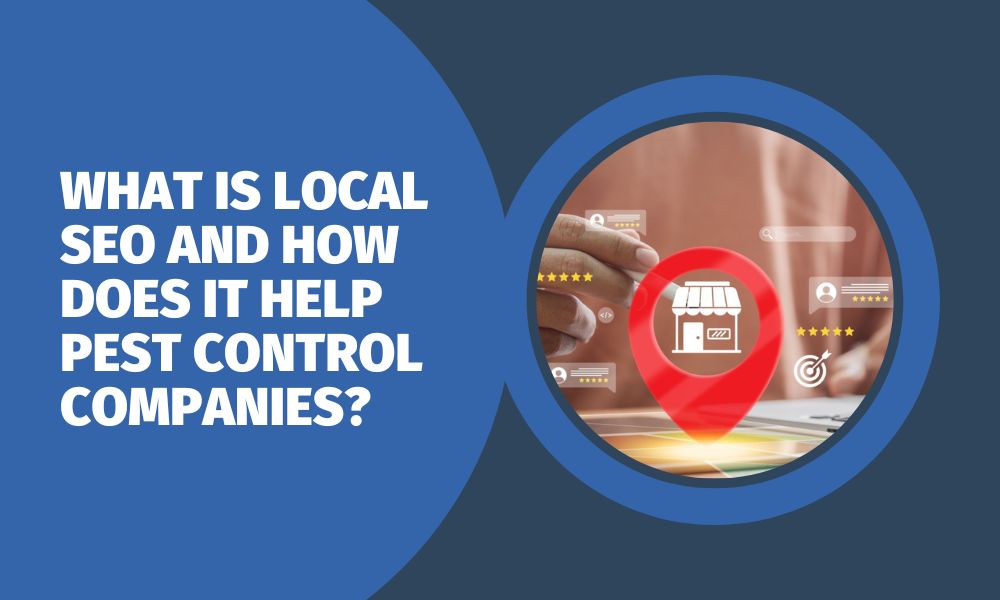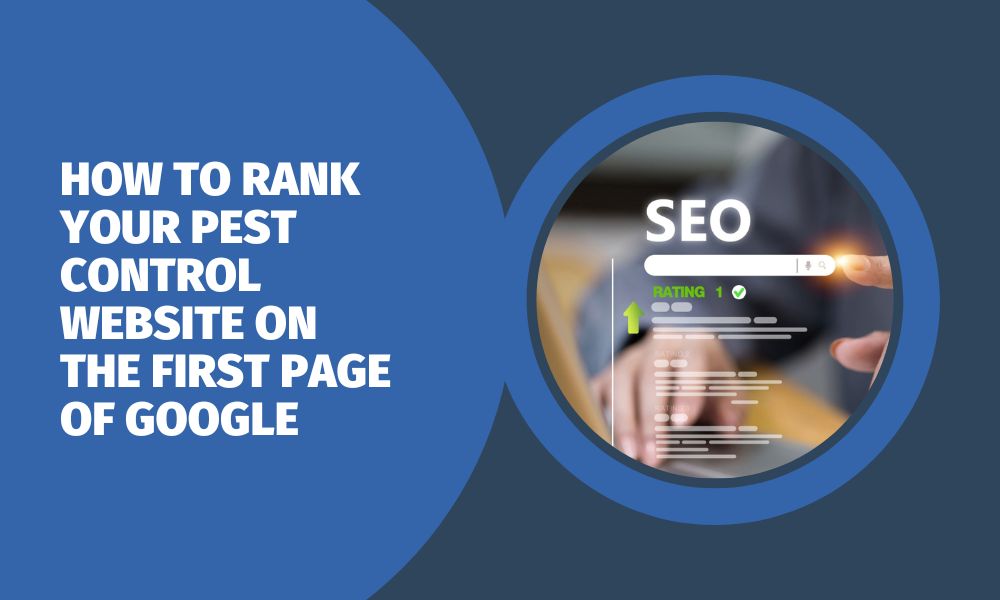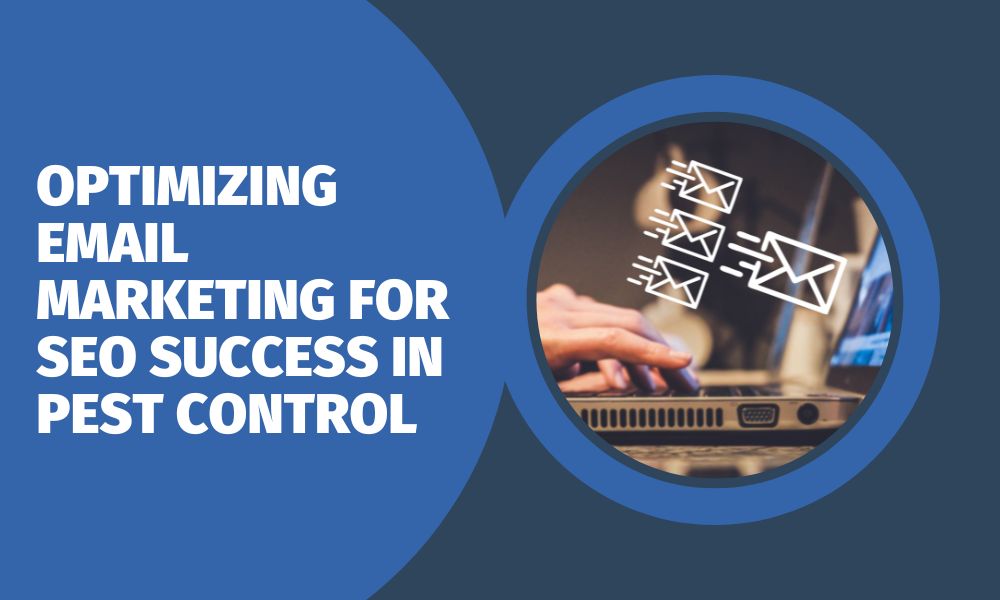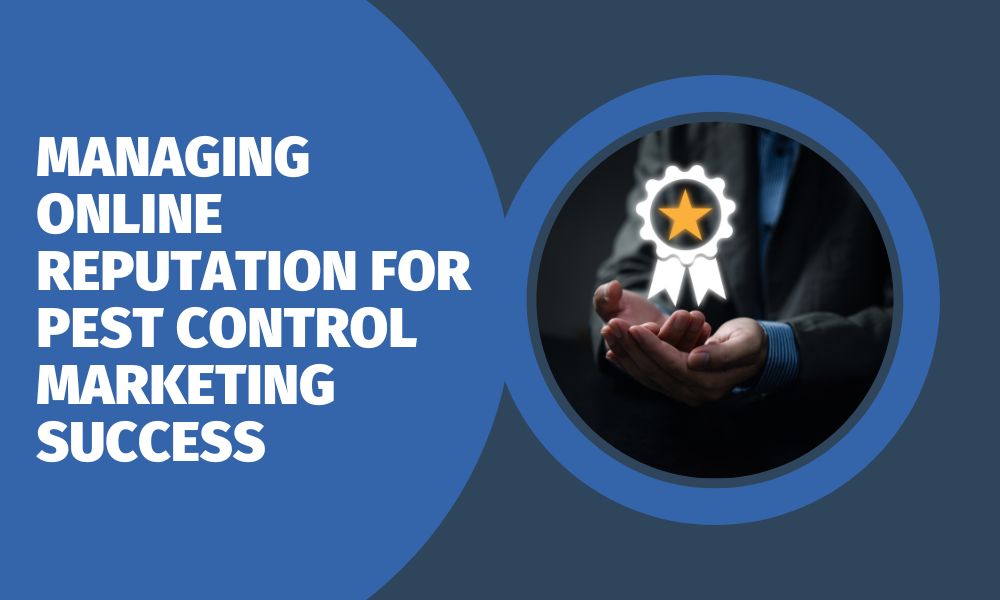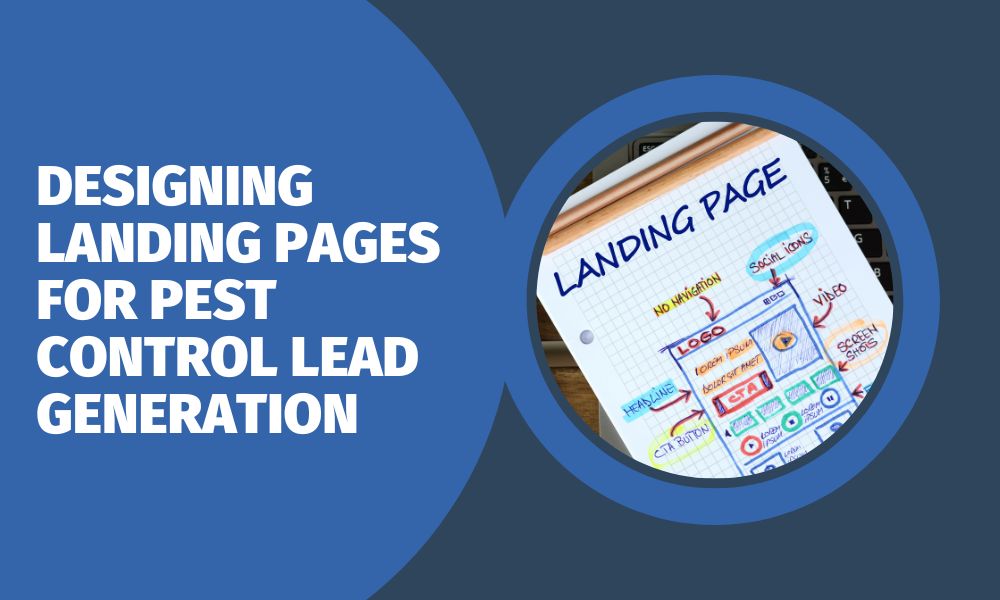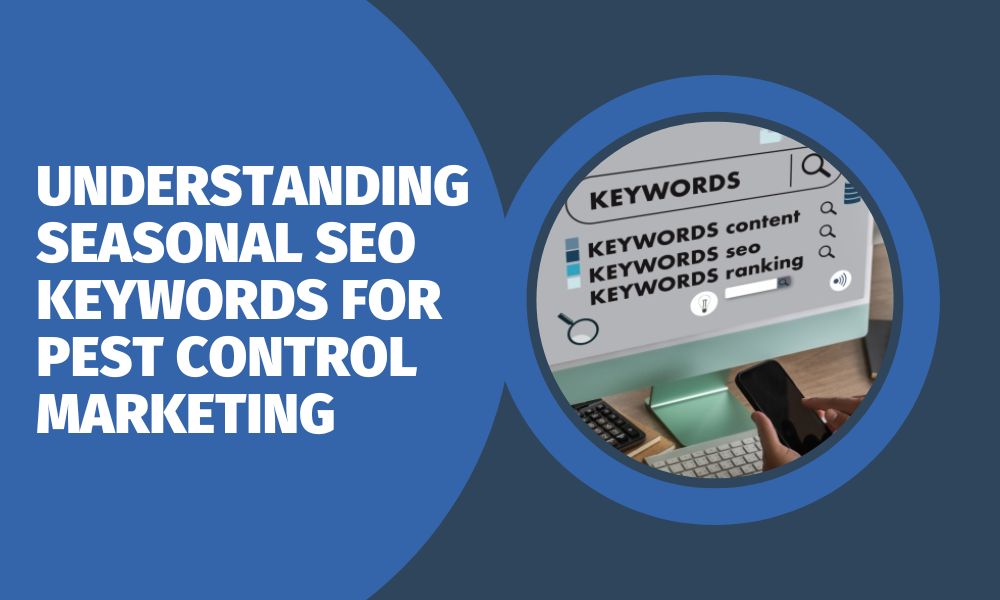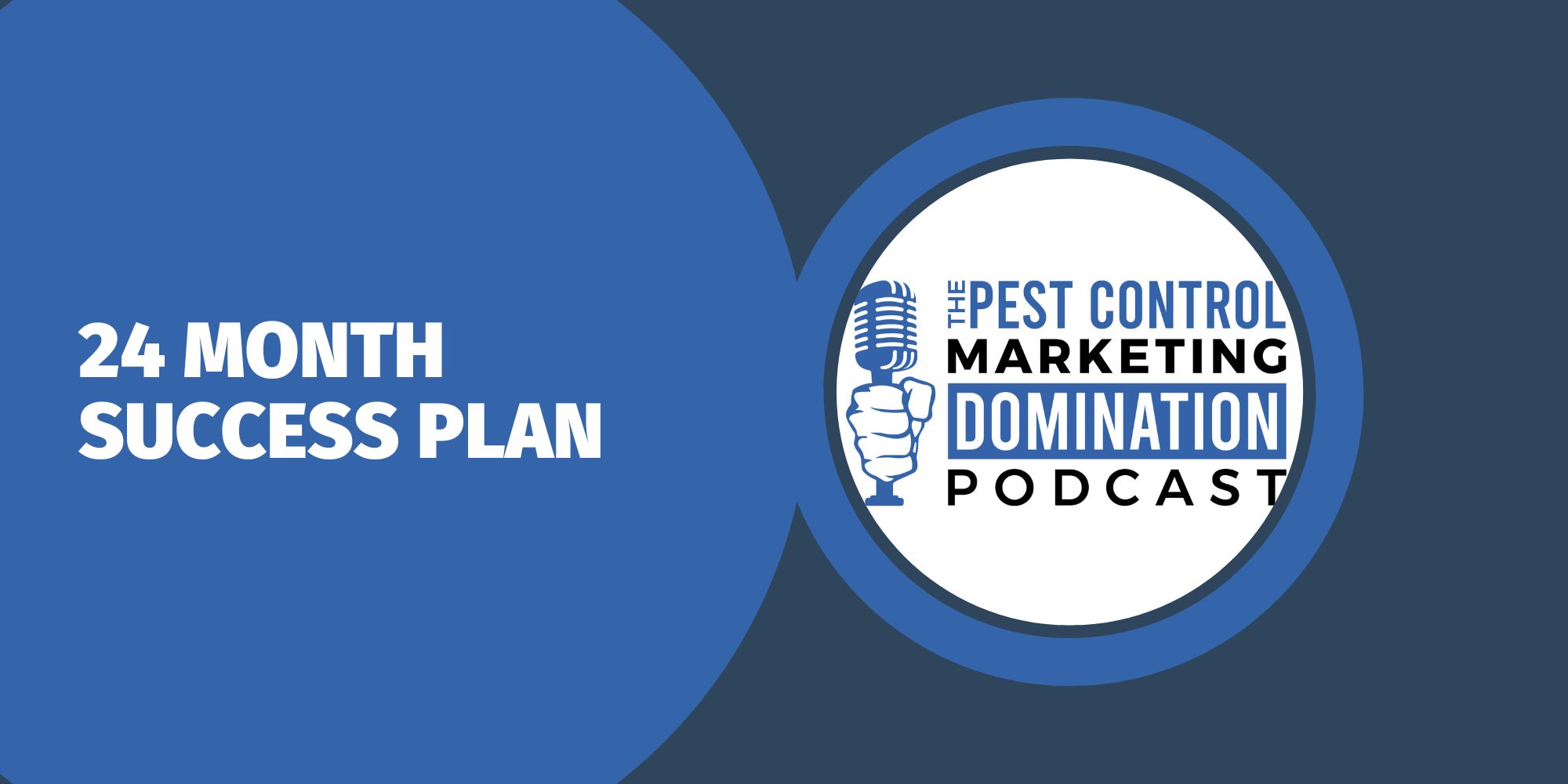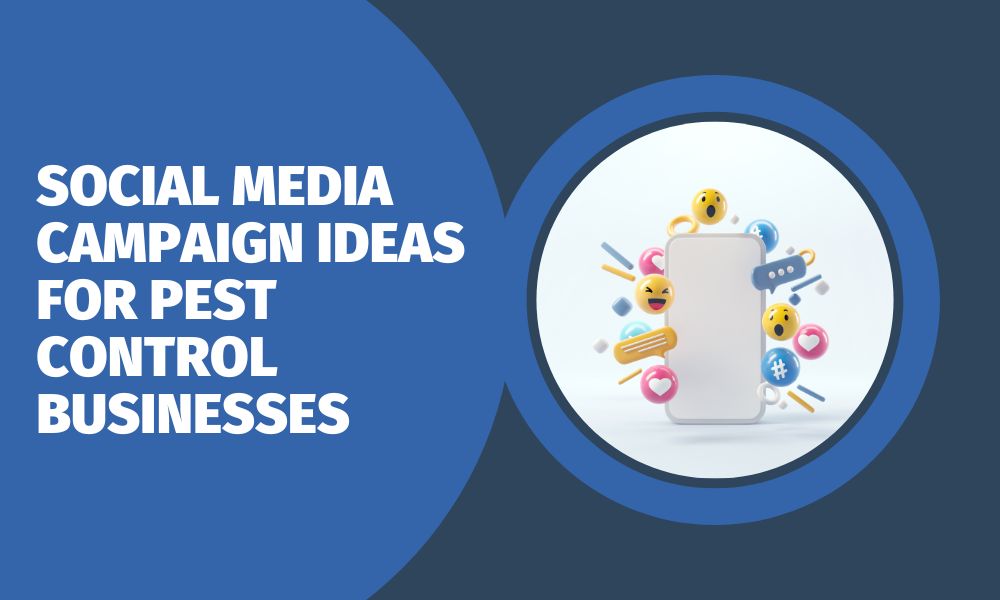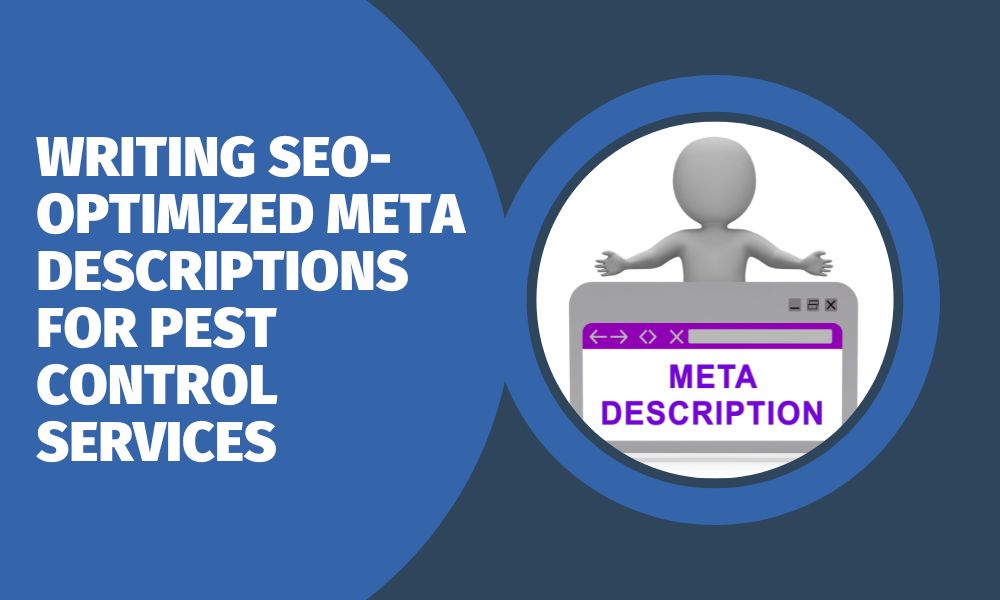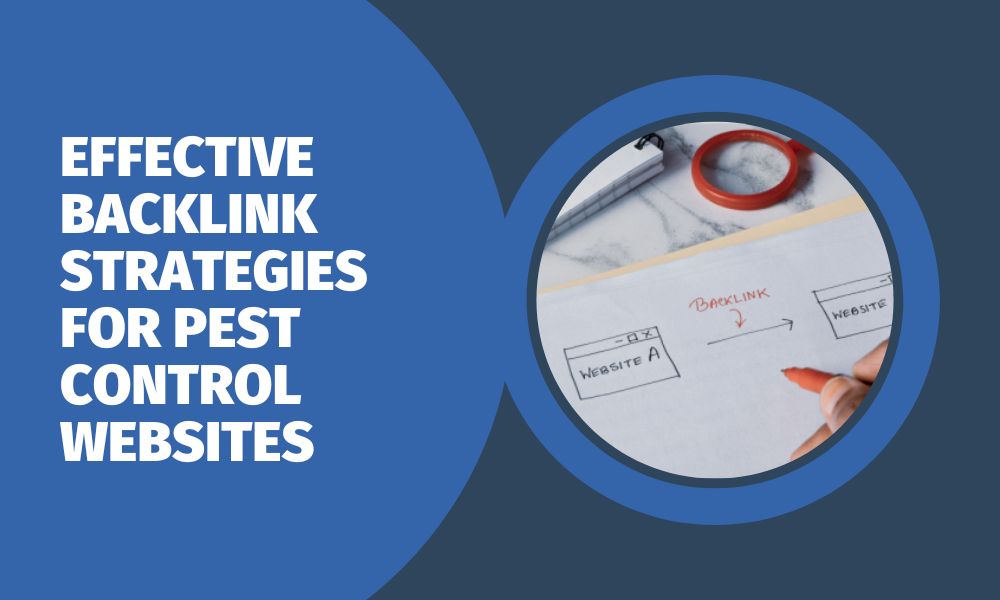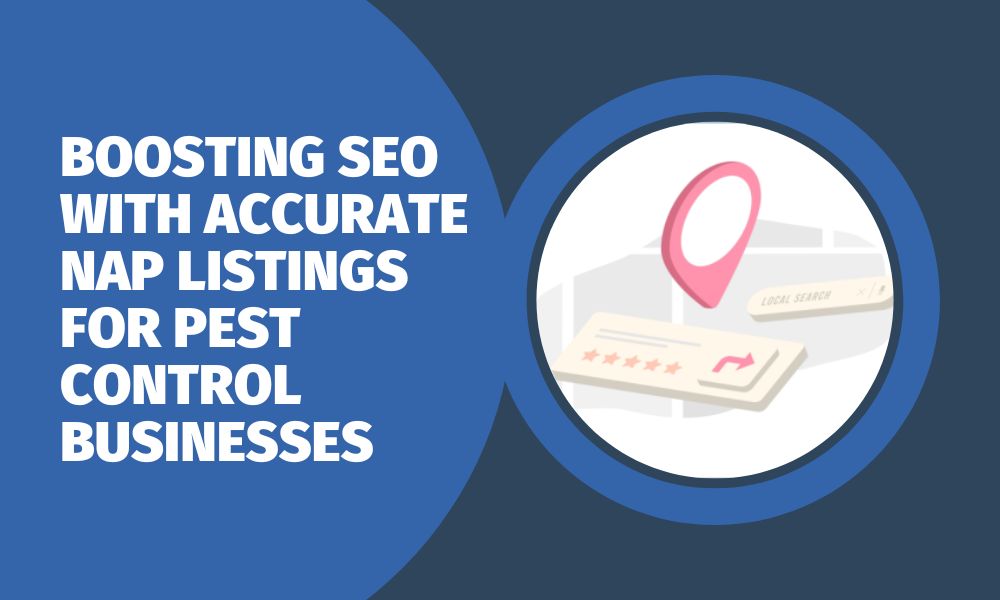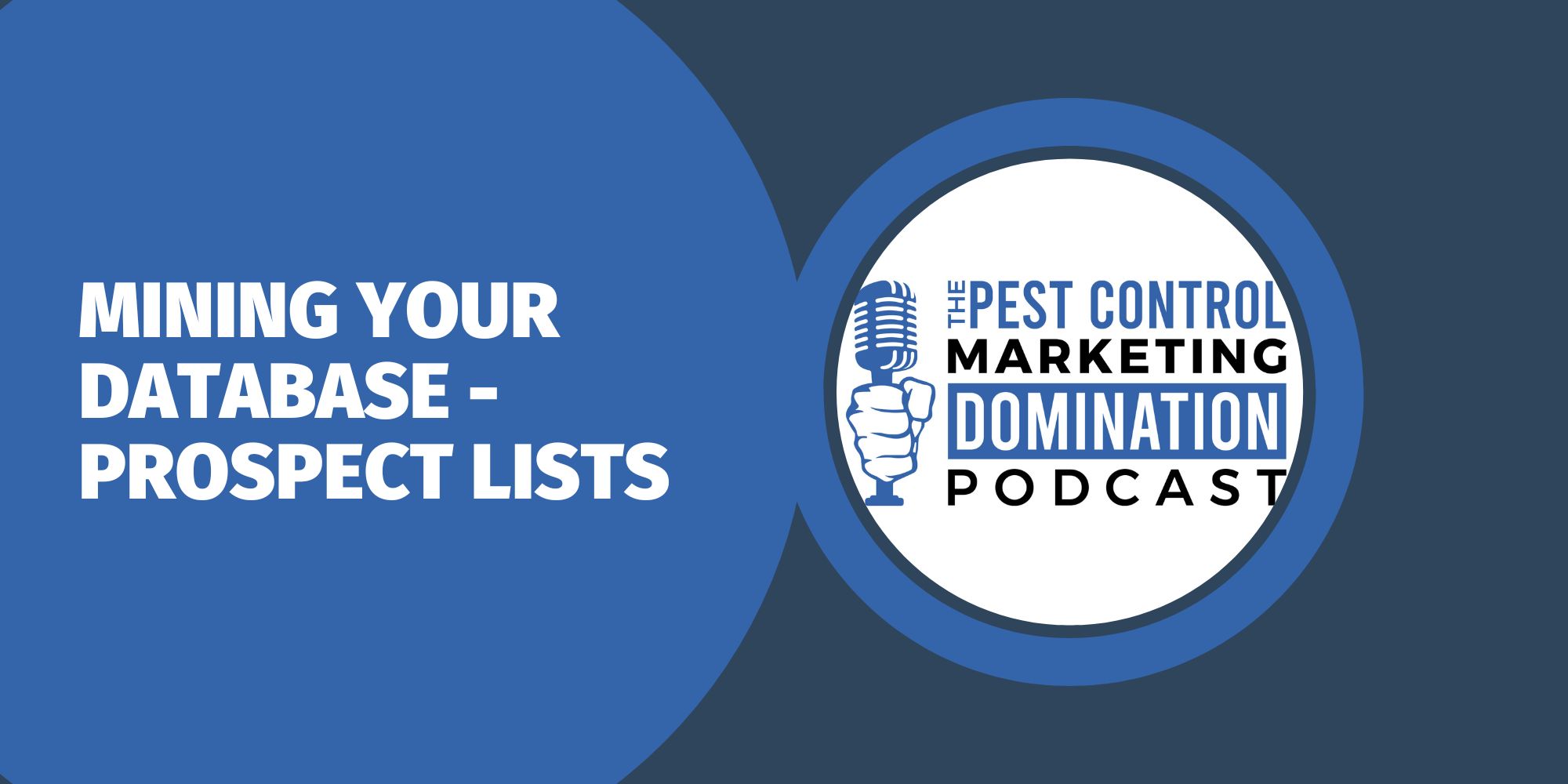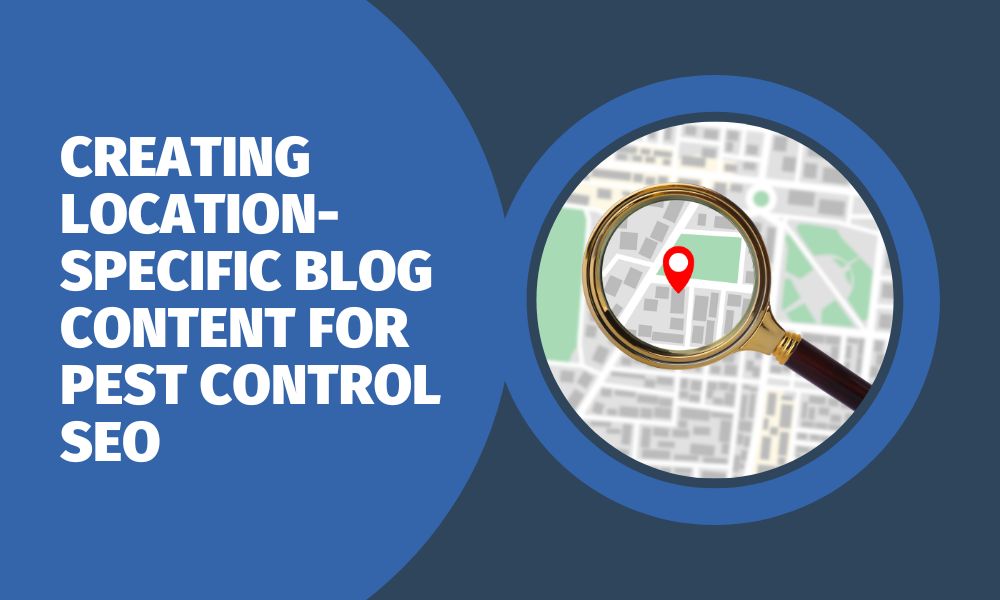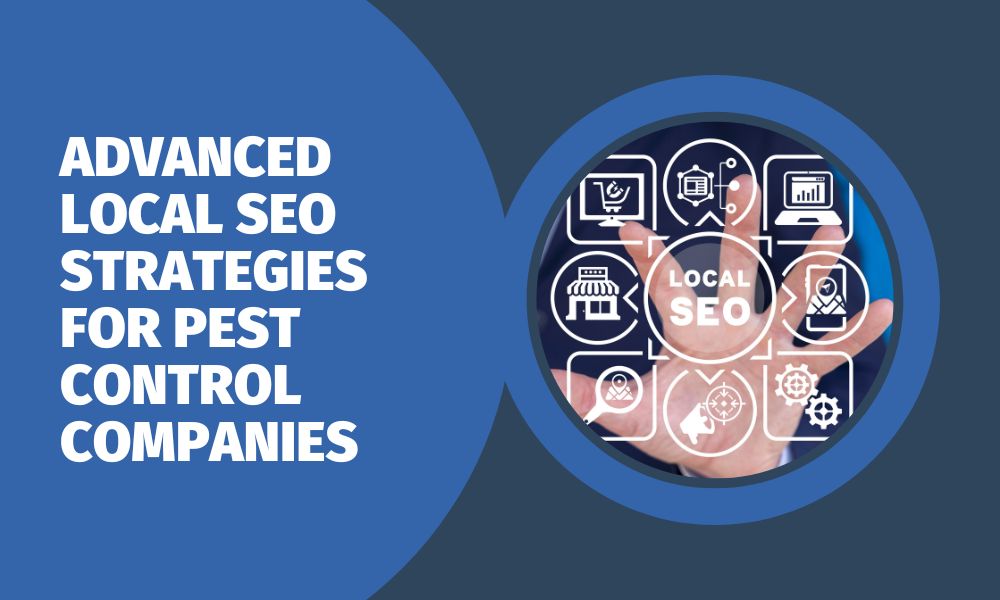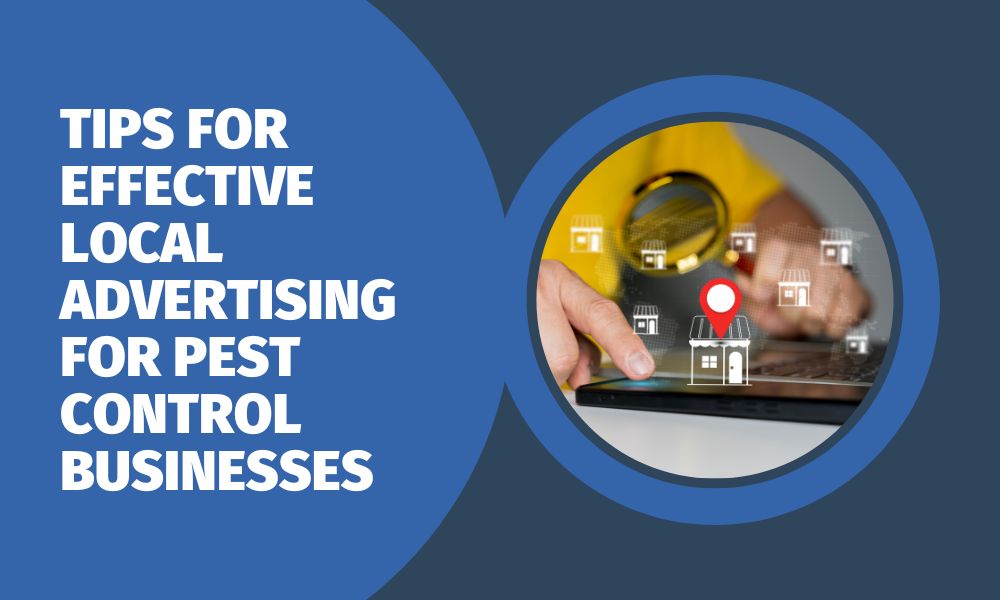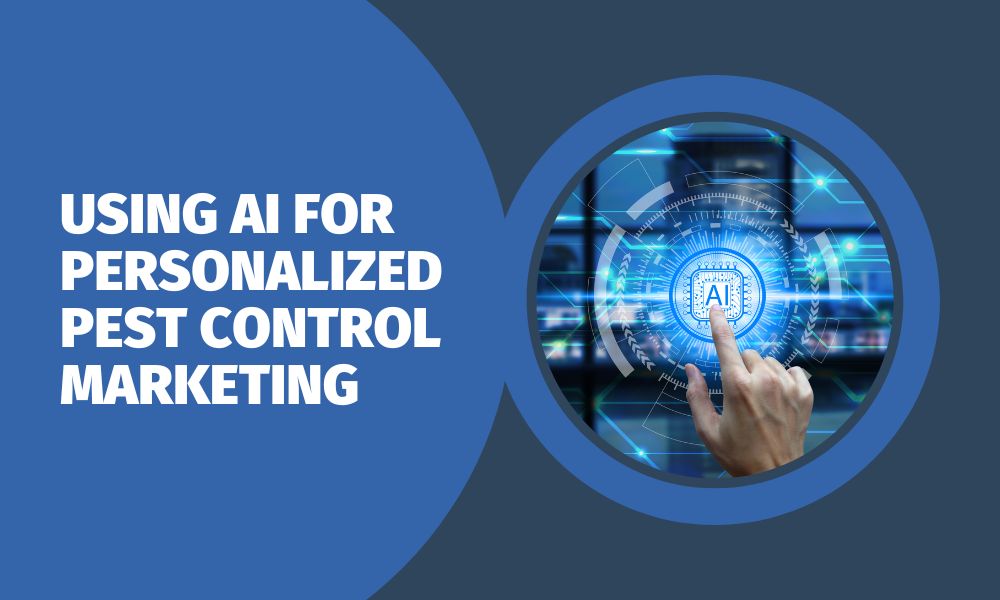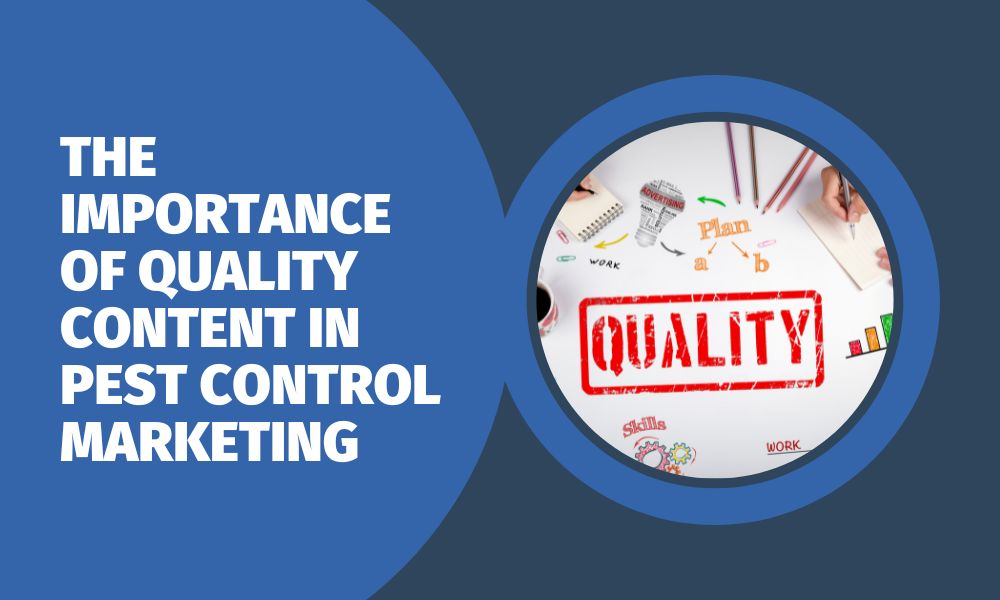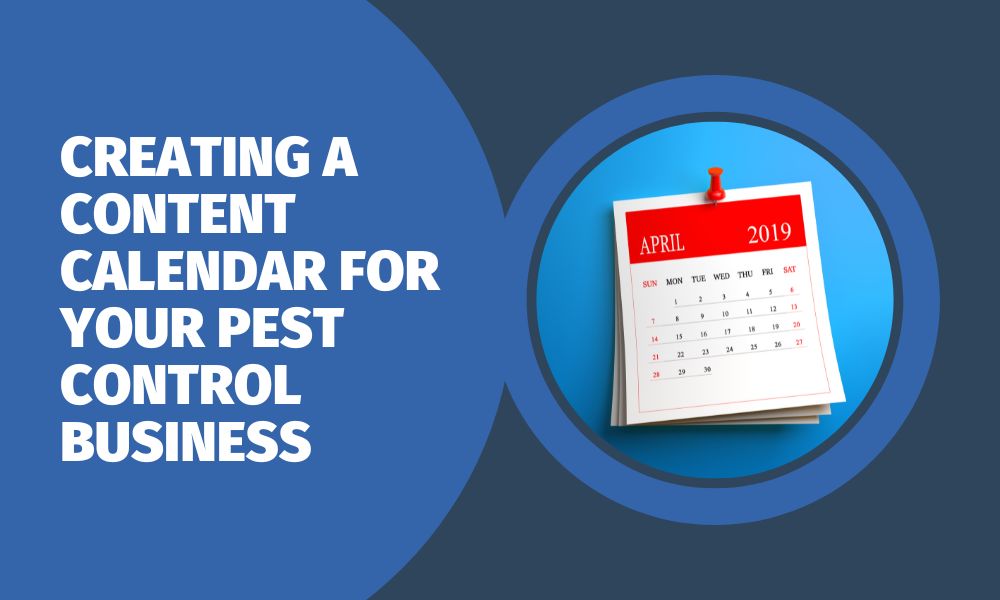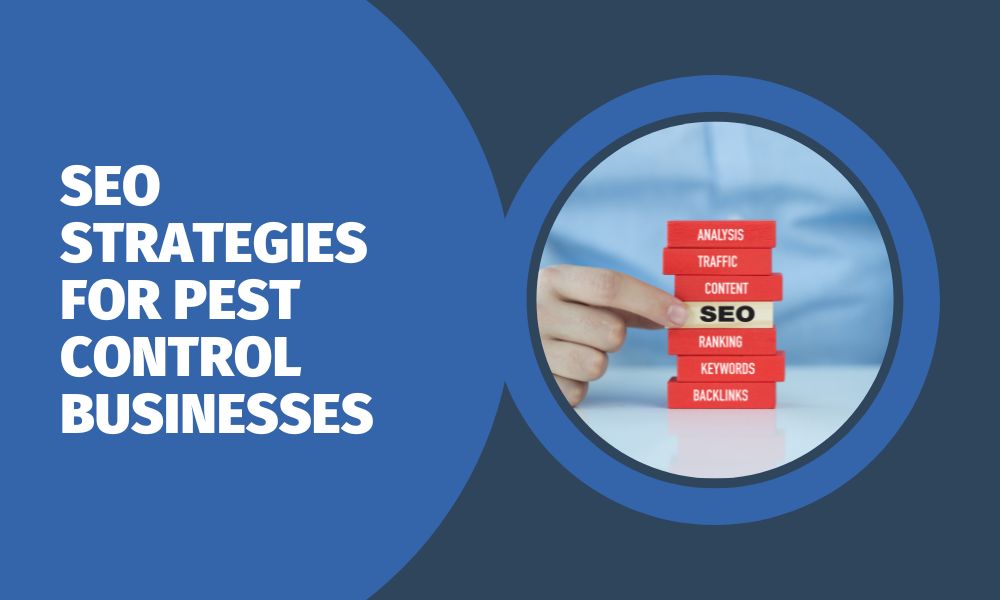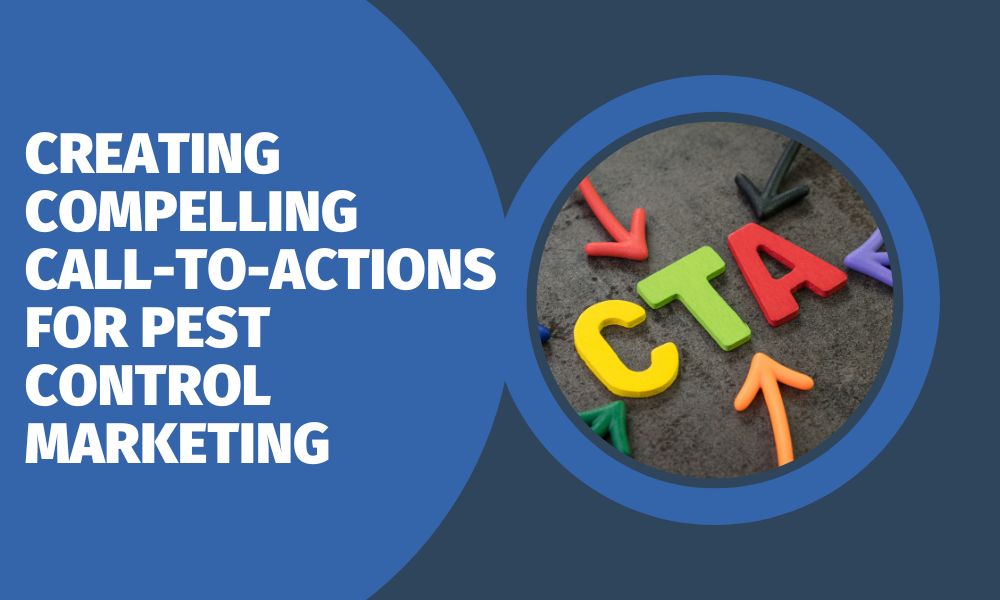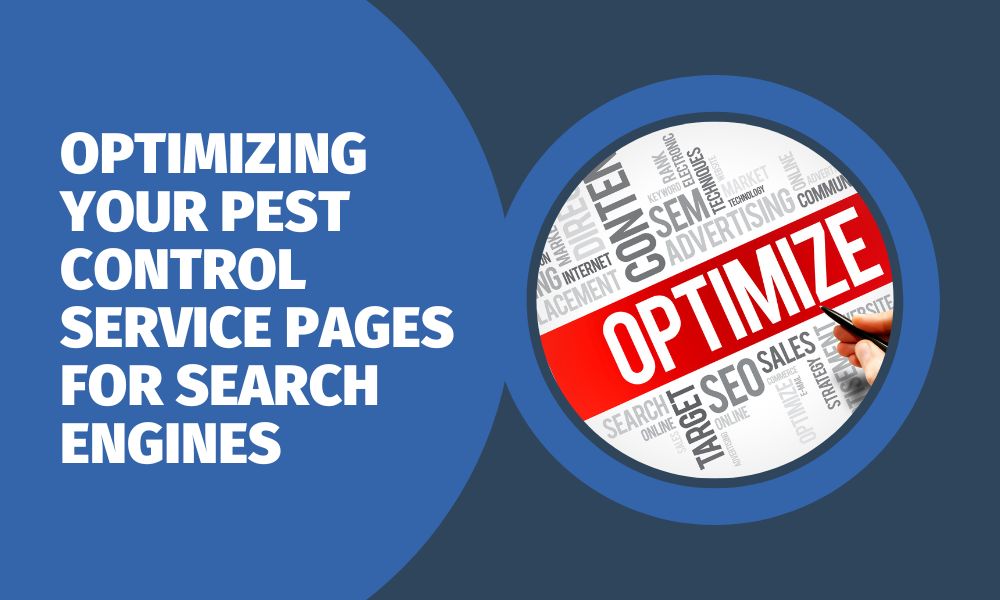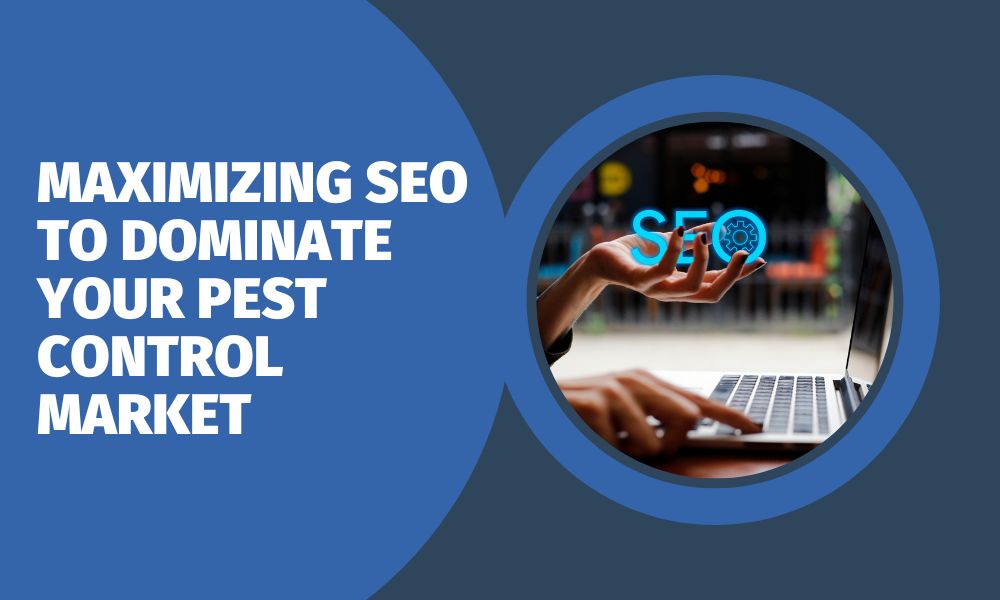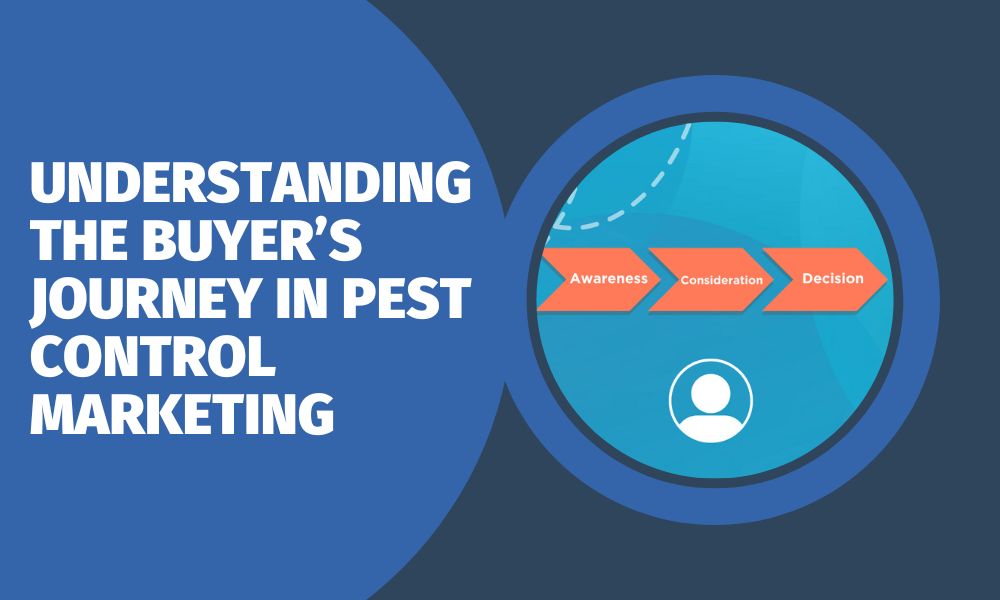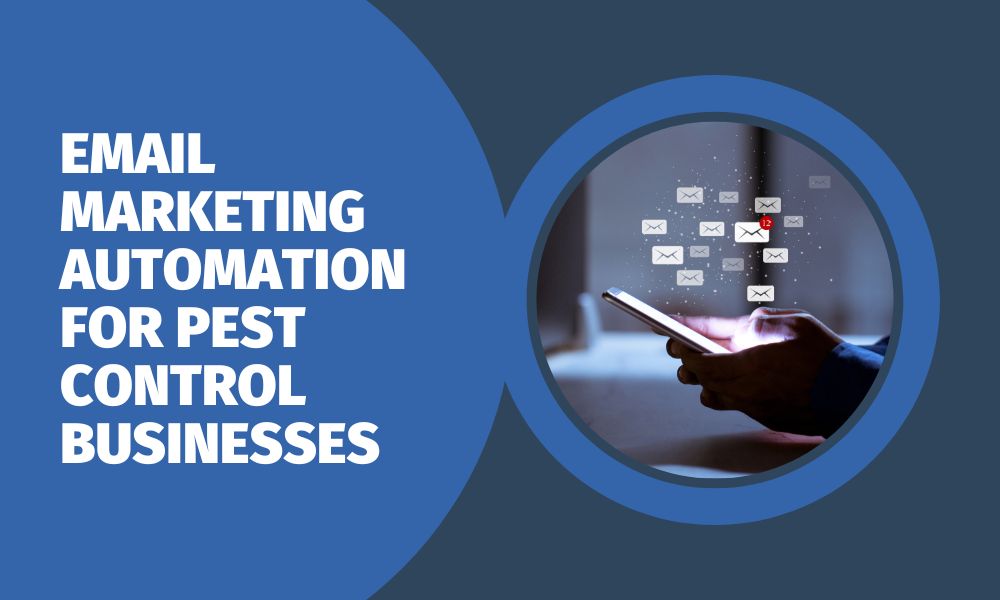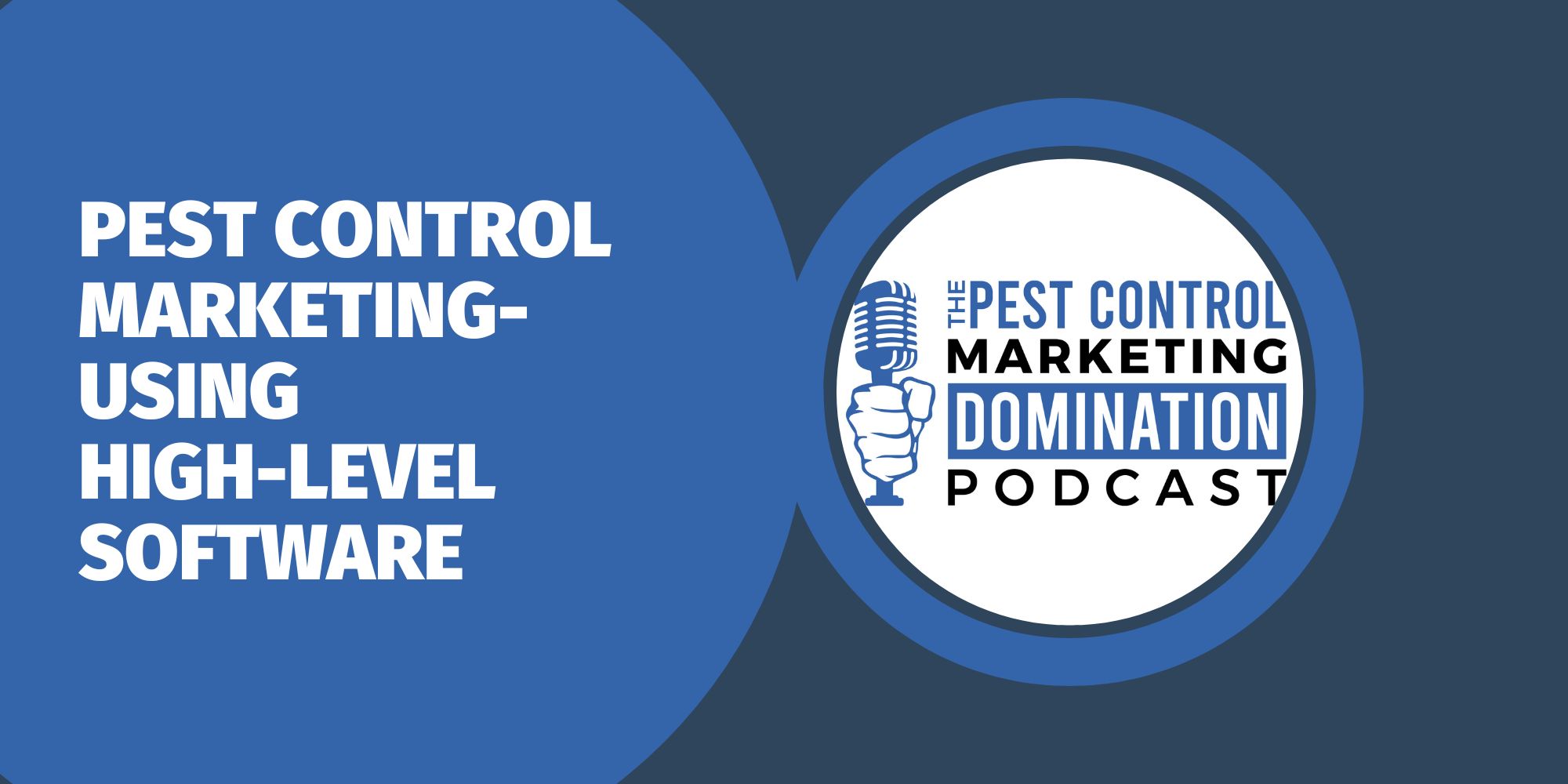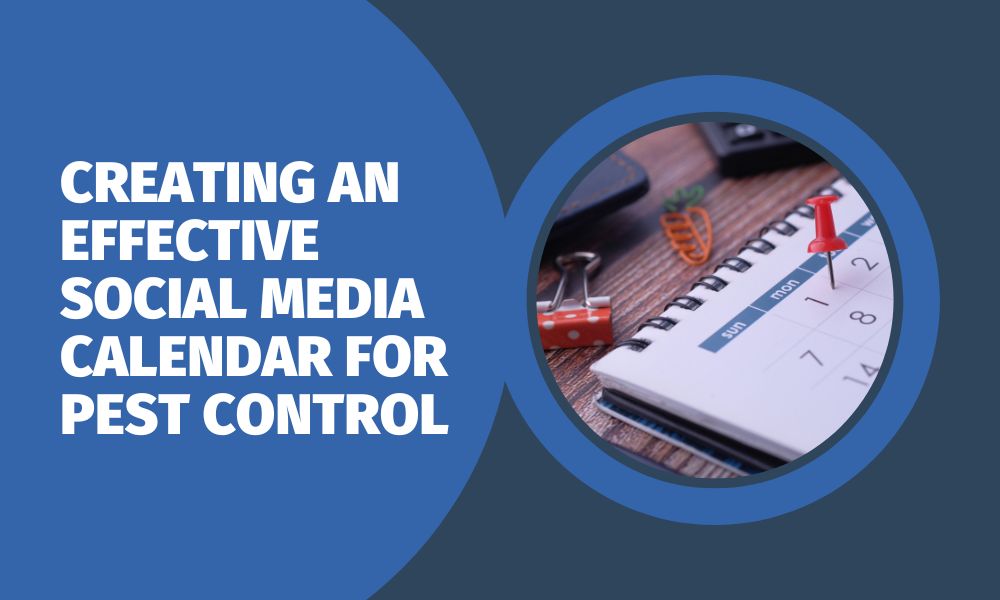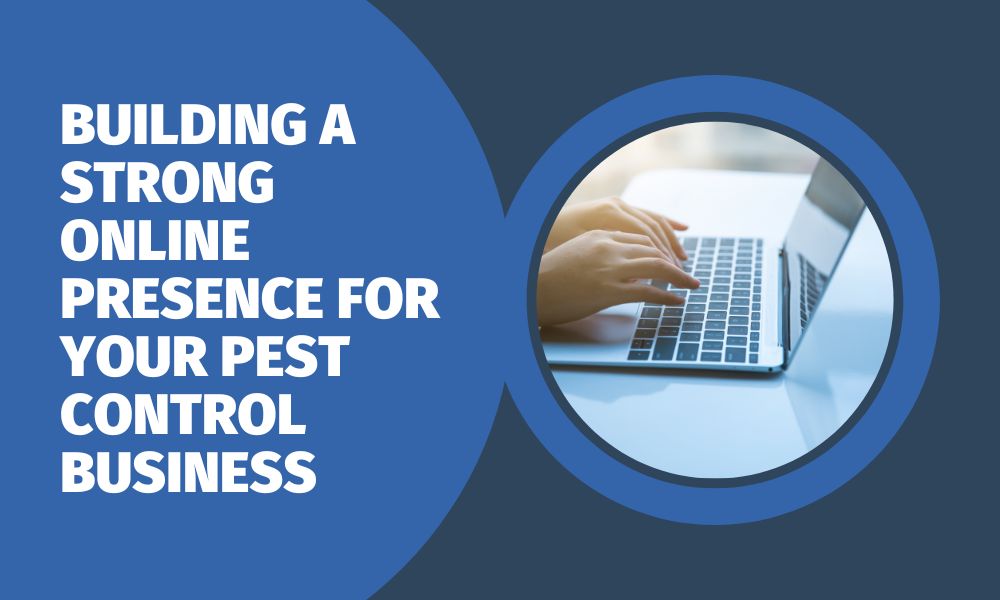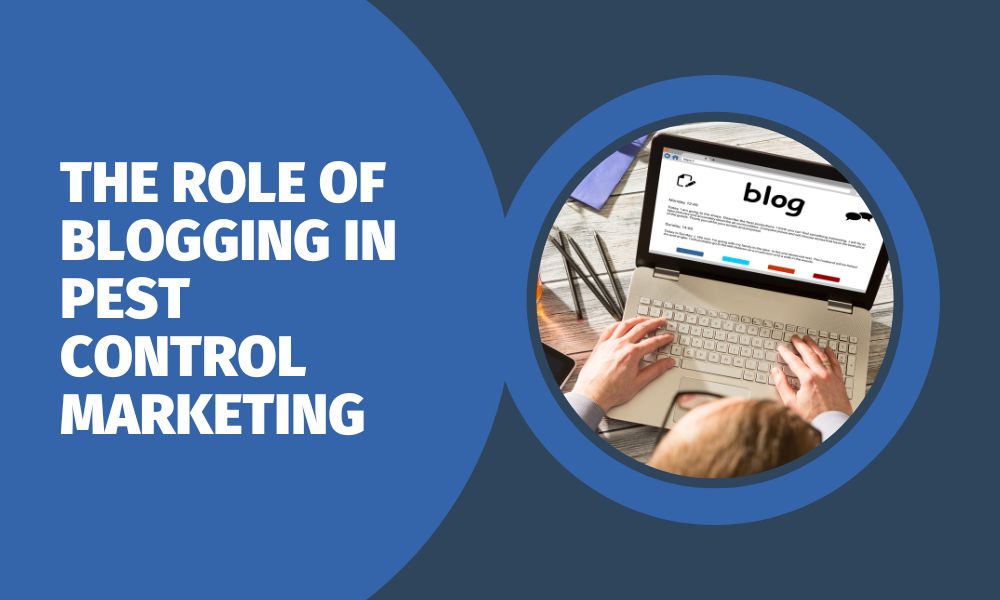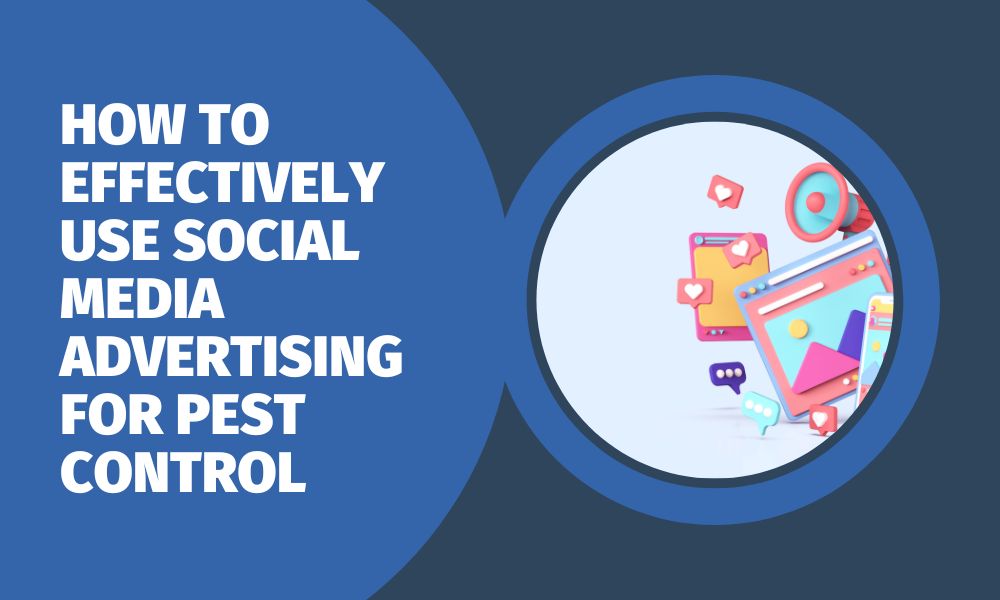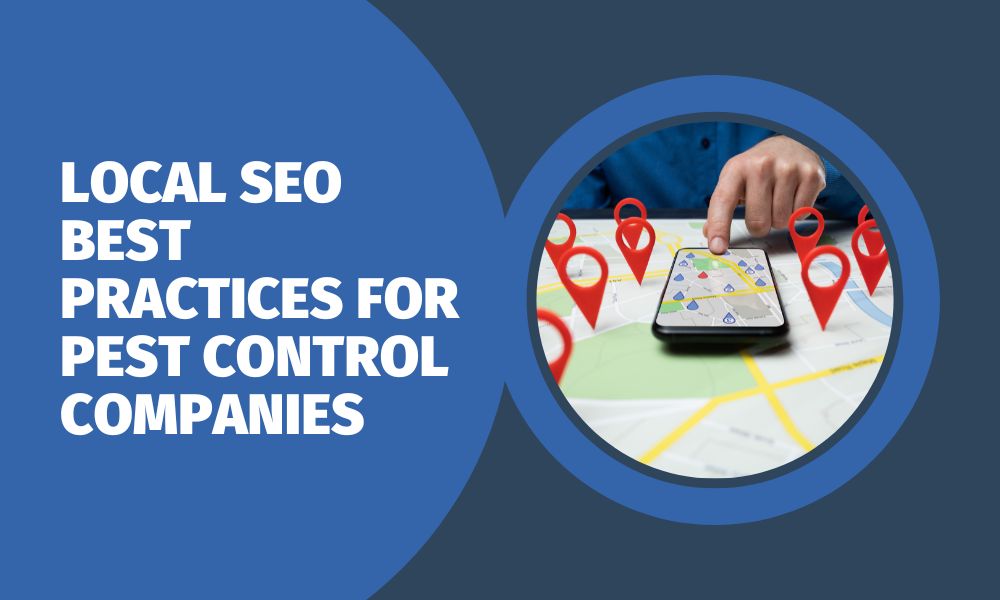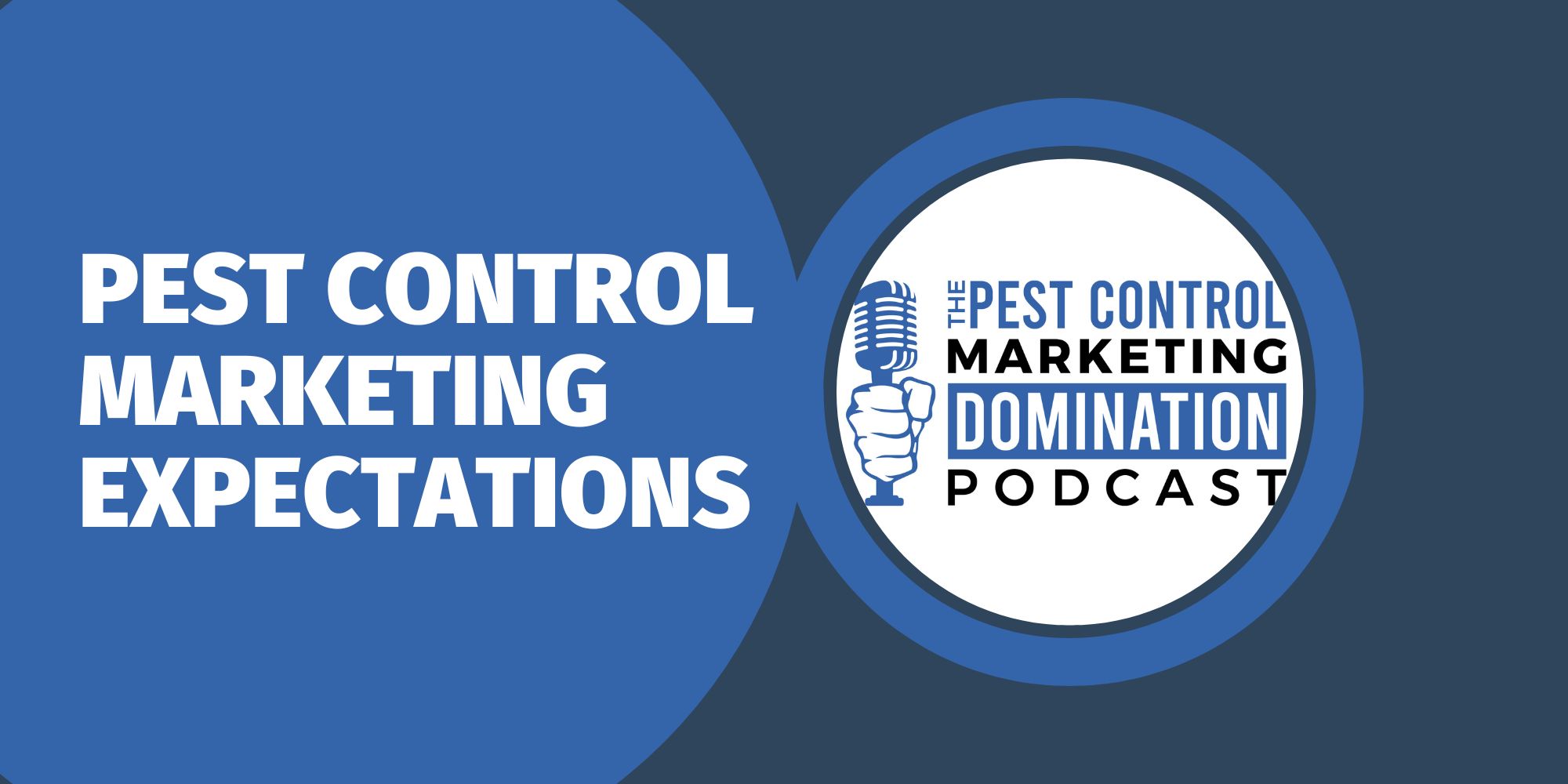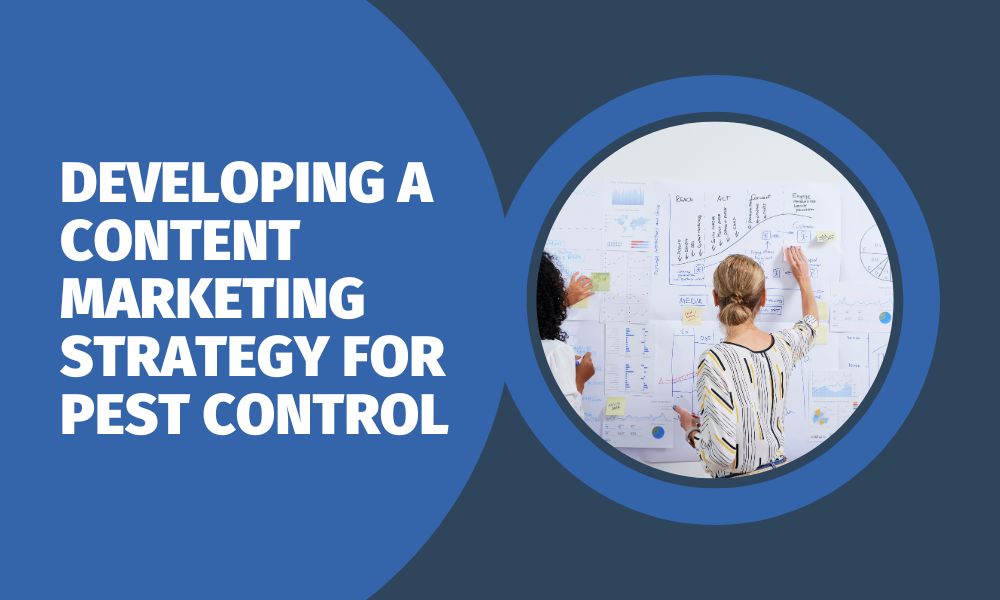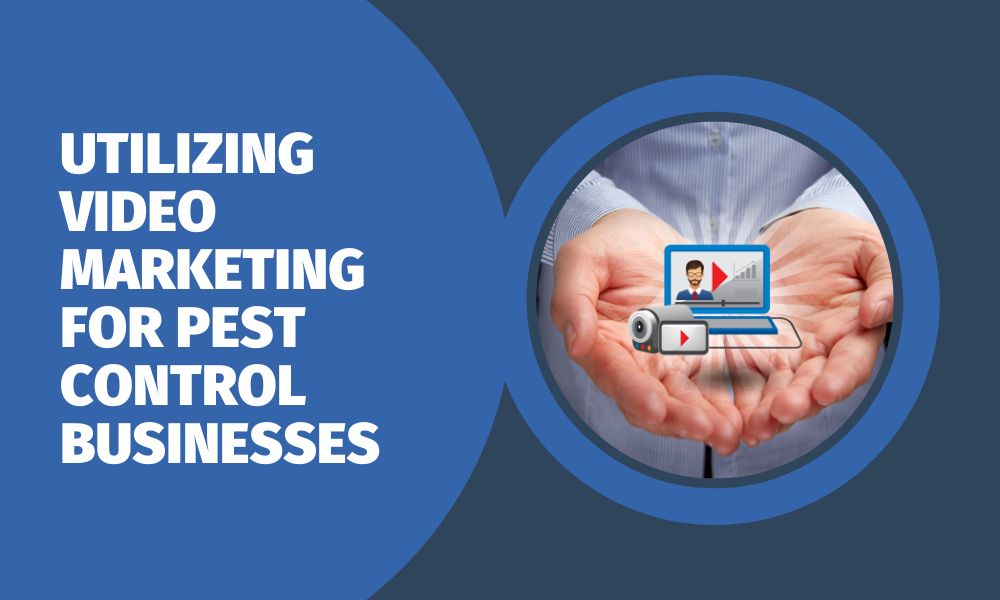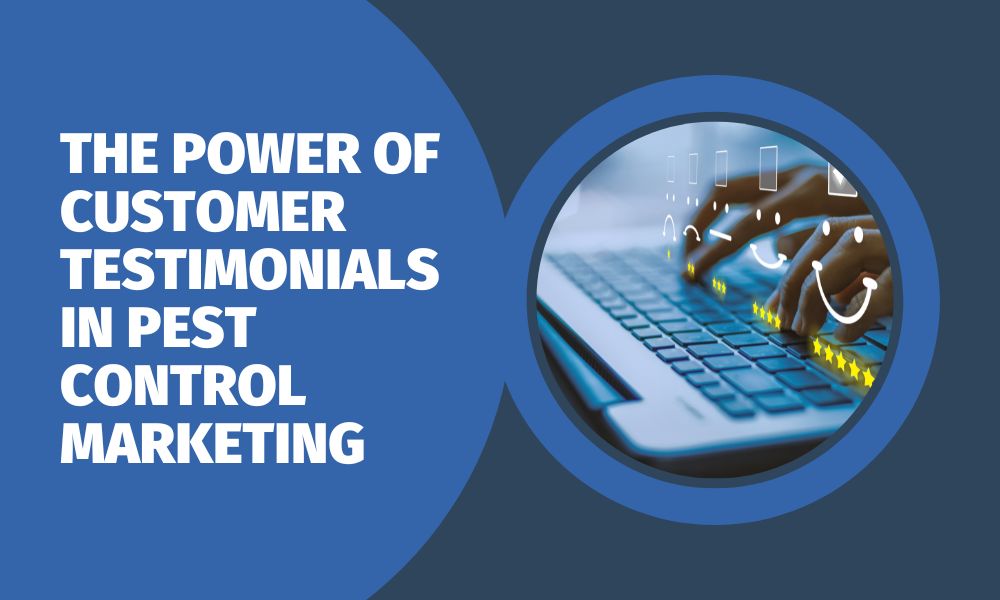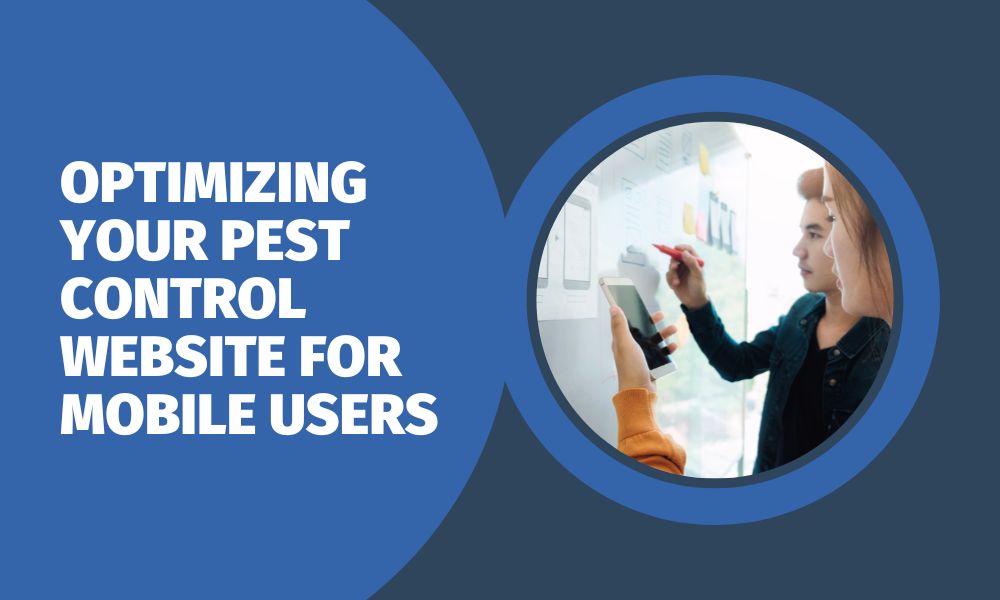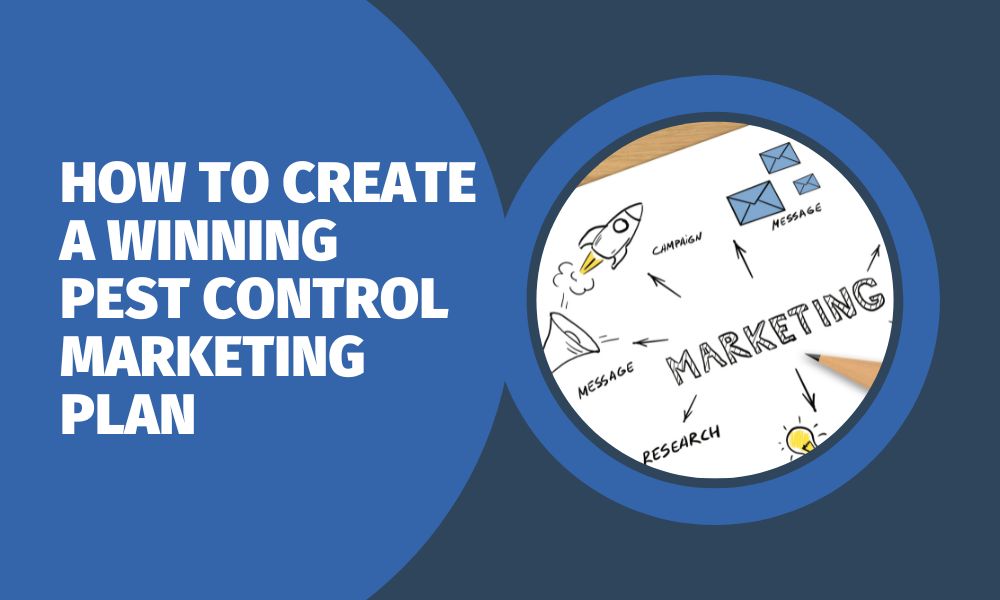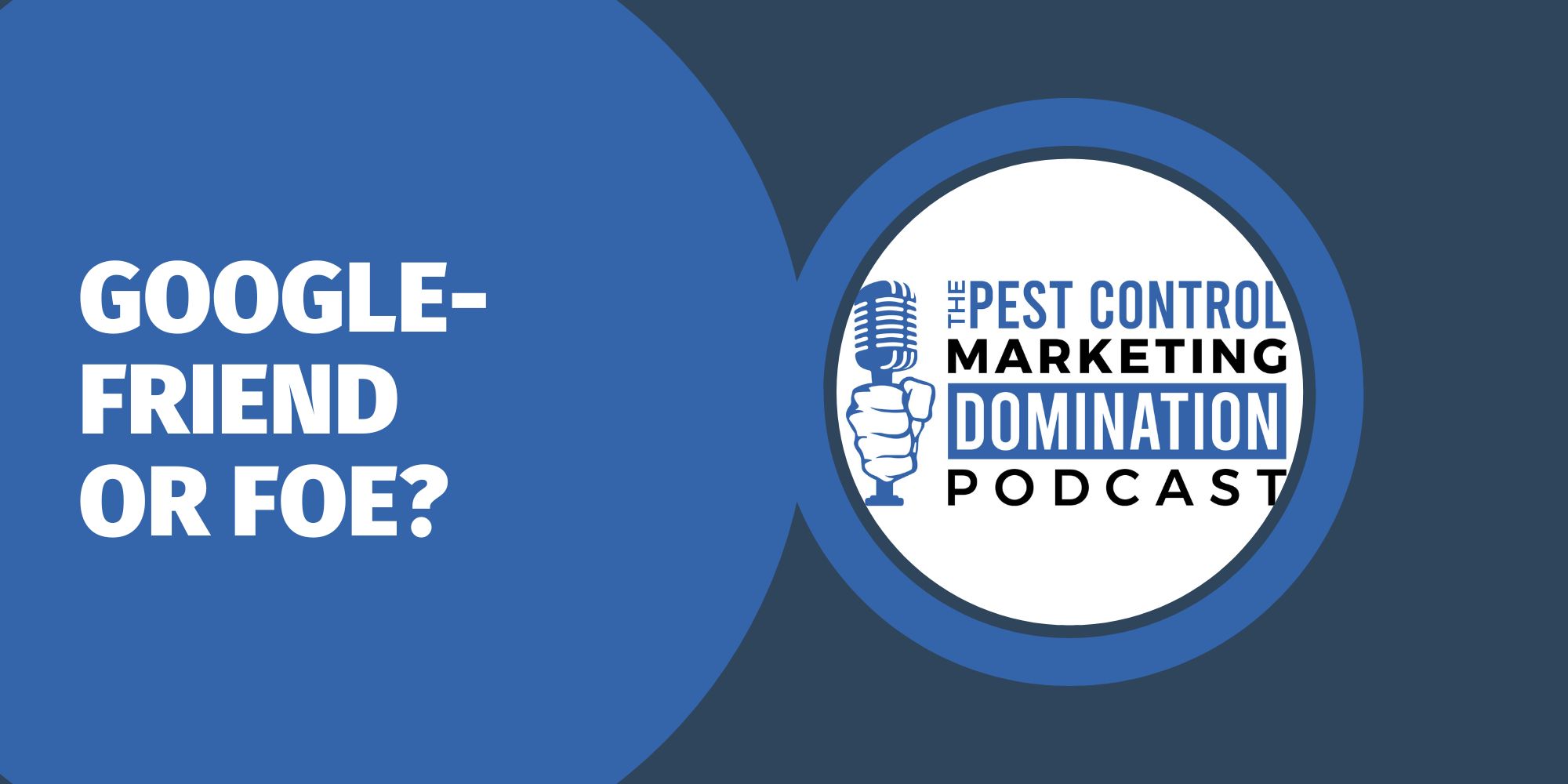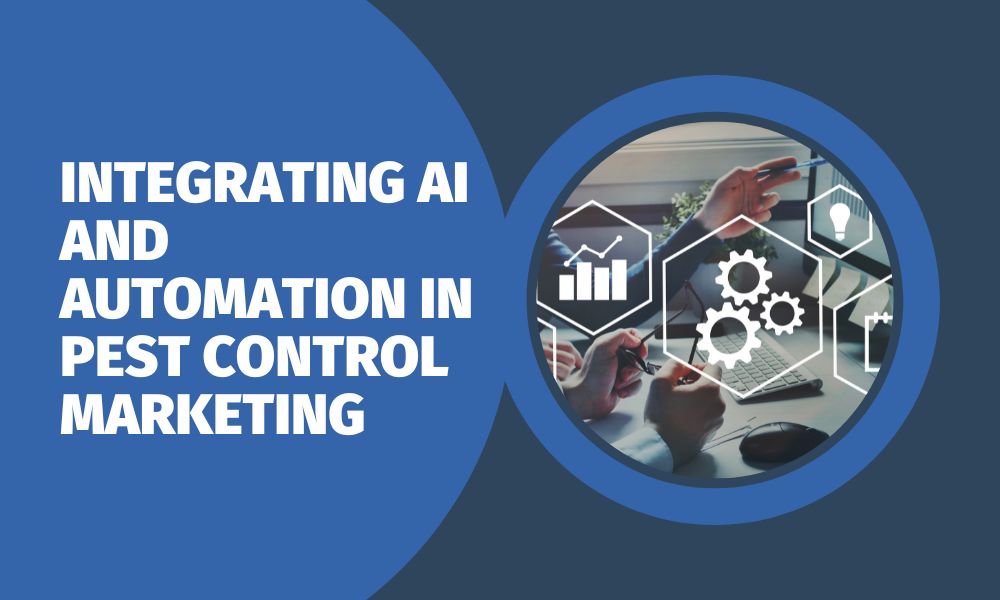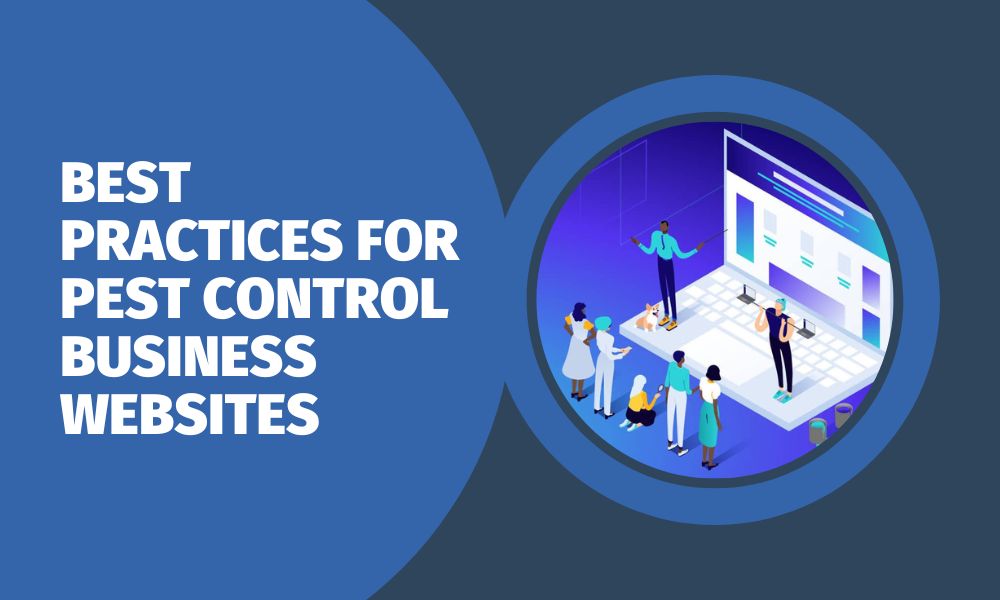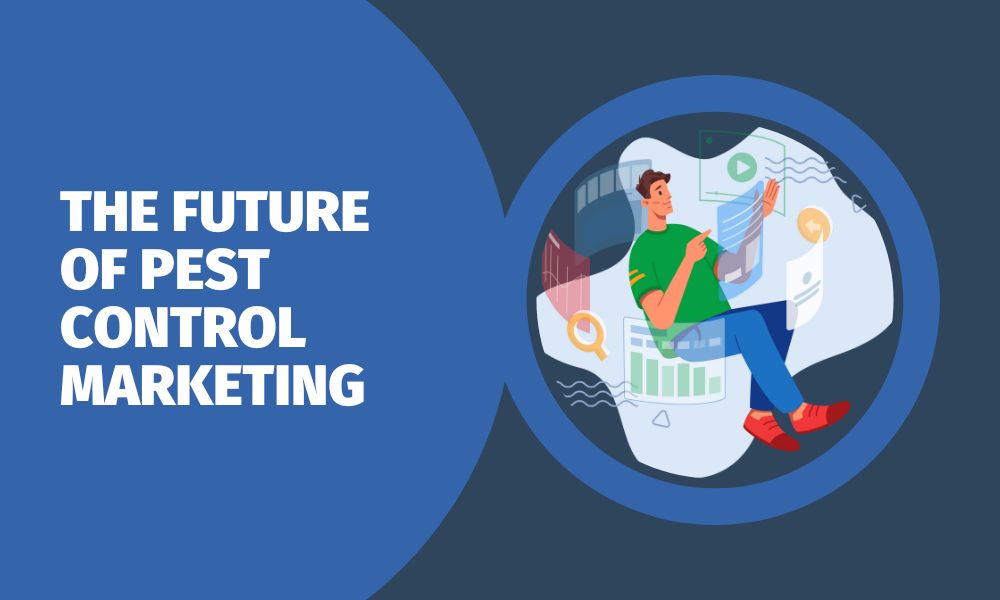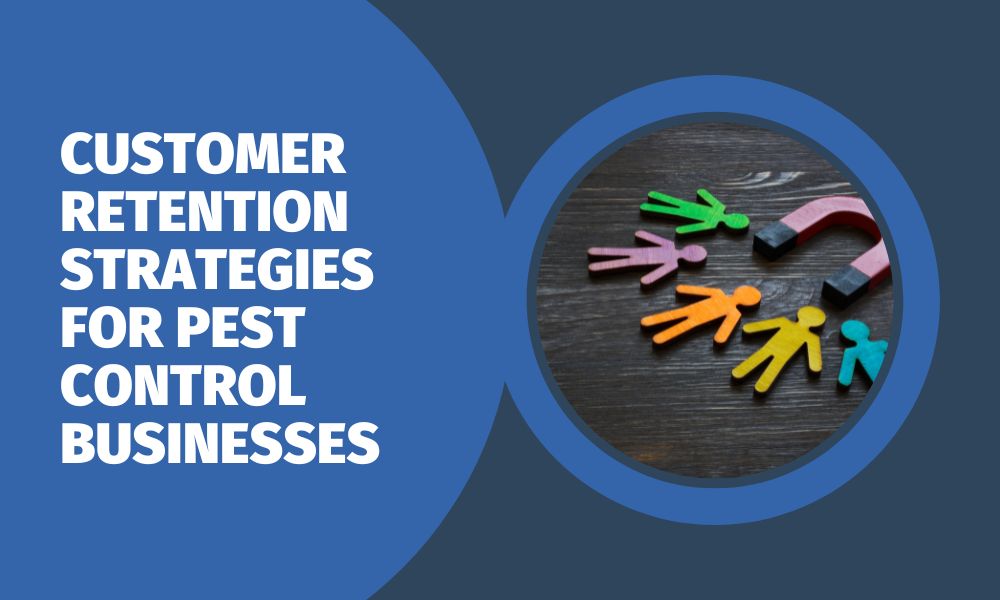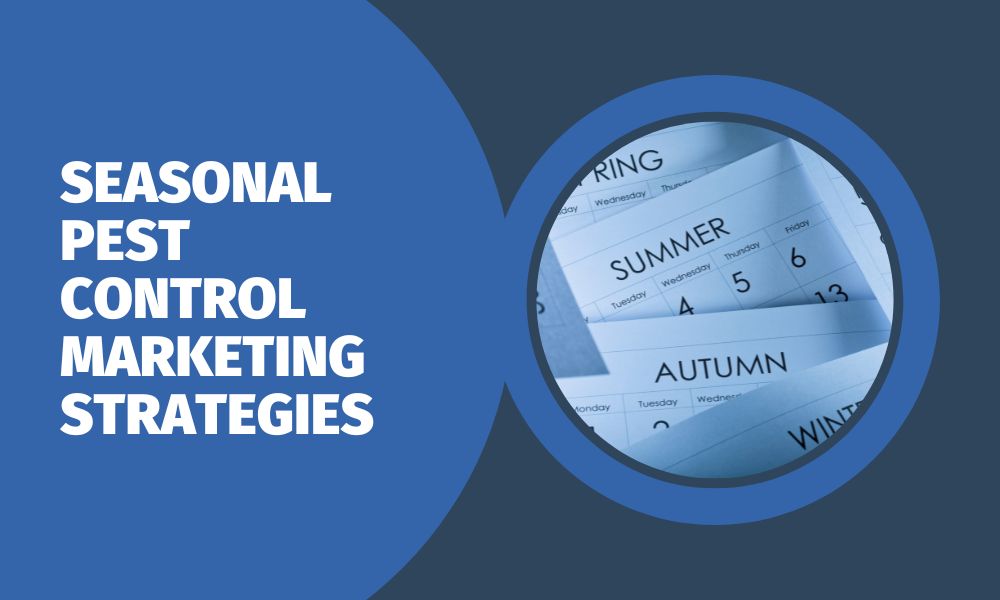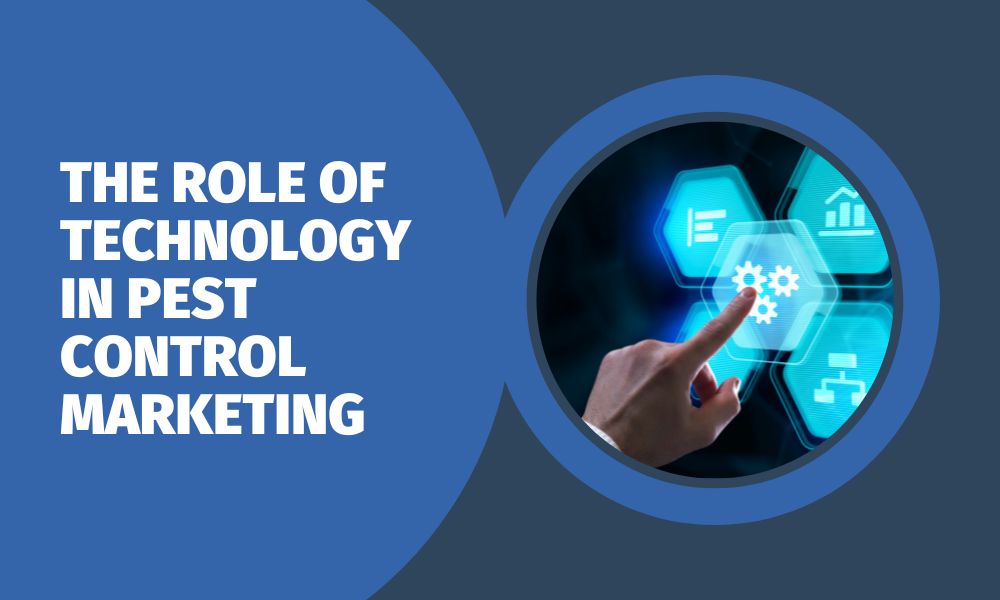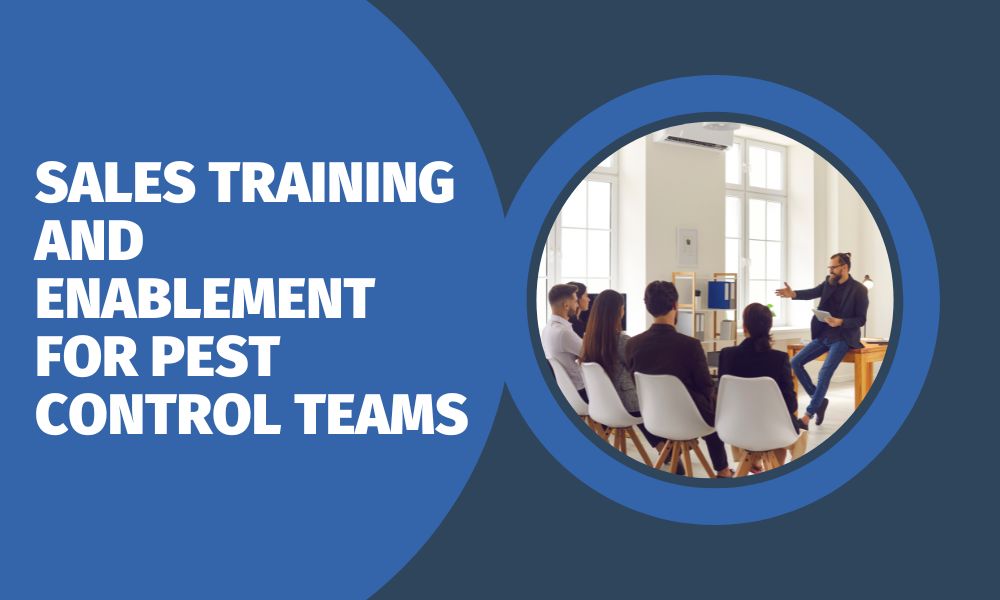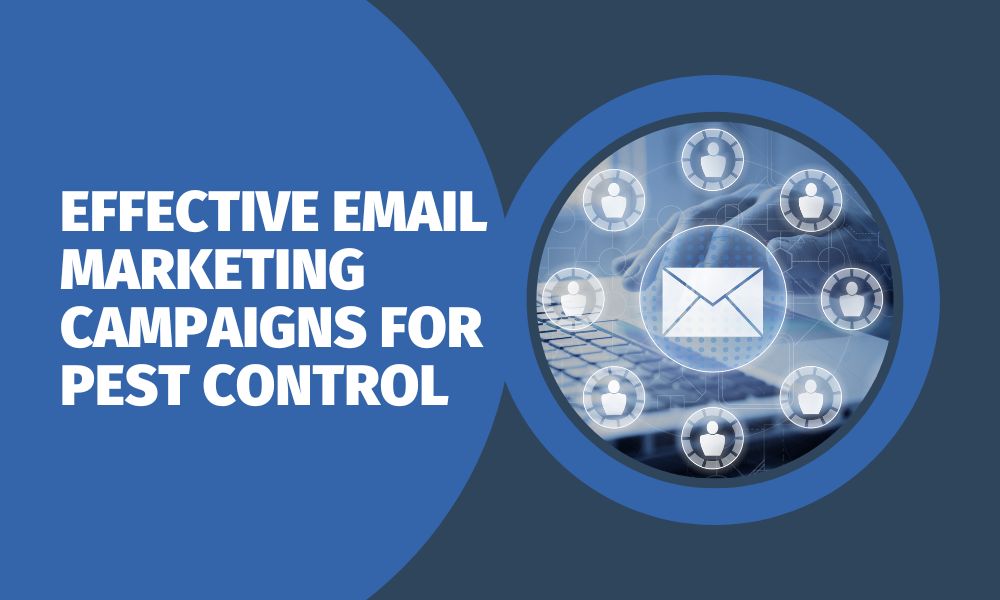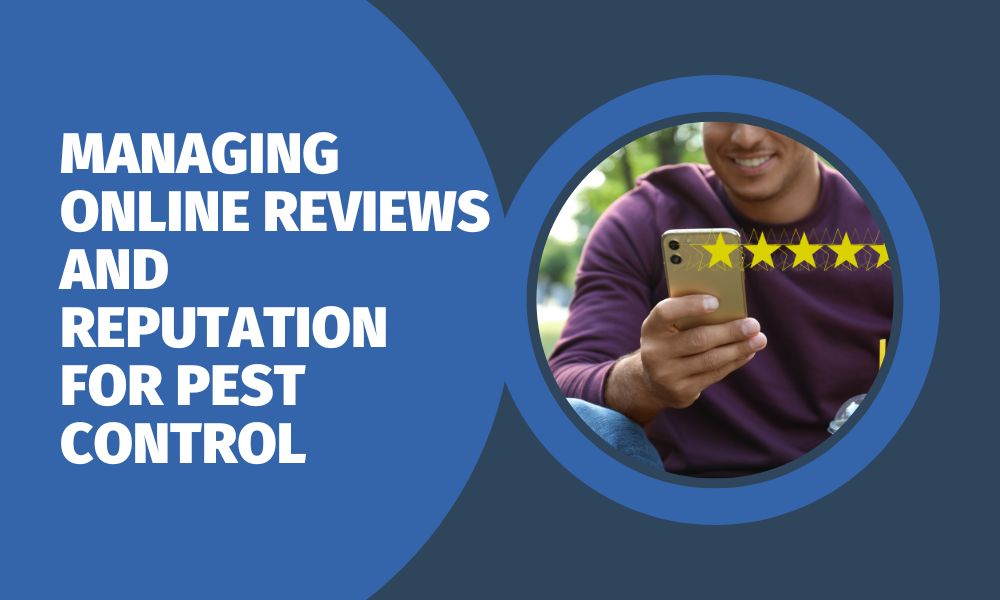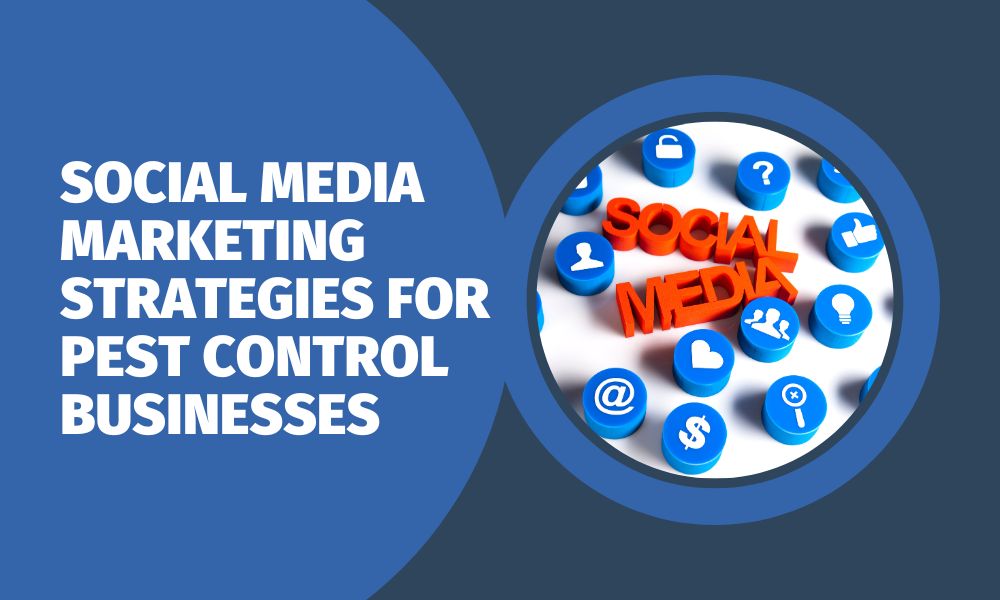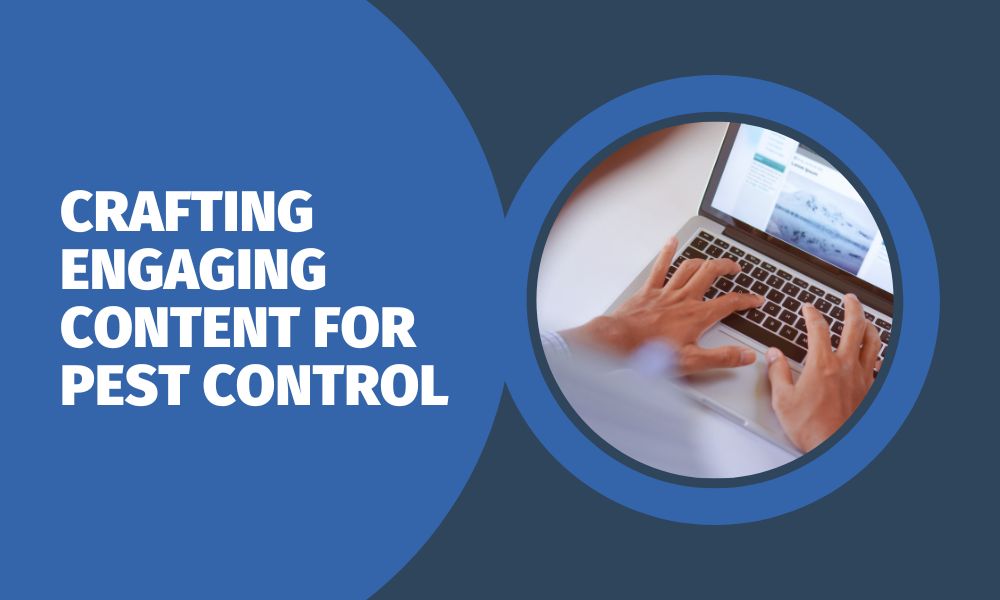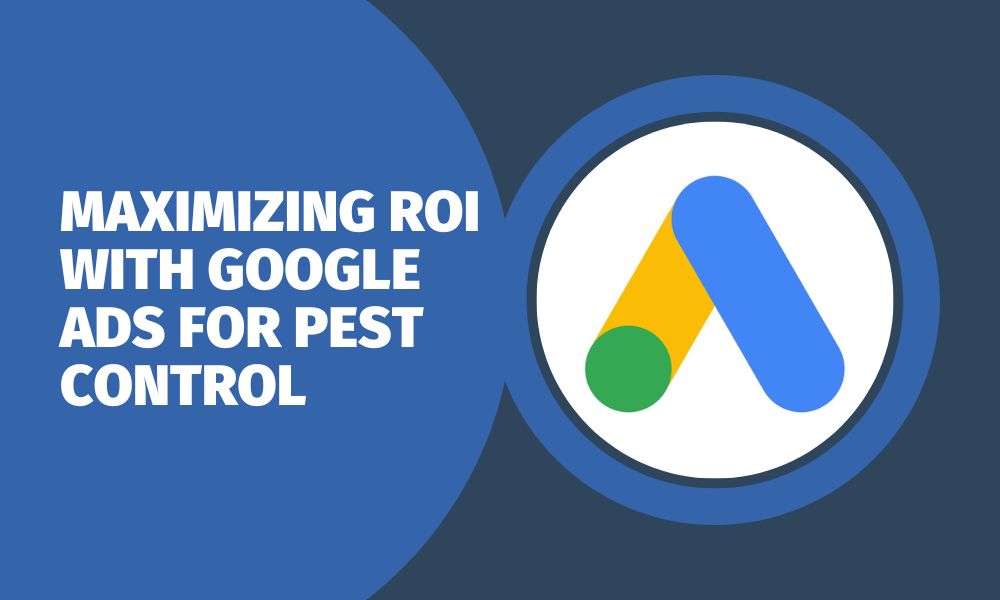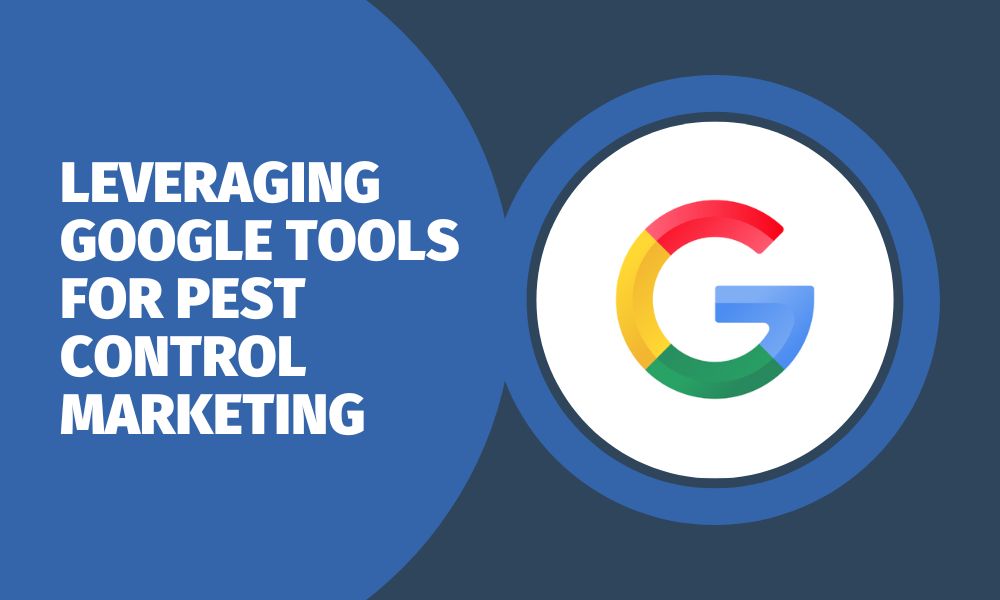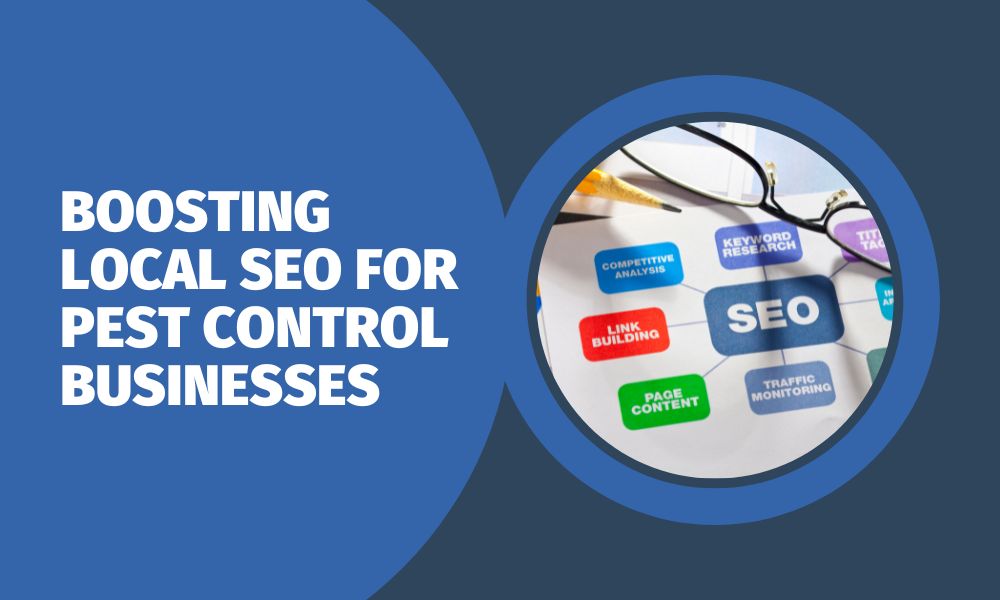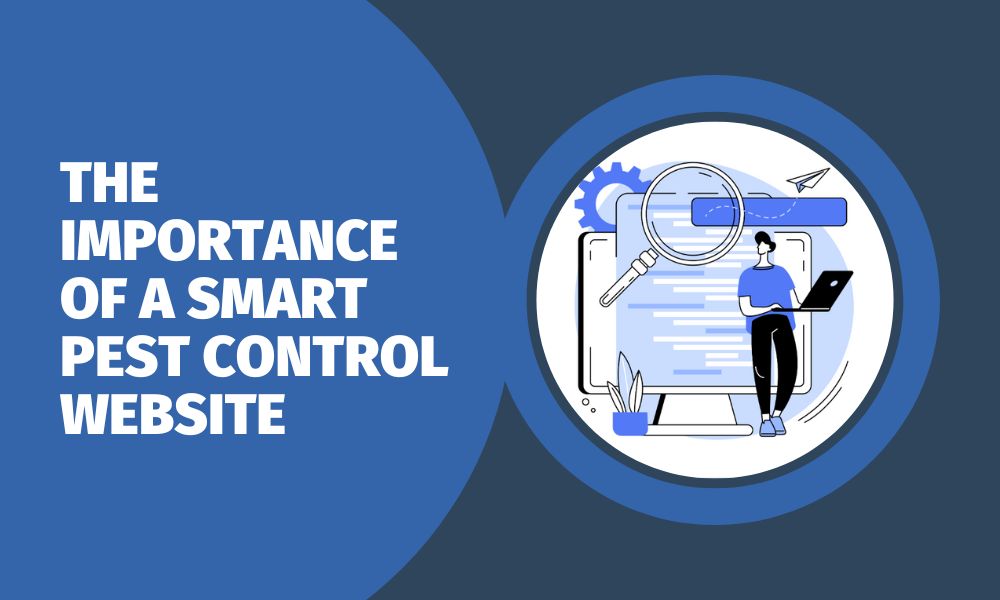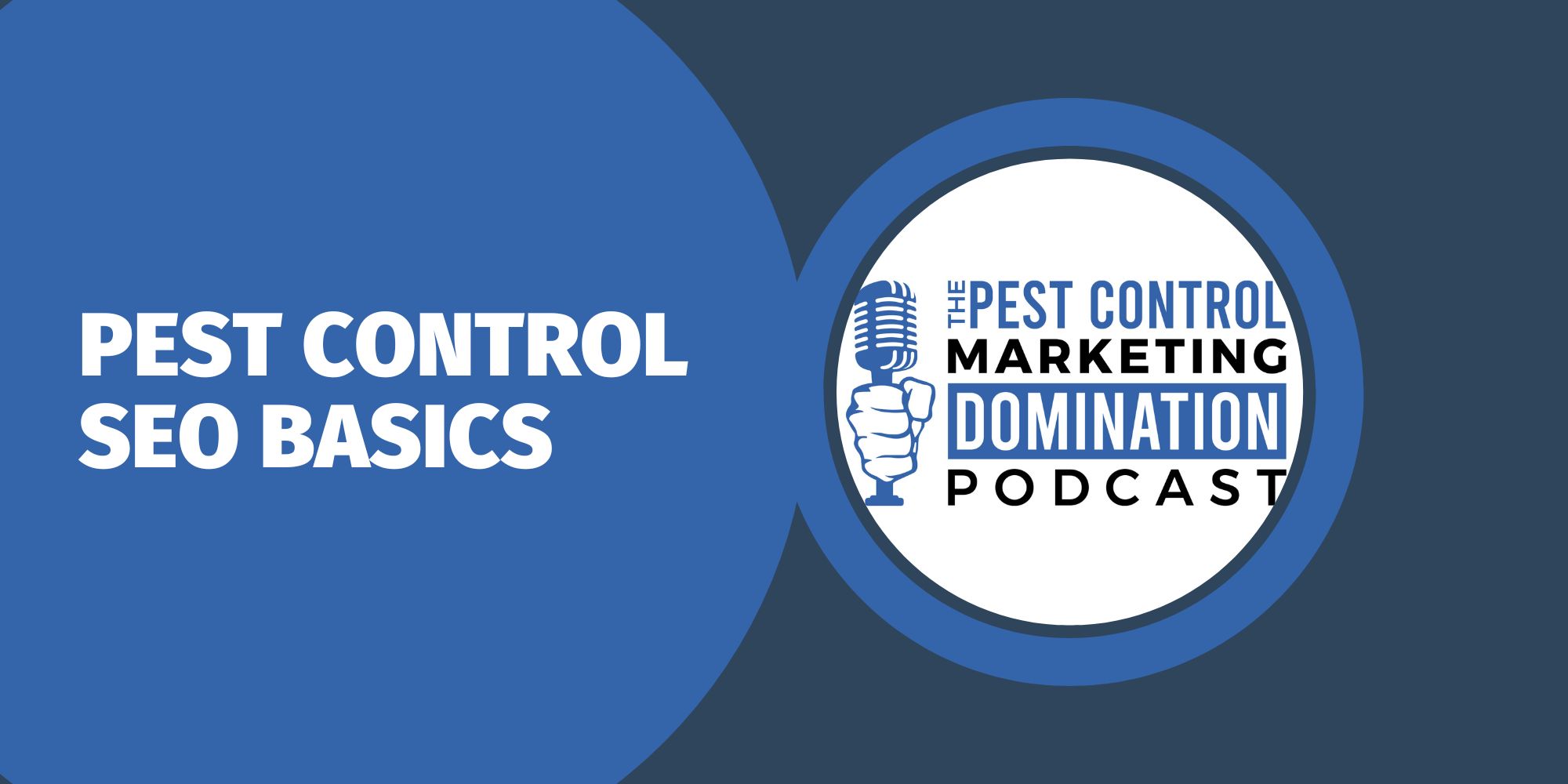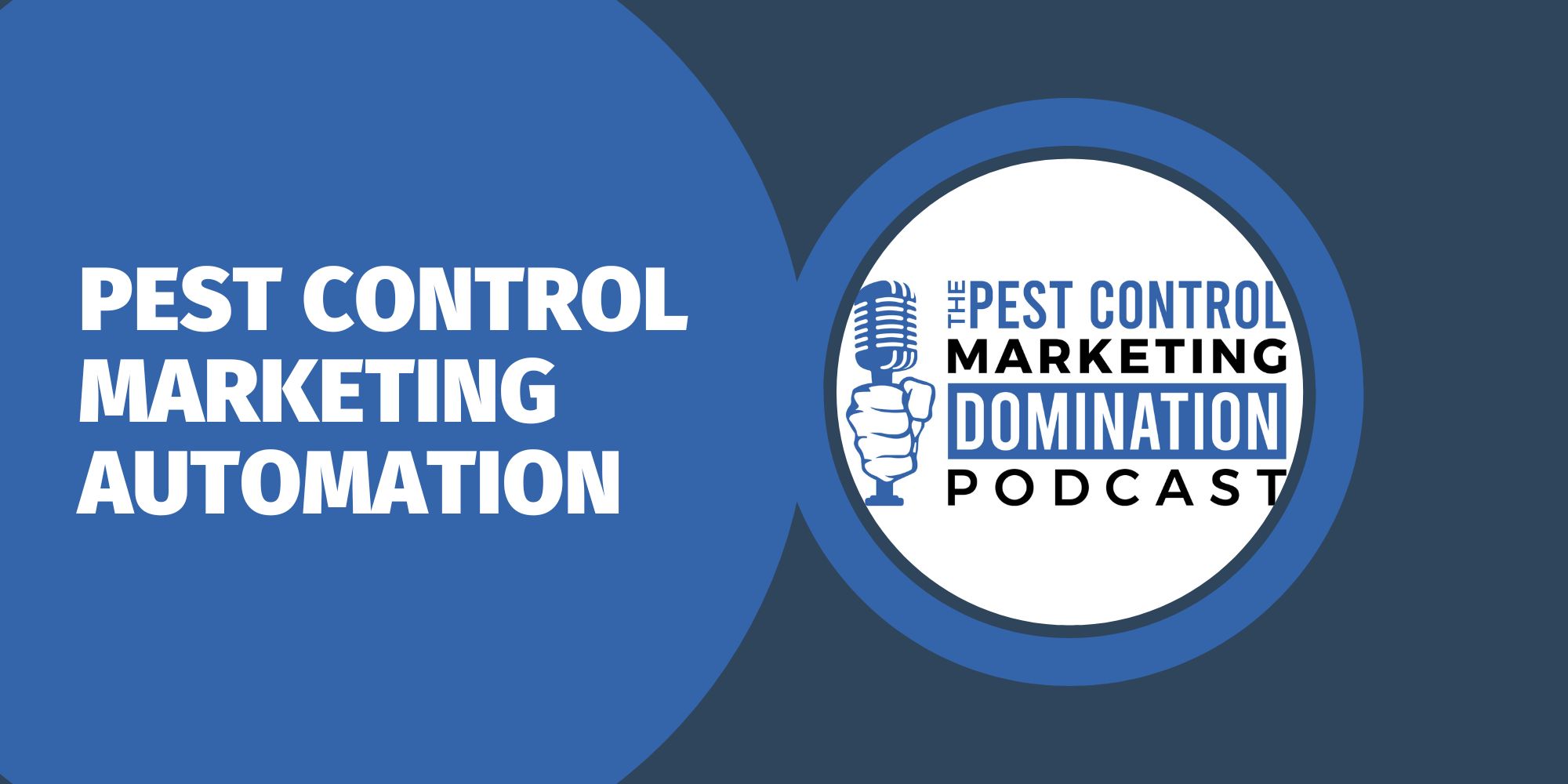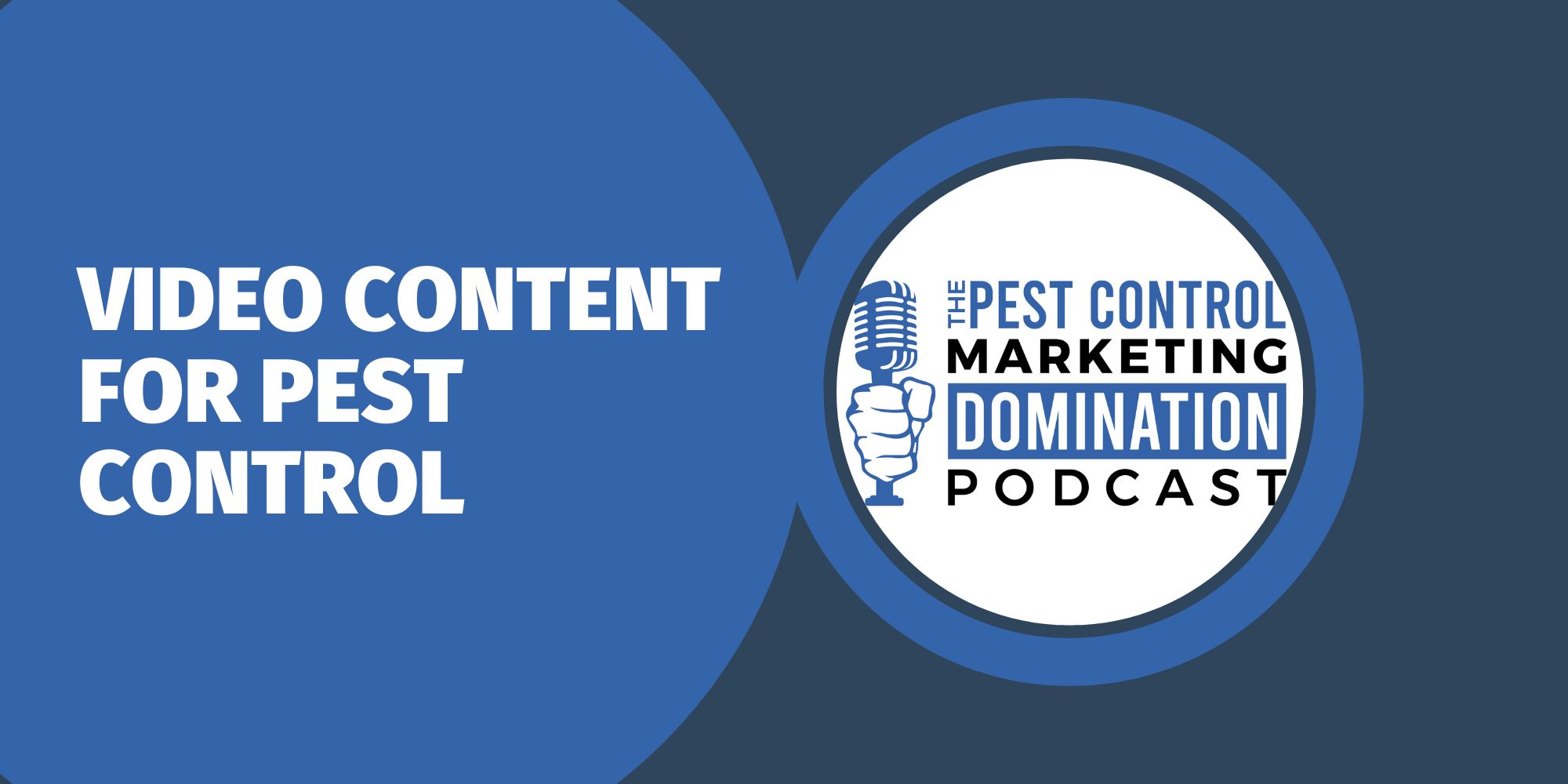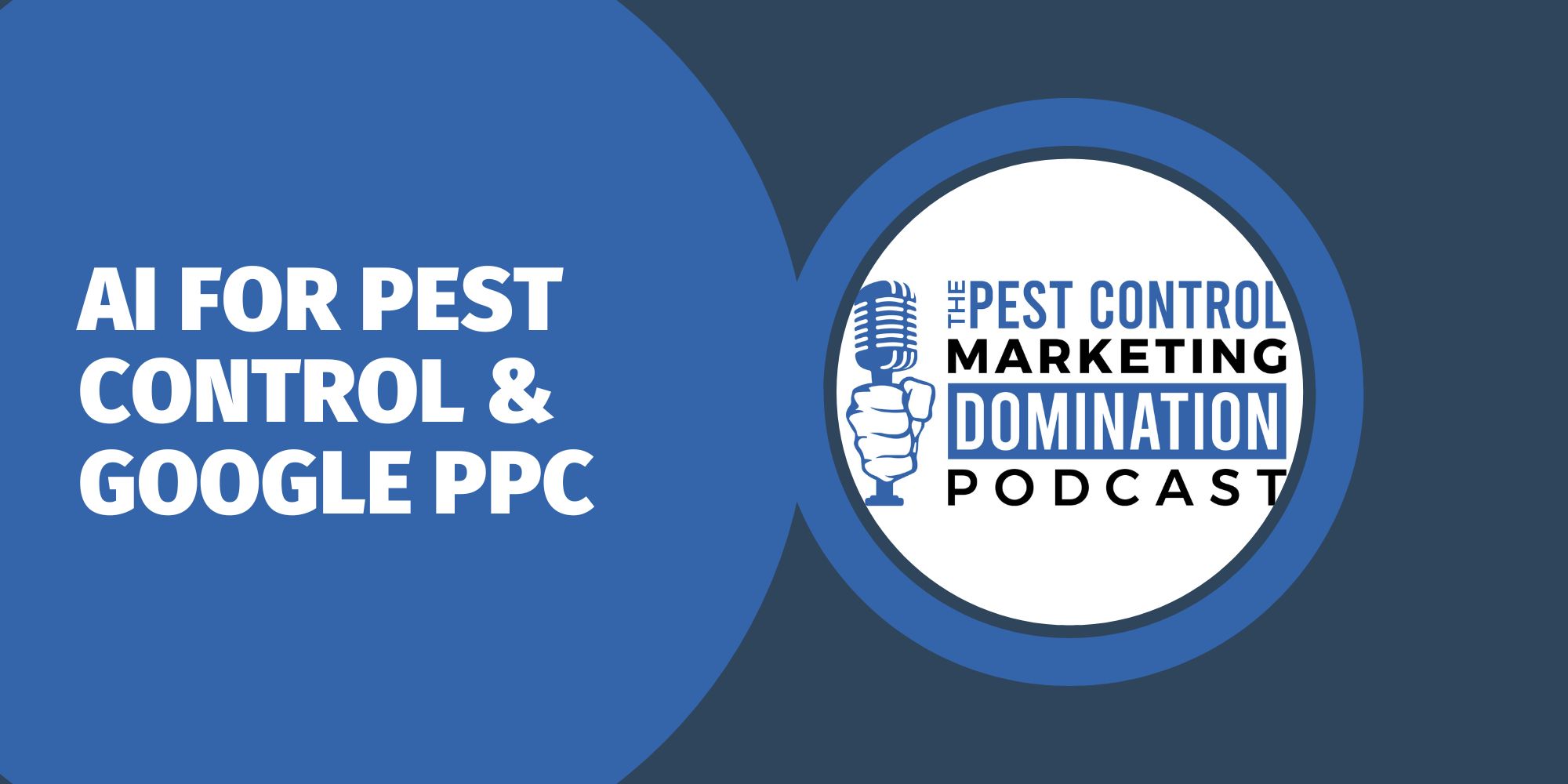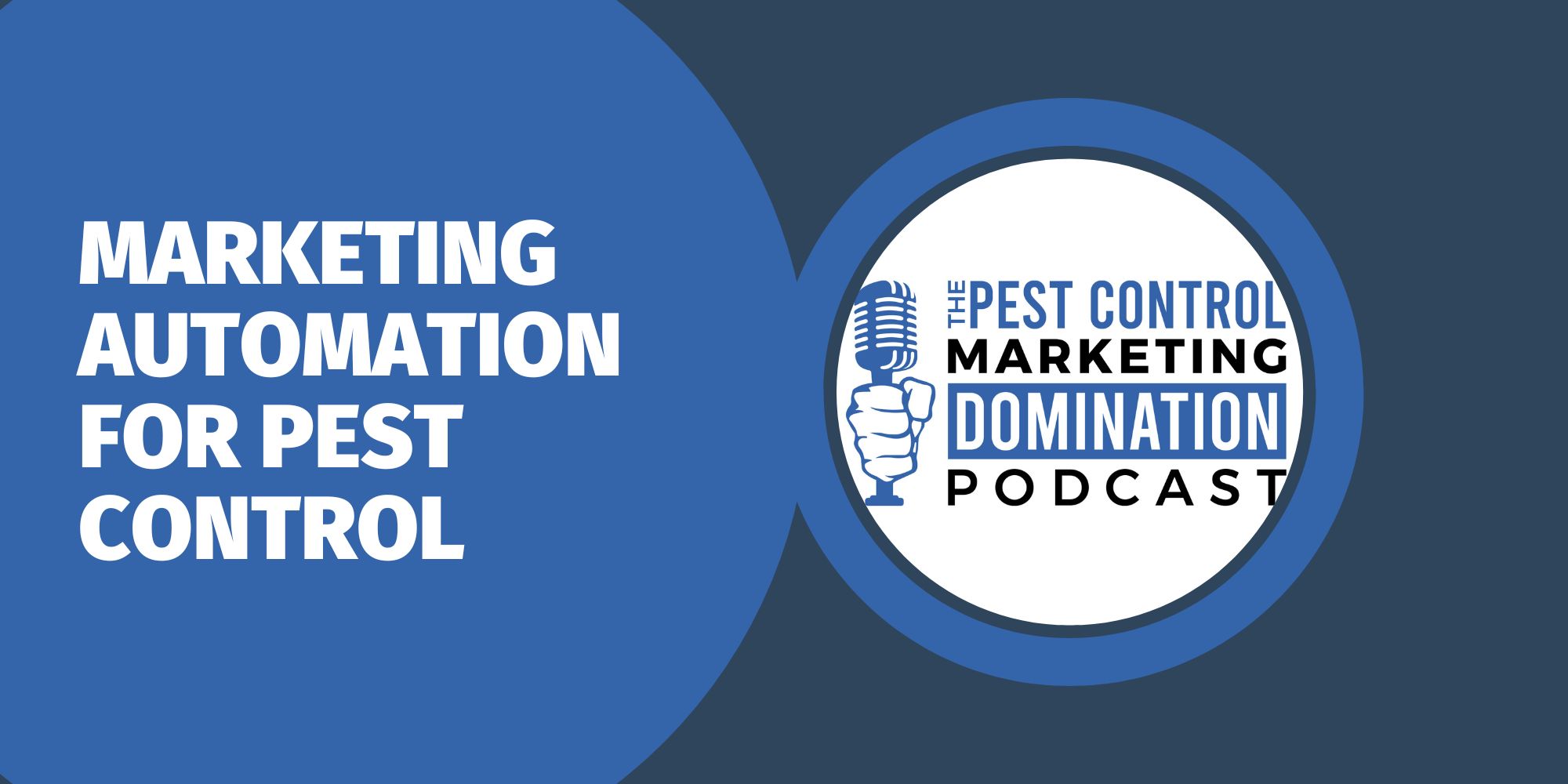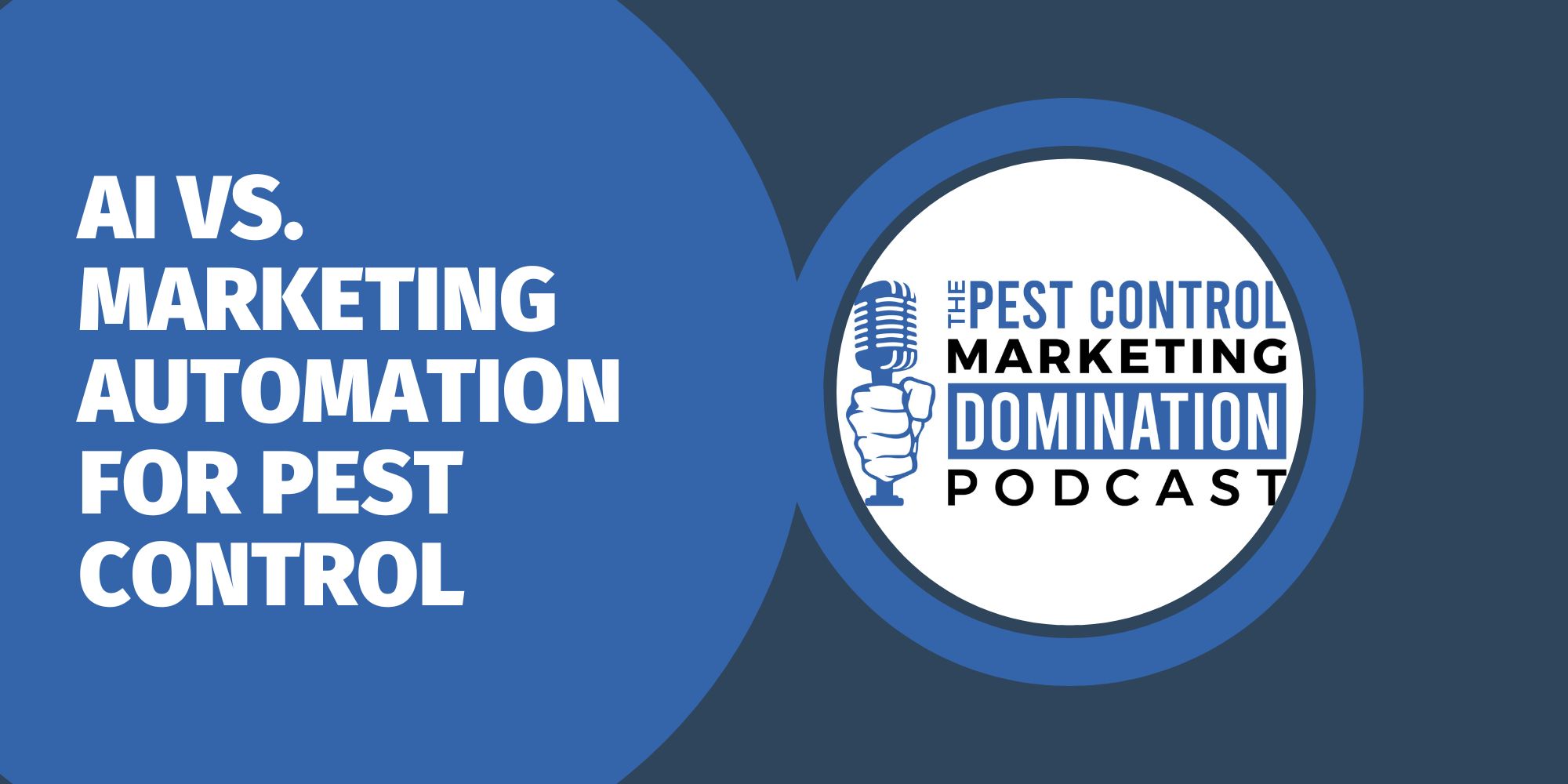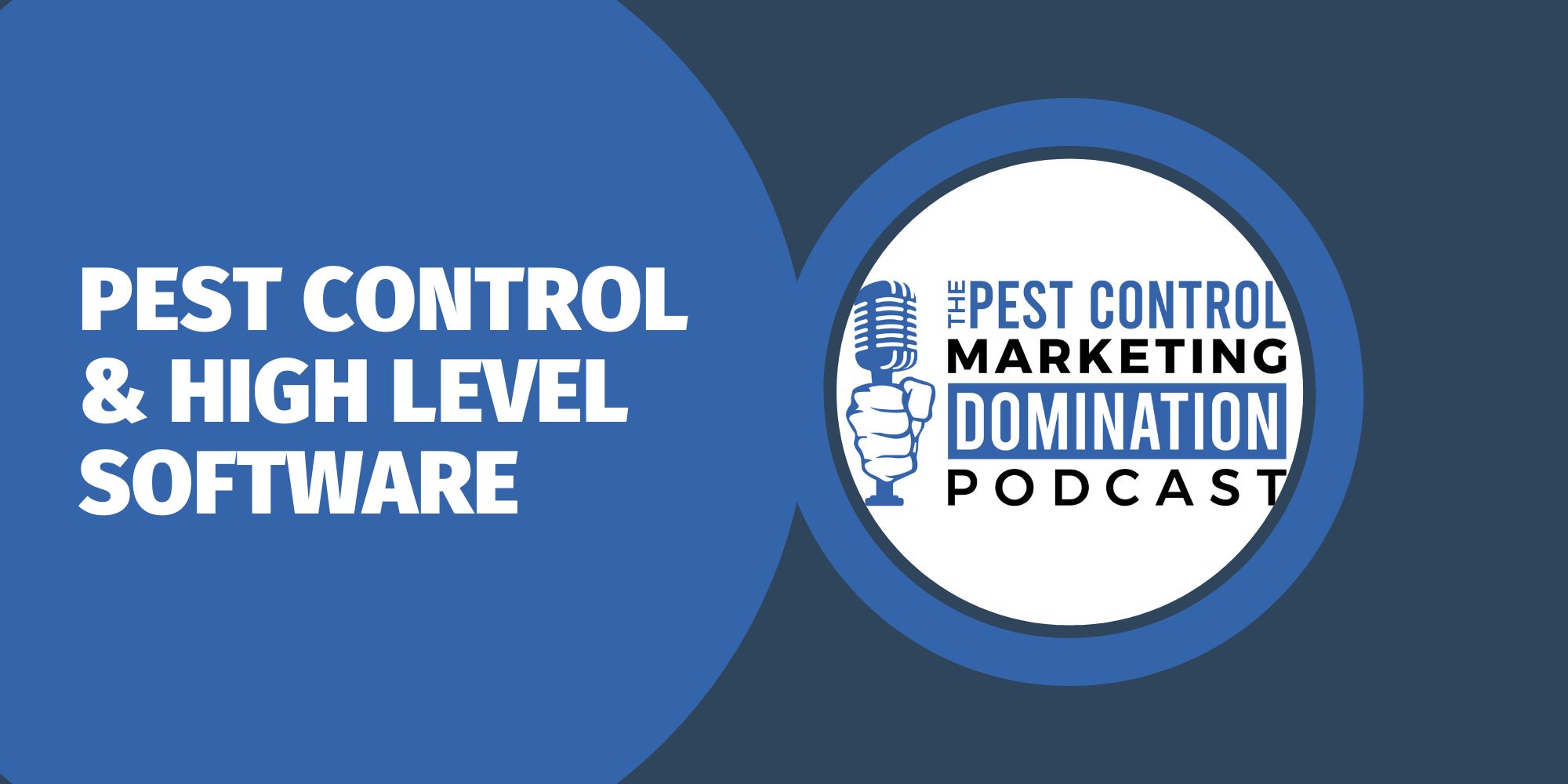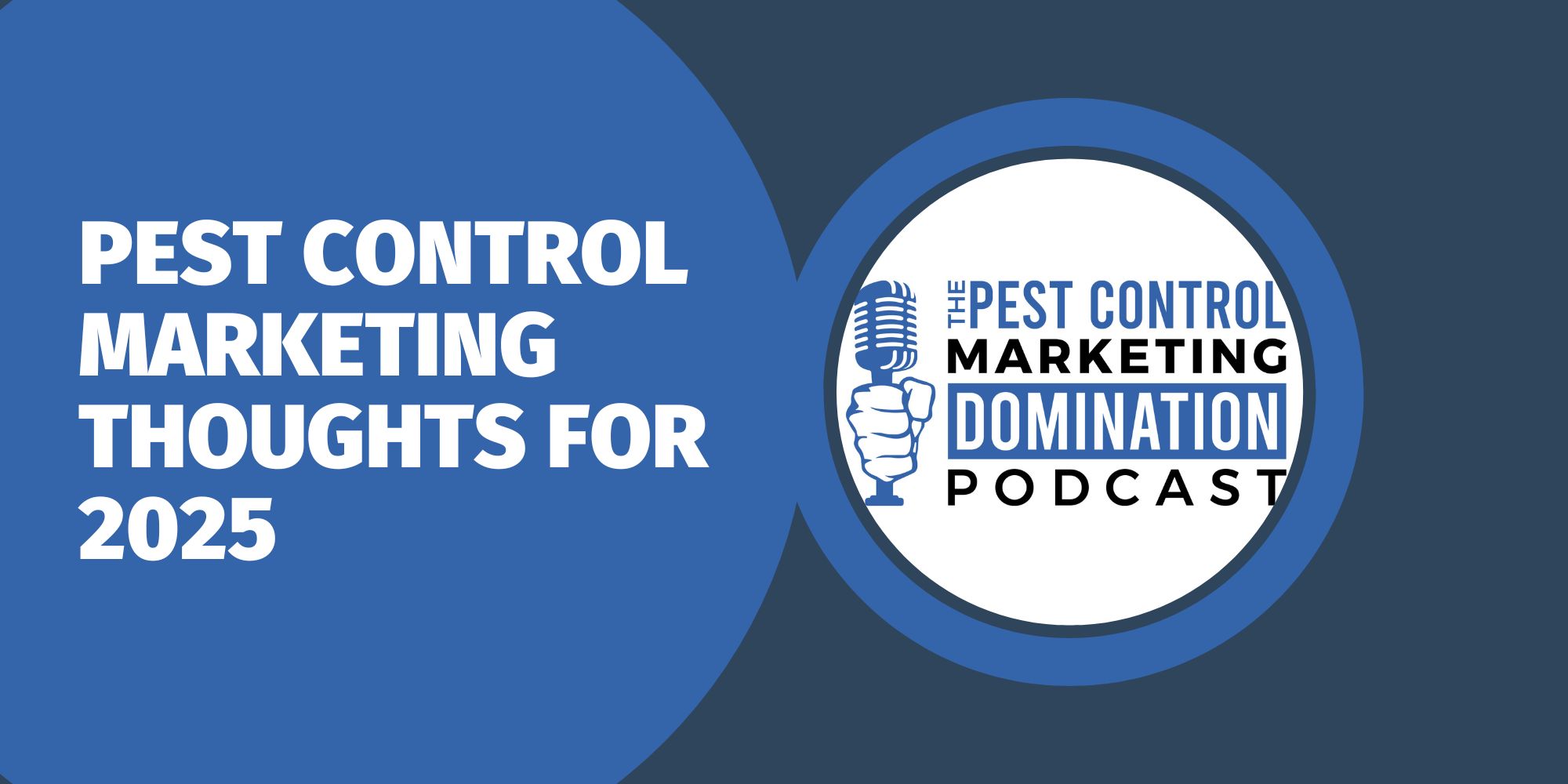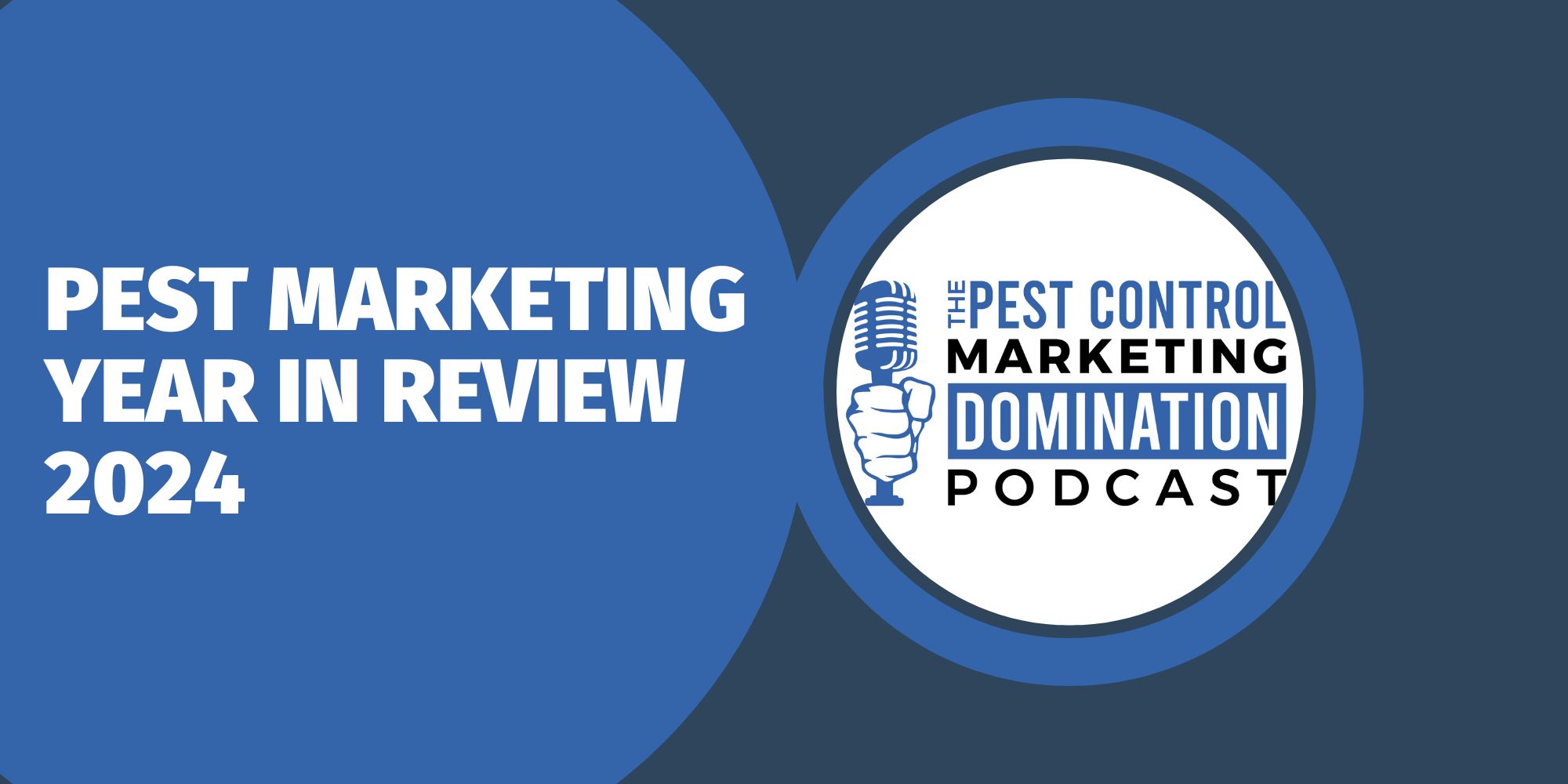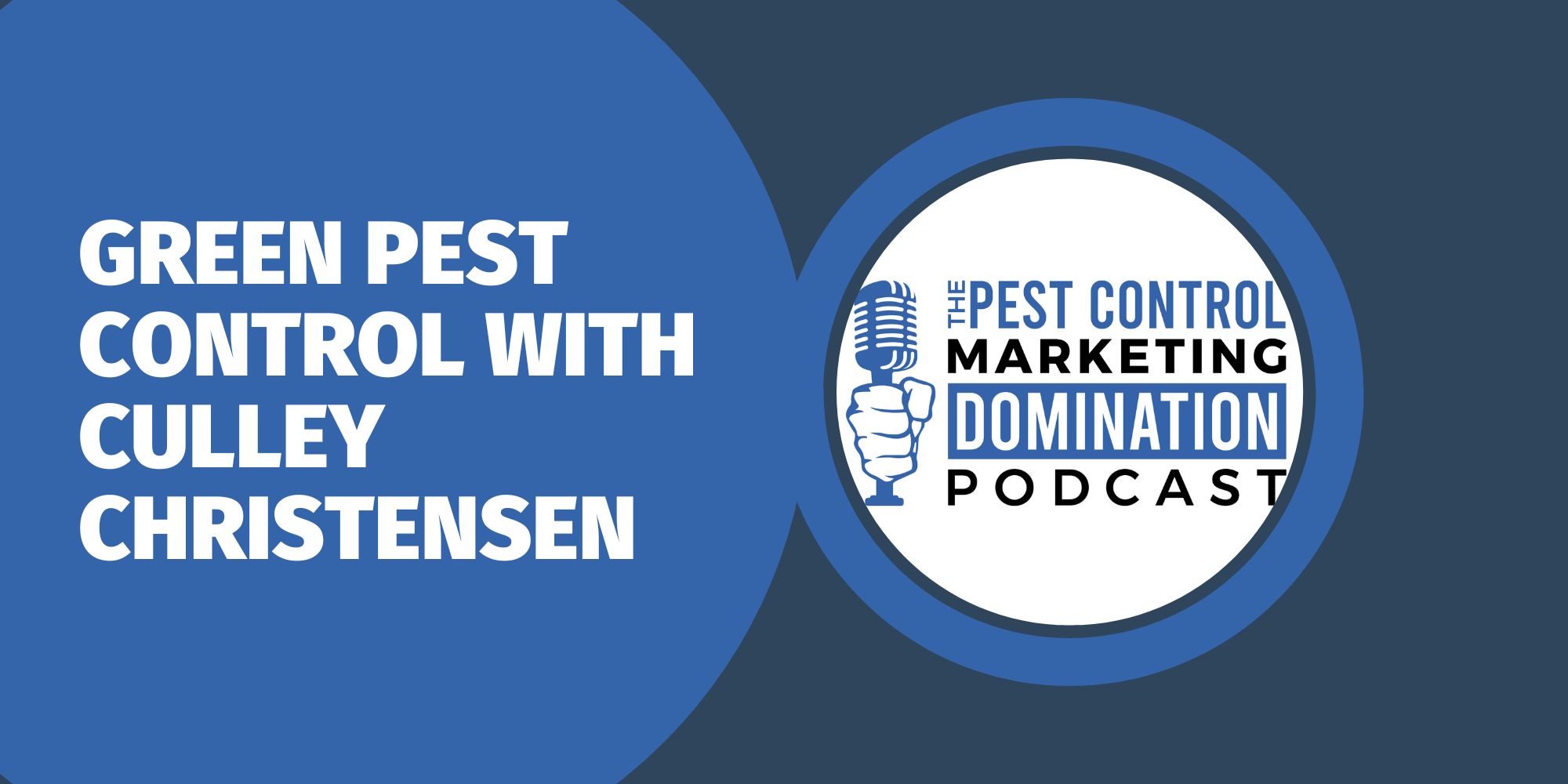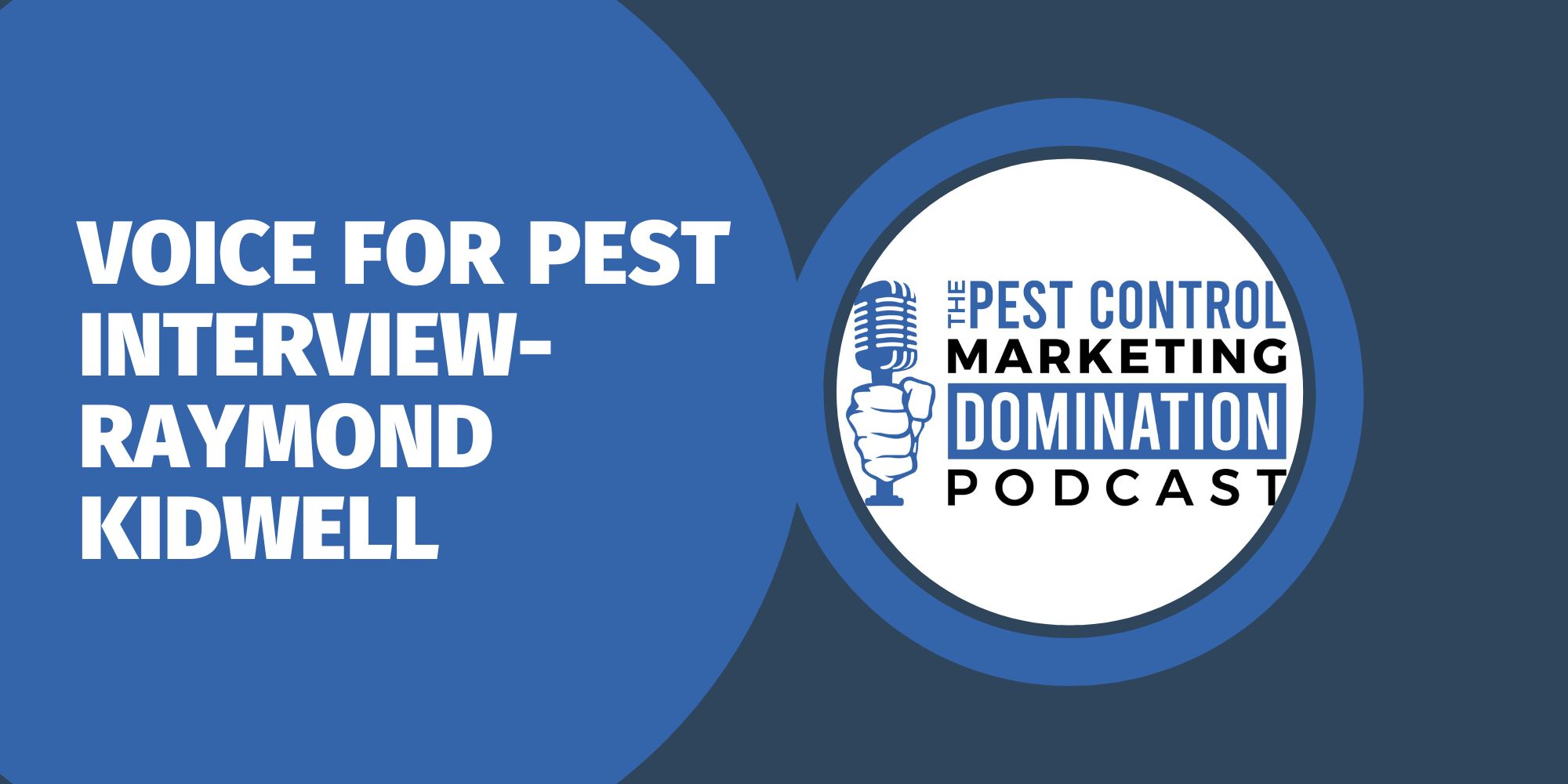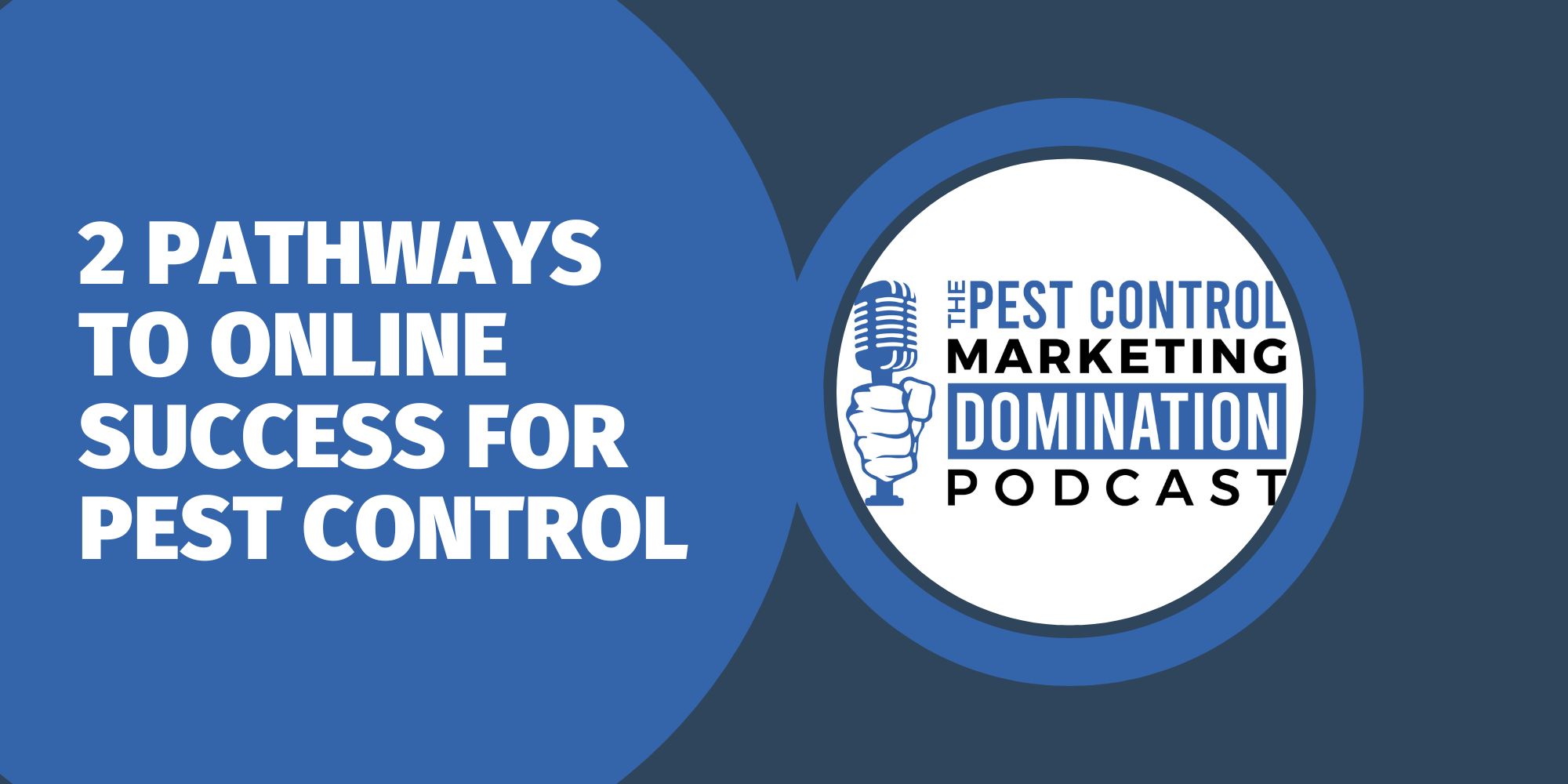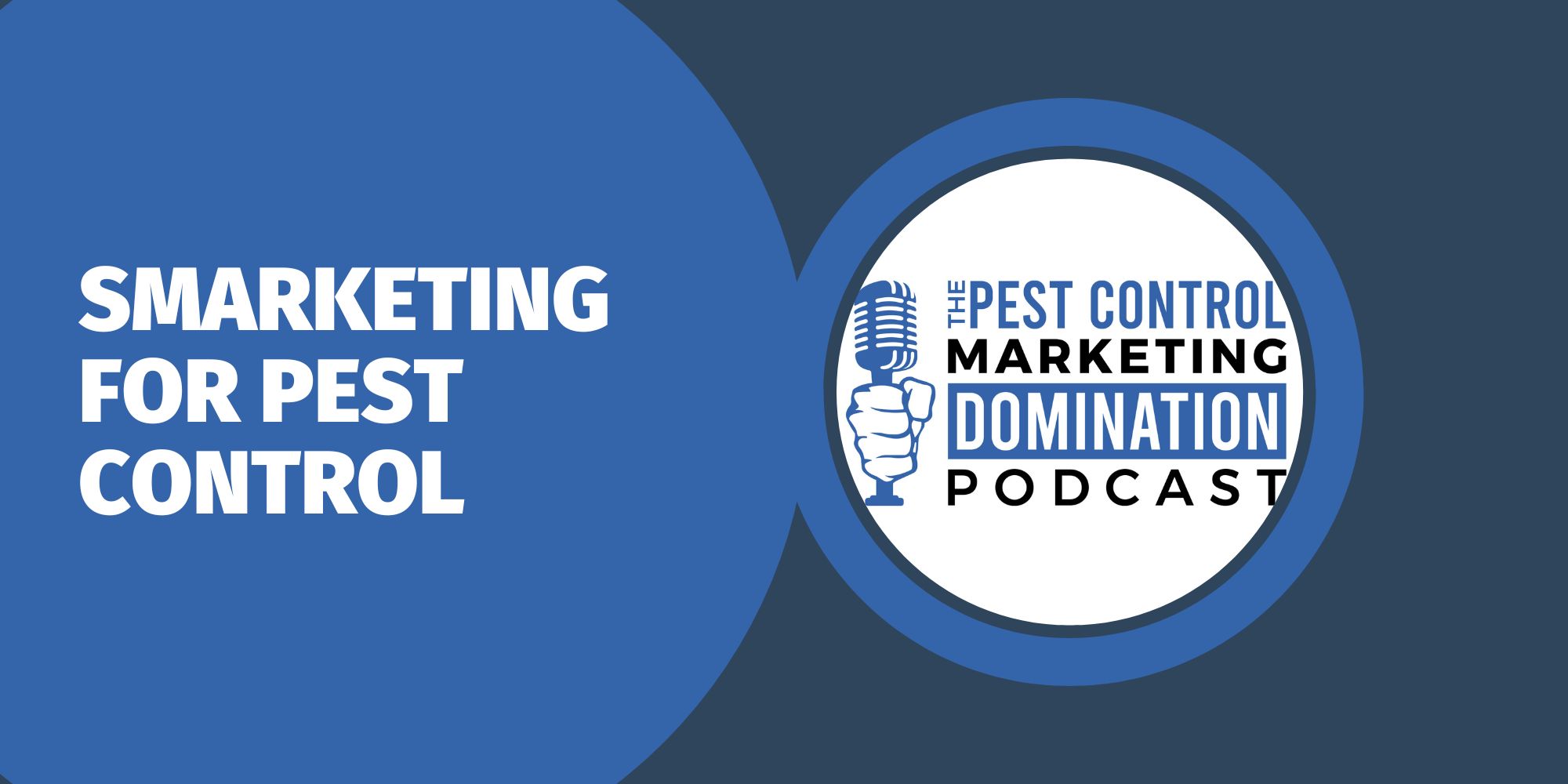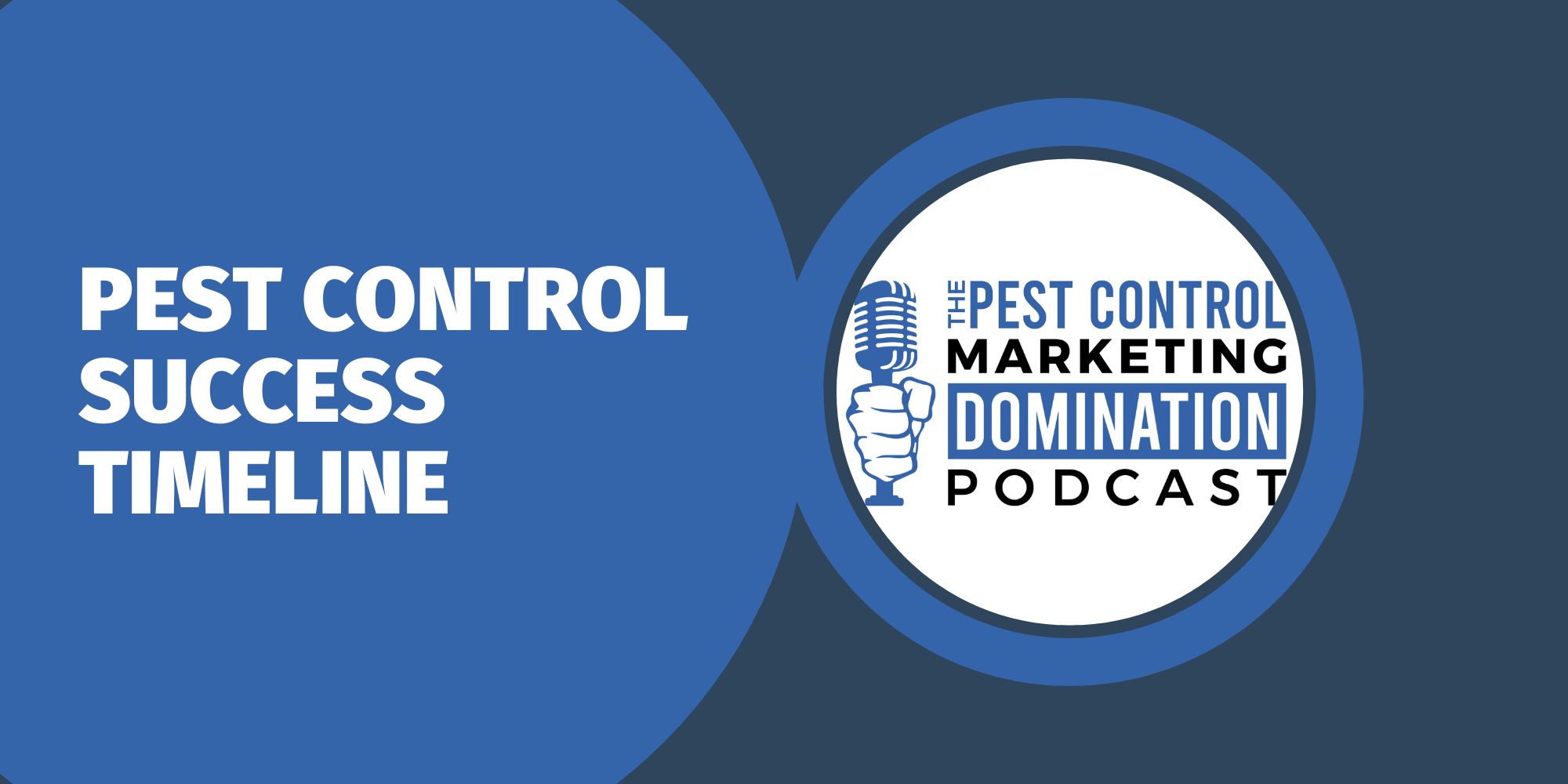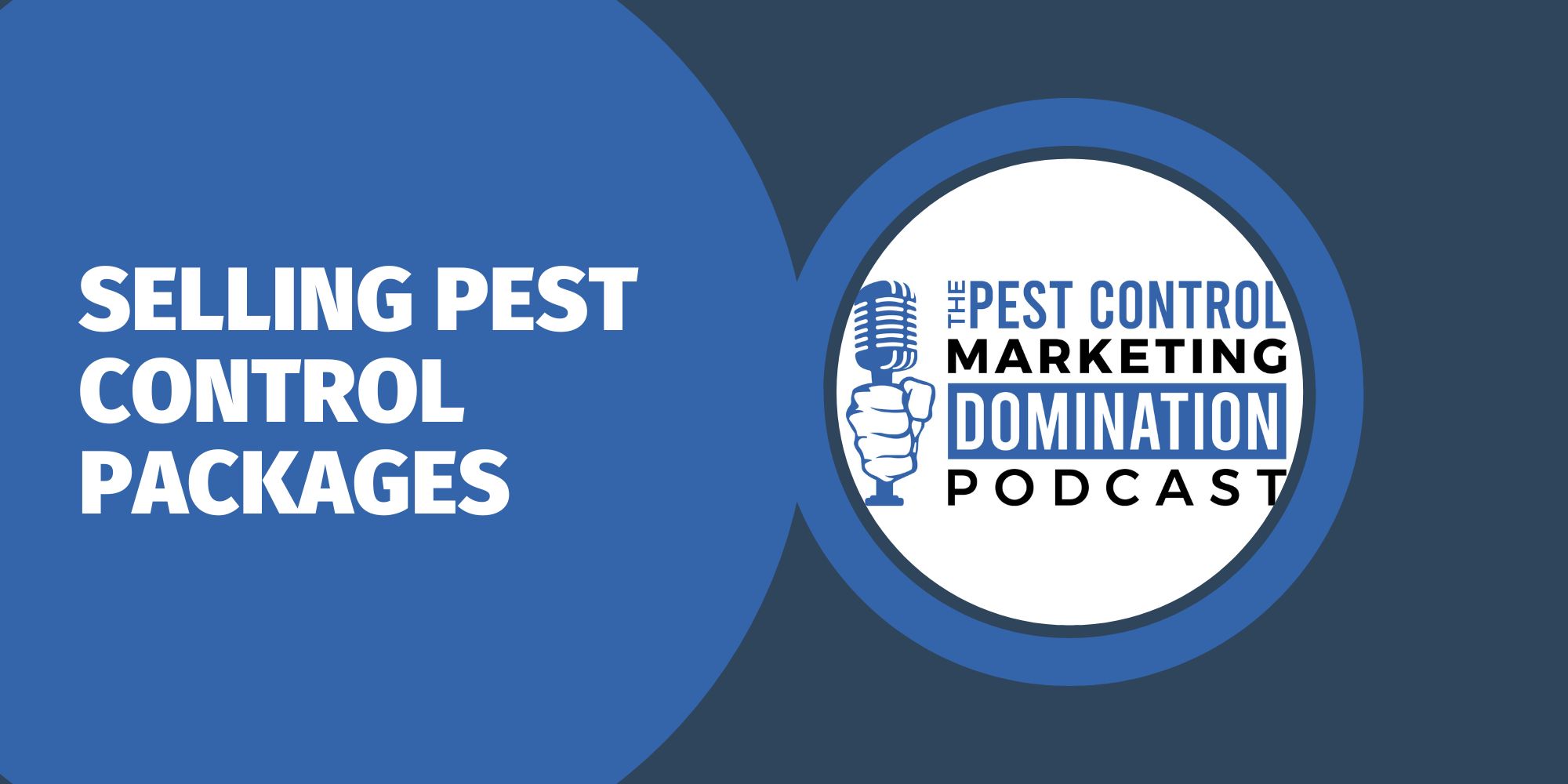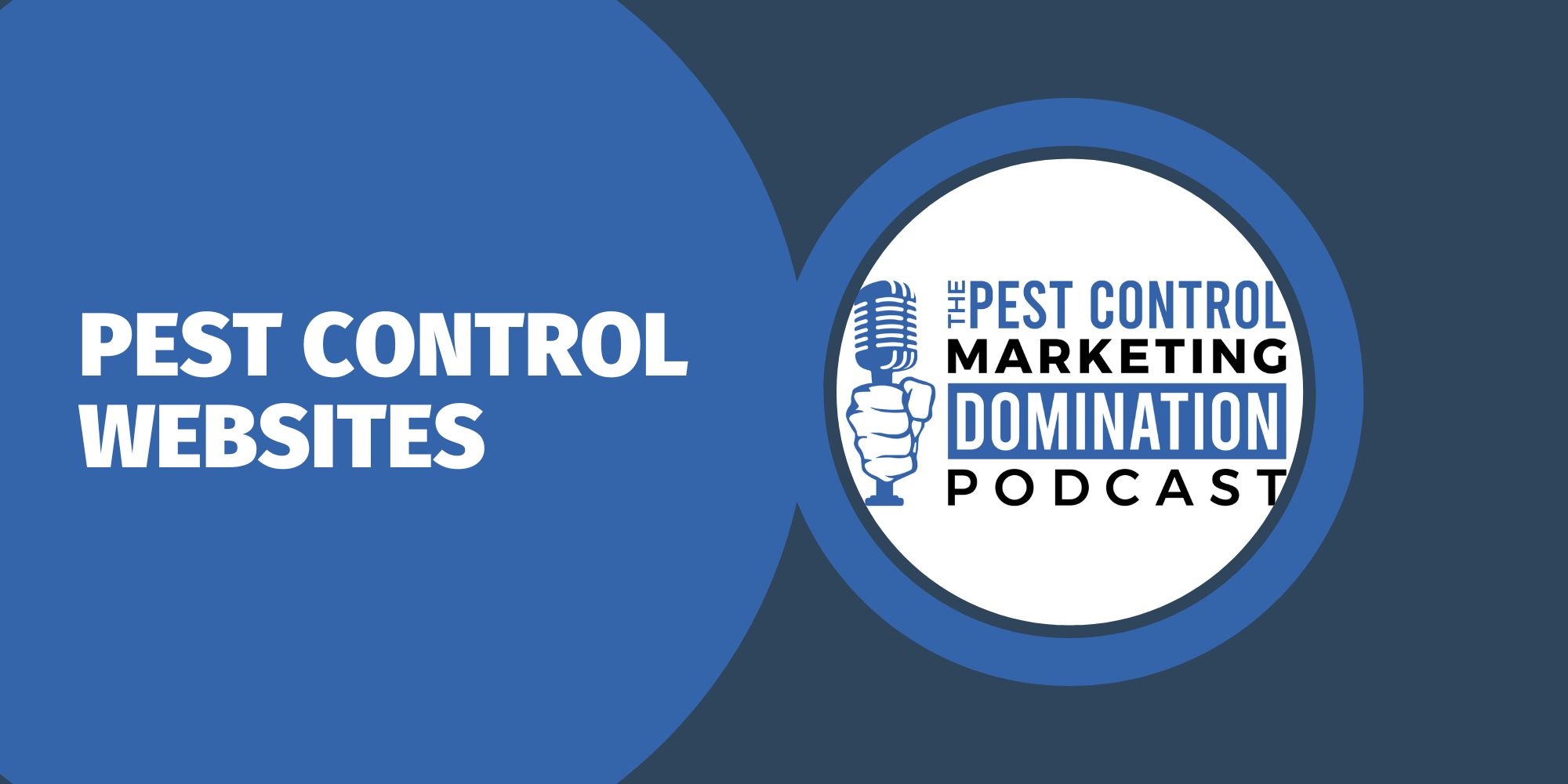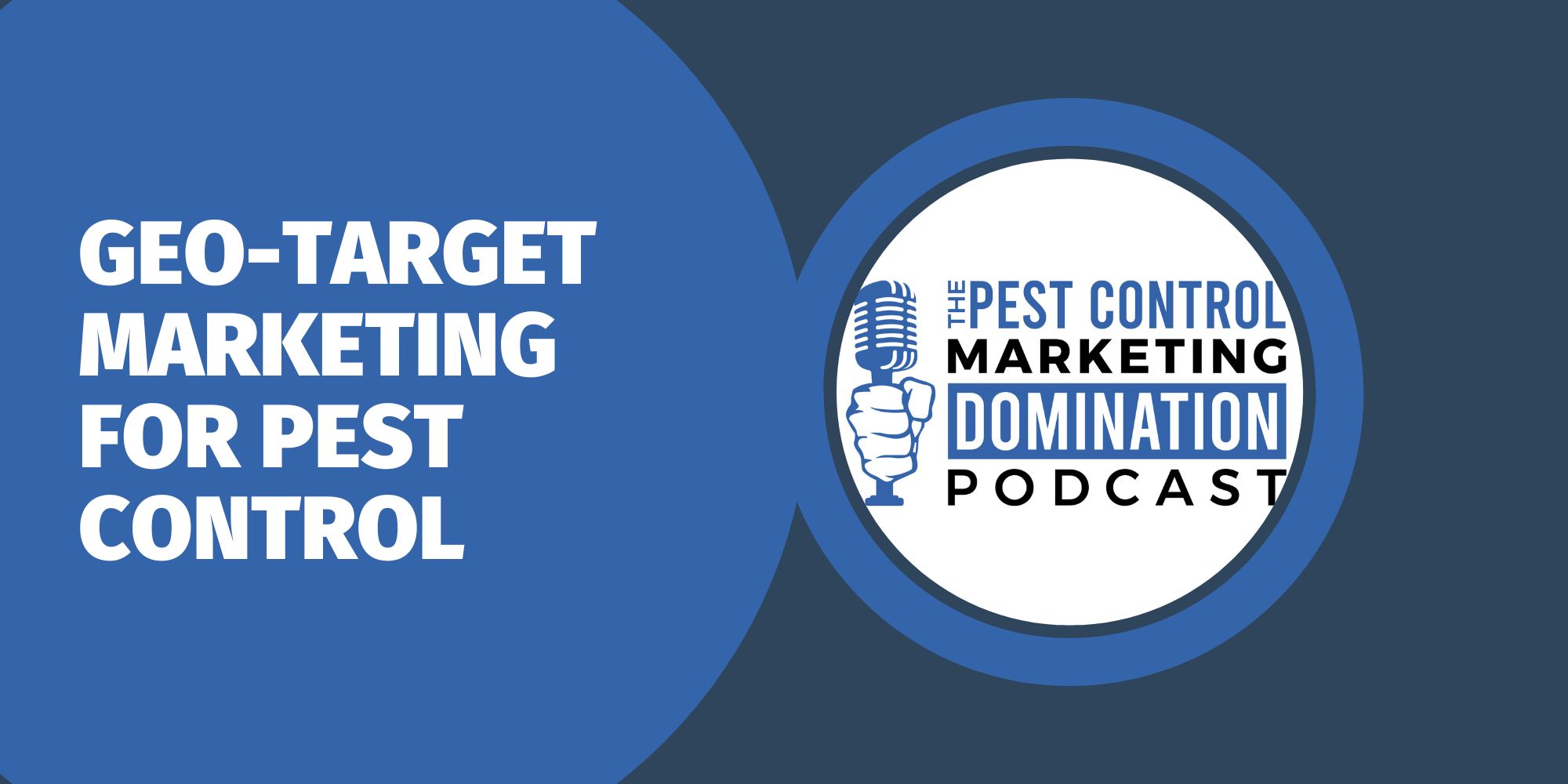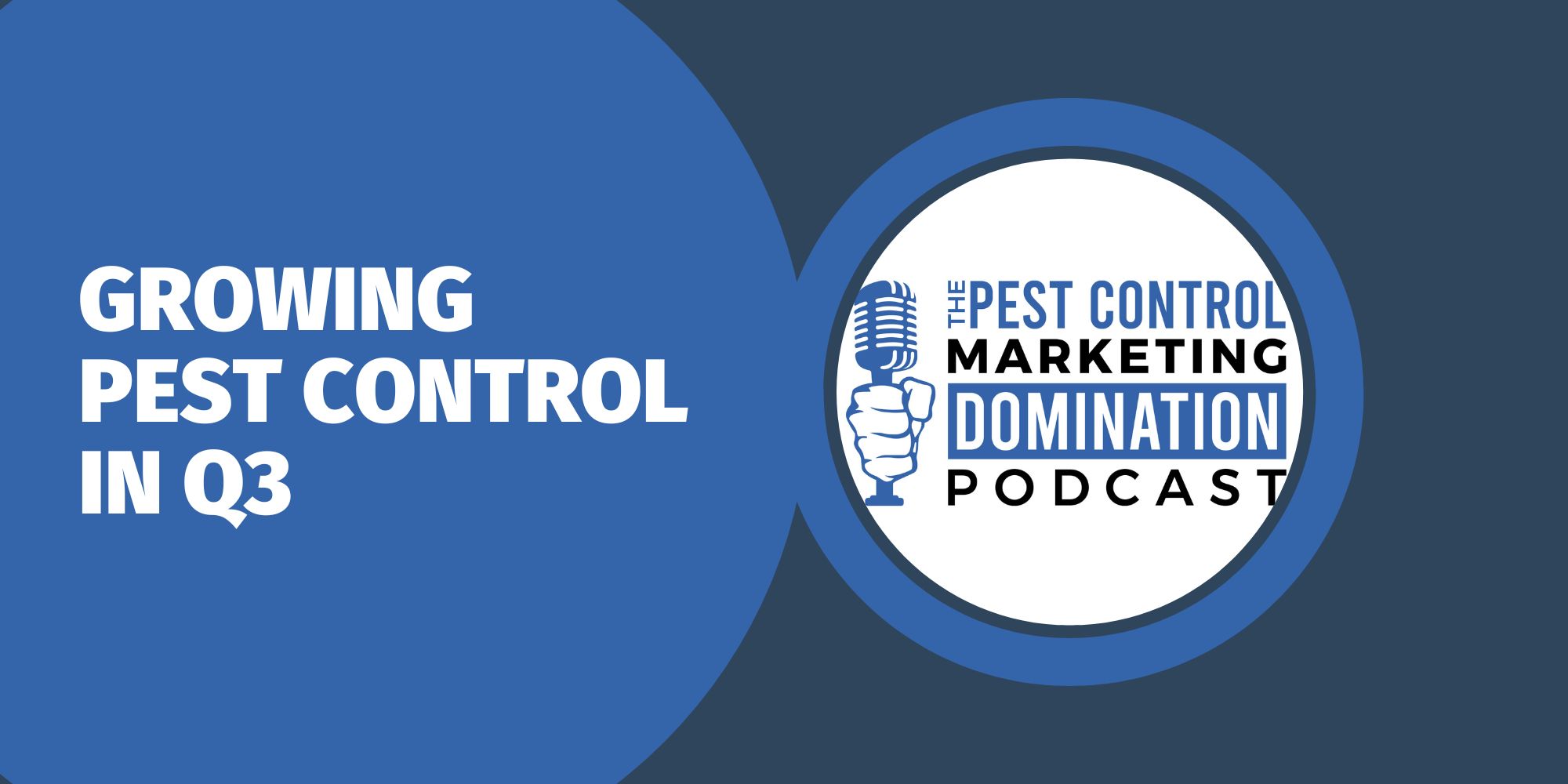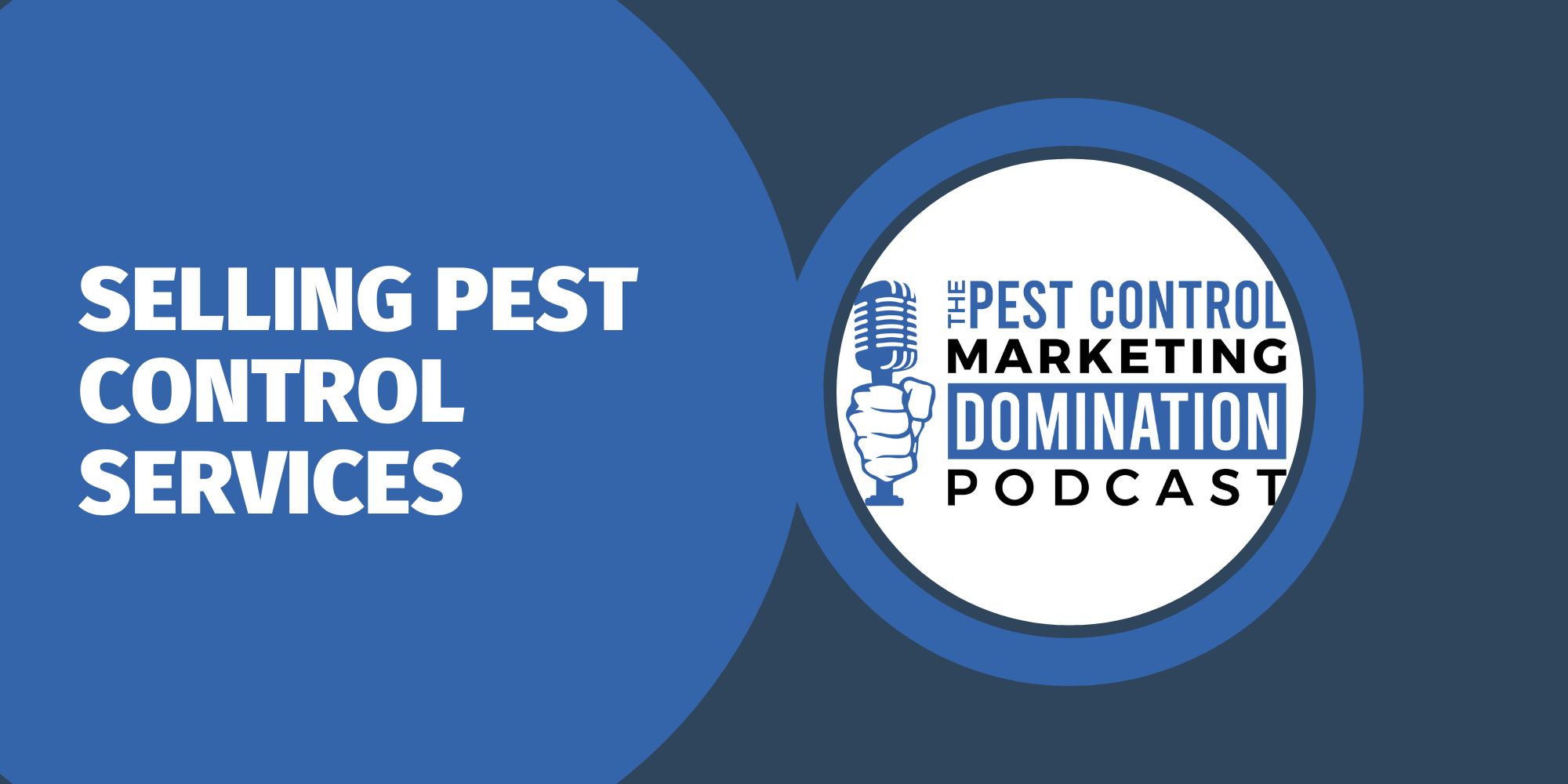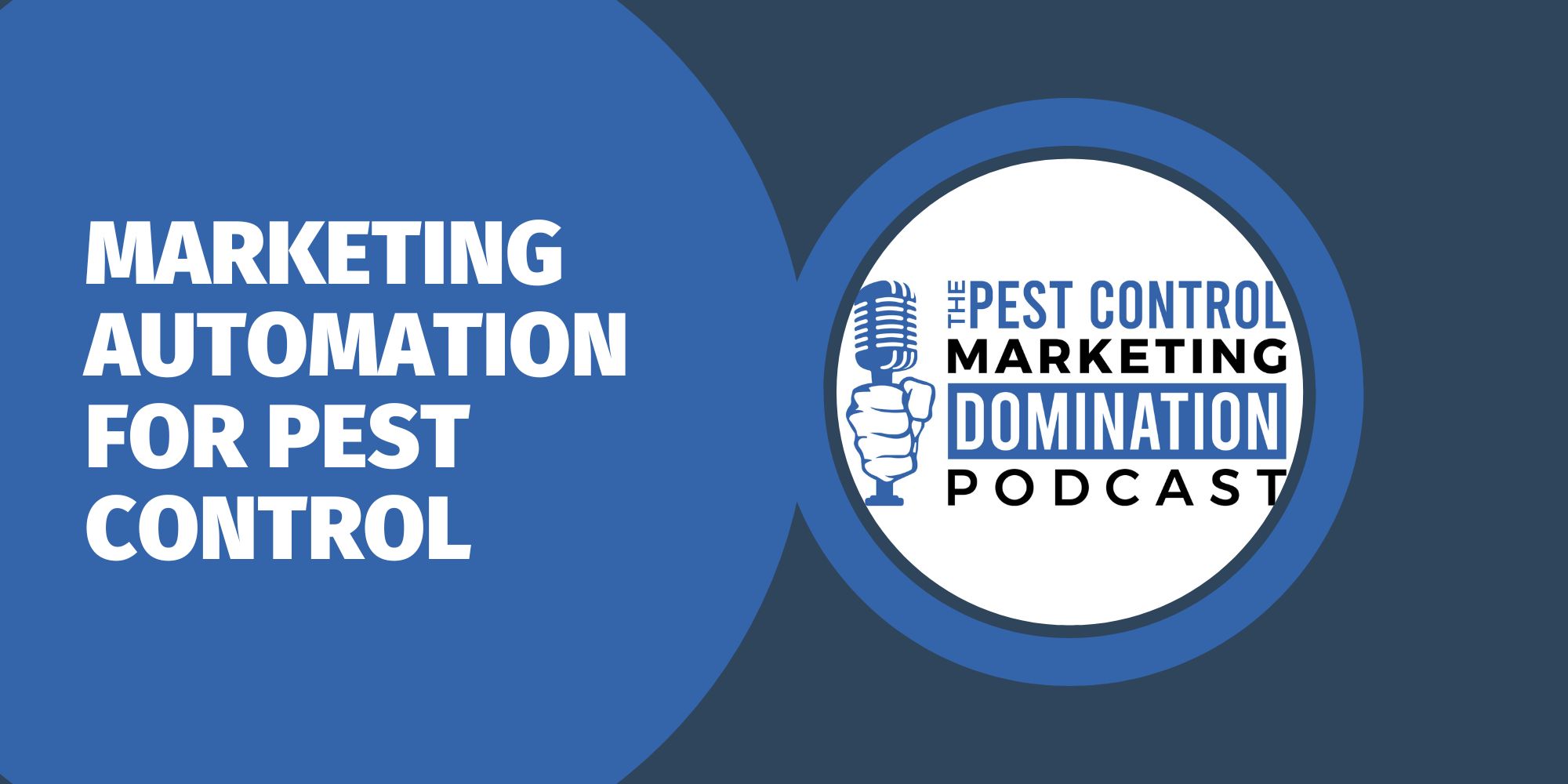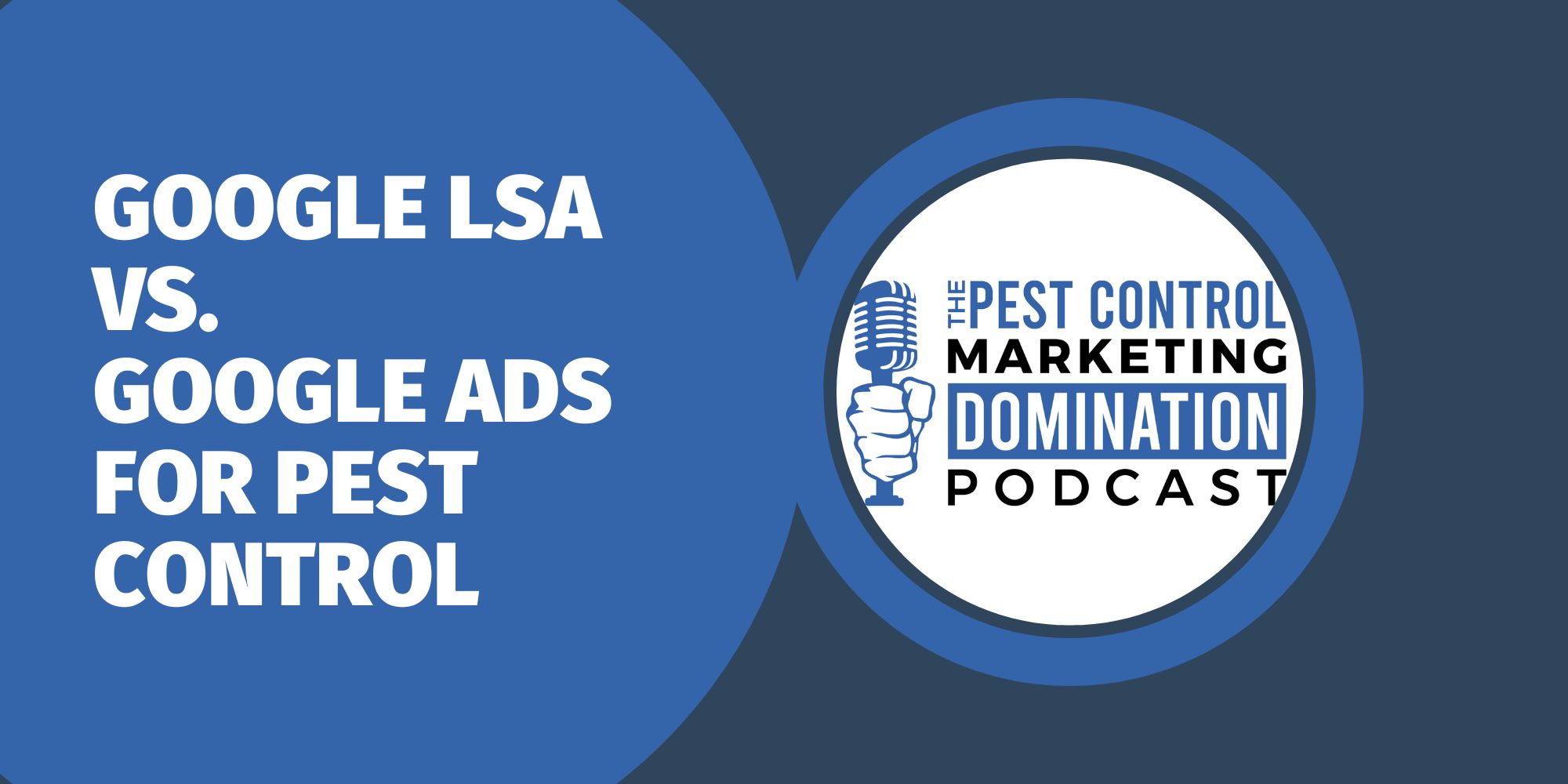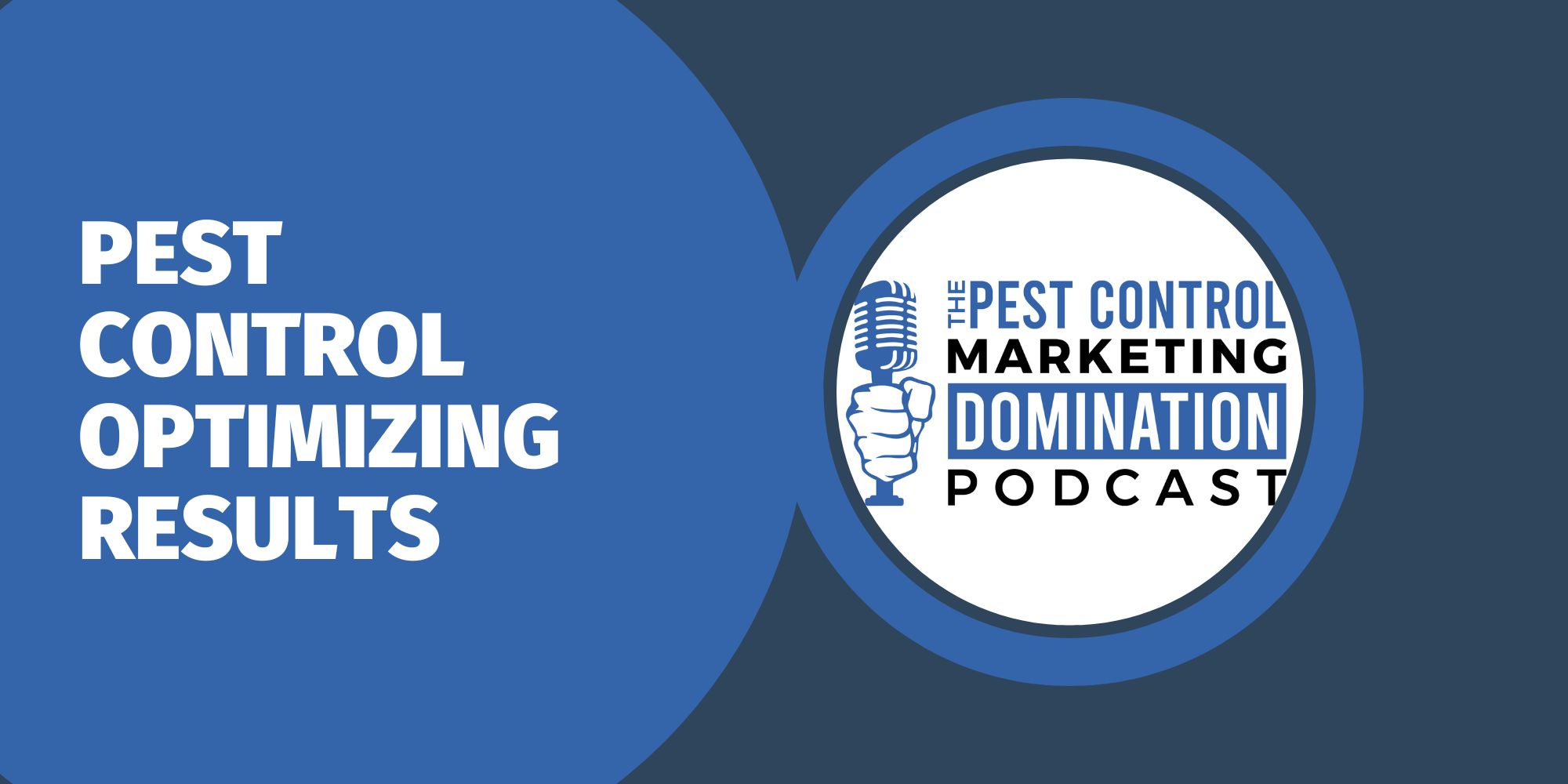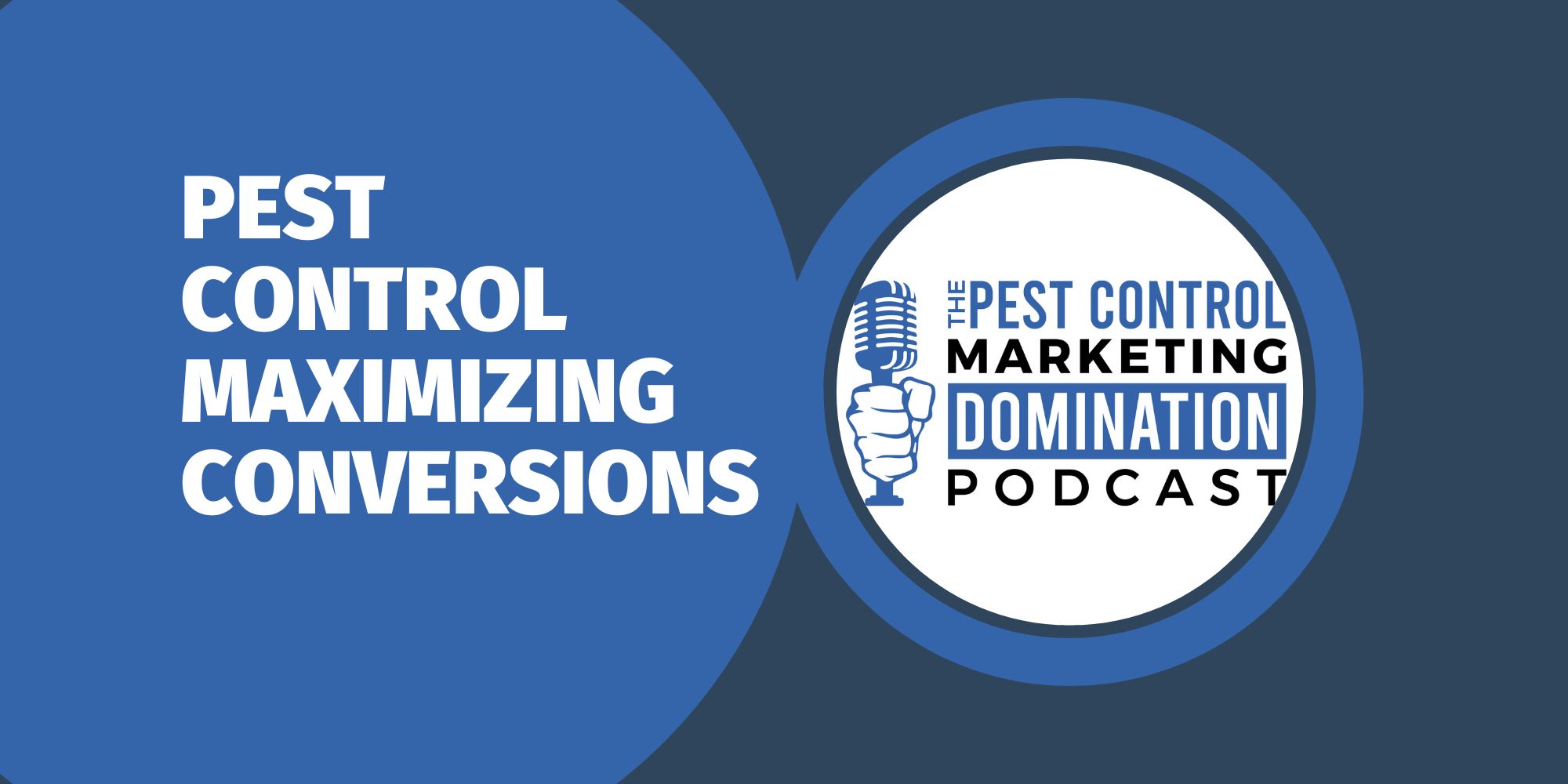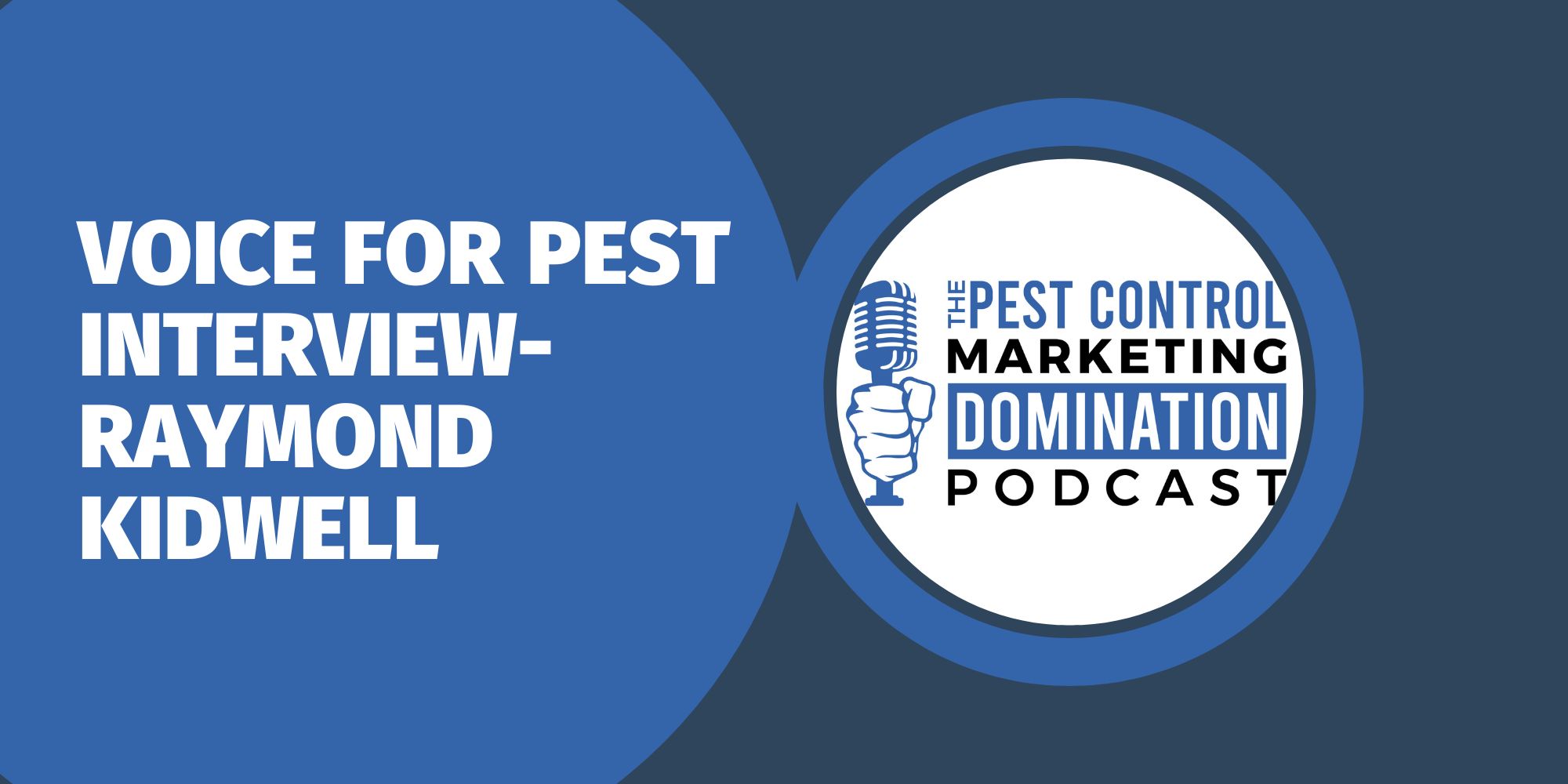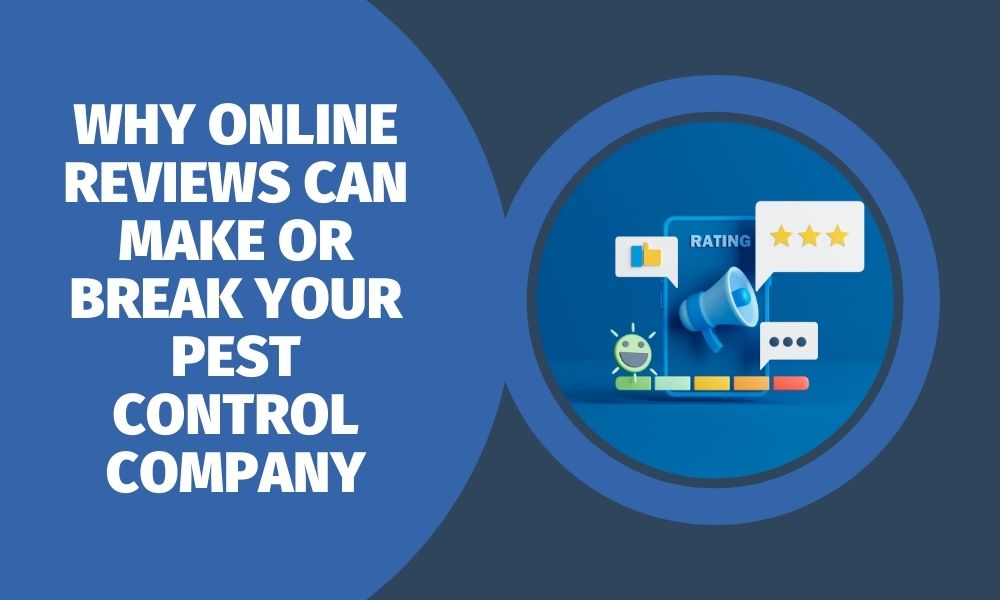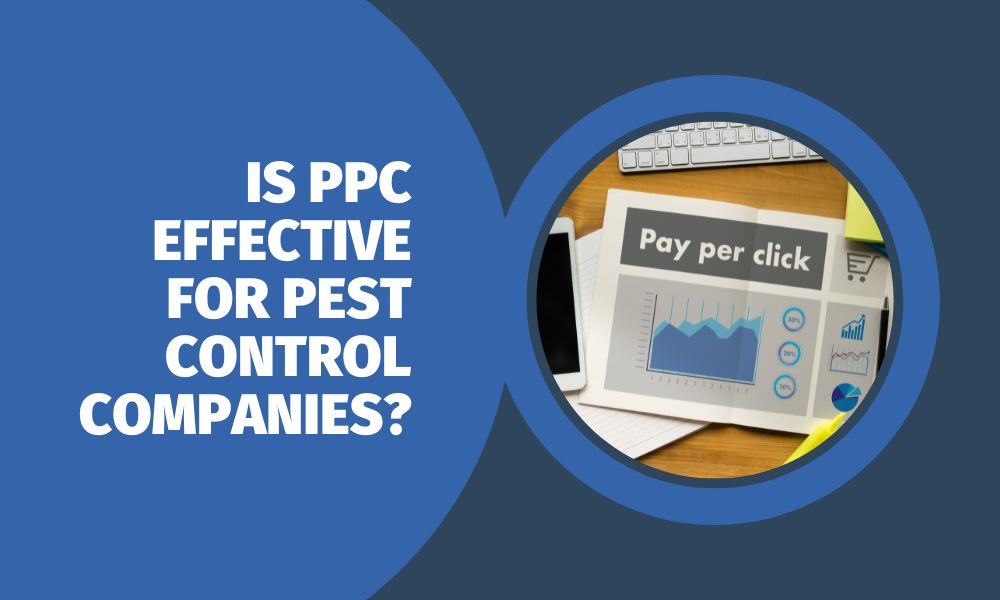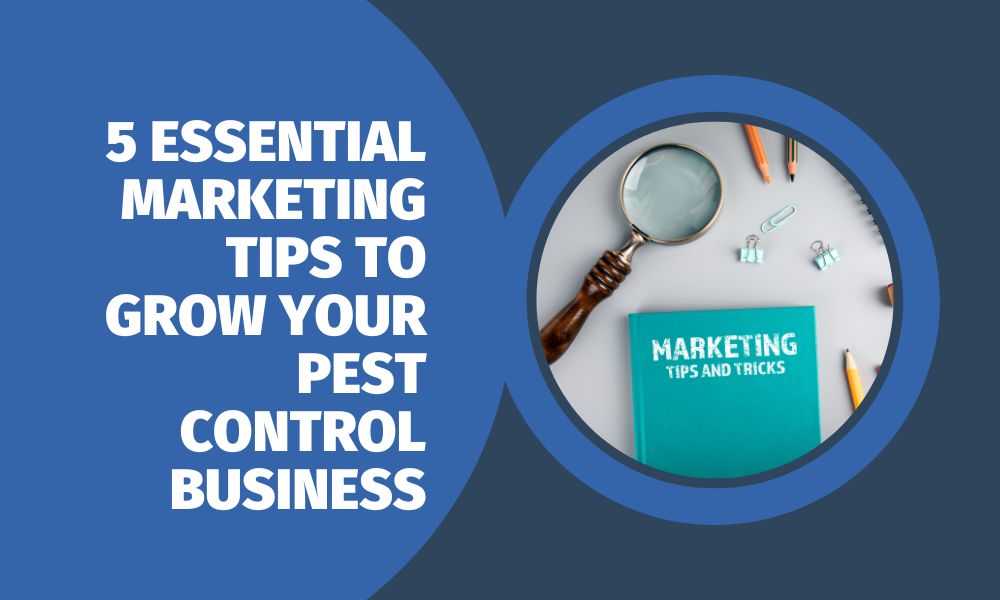Your website isn’t just an online presence—it’s your business’s most powerful tool for attracting leads and converting customers. A well-optimized pest control website acts as a full-time lead generator, ensuring that potential clients don’t just visit your site but take action.
A website that works isn’t just about aesthetics—it’s designed to engage visitors, provide instant solutions, and drive bookings effortlessly. Here’s how to make sure your pest control website isn’t just existing online—it’s actively growing your business.
First Impressions Matter: Your Site Must Perform Instantly
Speed is non-negotiable. If your homepage takes too long to load, visitors won’t hesitate to leave. A high-performing website should be:
- Fast and seamless: Compressing images and cleaning up unnecessary code reduces frustrating delays.
- Mobile-optimized: Customers rely on their phones for searches; your site must look great and function effortlessly on any device.
- Easy to navigate: A well-structured menu and intuitive design ensure visitors find exactly what they need without extra clicks.
- Optimized for voice search: More users now search hands-free, so ensure content is structured for voice queries.
- Accessible for all users: Implement features like alt text, readable fonts, and contrast adjustments to accommodate diverse visitors.
Guiding Visitors Toward Action
Imagine a homeowner lands on your website after spotting termites in their basement. They’re stressed, looking for help, and ready to book a service—but if they can’t immediately find your contact form or service details, they’ll leave frustrated.
A well-structured website removes obstacles and makes customer action effortless:
- Clickable CTAs that stand out: “Schedule an Inspection” or “Get a Quote Now” should be visible within seconds of landing on the page.
- Minimal steps to book: If customers have to hunt for your contact form or jump through unnecessary fields, they’ll abandon the process.
- Service pages with clear messaging: Visitors should immediately know what pest control solutions you offer, how they work, and why your company is the best choice.
- Sticky contact buttons: Keep contact options available at all times with floating call and chat buttons.
- Instant booking options: Integrate appointment scheduling directly into service pages to reduce friction.
The Power of Local SEO: Get Found by Customers Who Need You
You might offer the best pest control services in town—but if potential customers can’t find you online, they’ll book with a competitor. Search visibility is everything, and strong local SEO ensures your pest control business ranks when it matters most.
Your website should prioritize:
- Geo-targeted keywords: Terms like “Ant Control in [City]” or “Best Termite Exterminator Near Me” help capture relevant searches.
- A well-managed Google Business Profile: Accurate contact details, strong customer reviews, and updated service descriptions boost local rankings.
- Strategic backlinks: Partnering with neighborhood directories and industry-specific listings strengthens search authority.
- Schema markup for search engines: Use structured data to improve search result visibility and attract more clicks.
- Regular content updates: Keep blogs, service pages, and FAQs fresh to maintain rankings and engagement.
Building Trust: Why Your Website Needs More Than Just Information
A great-looking website doesn’t mean much if visitors don’t trust your business enough to book a service. Customer confidence plays a huge role in lead conversions, and trust-building elements should be integrated throughout your website.
- Showcase real customer testimonials: Reviews, case studies, or before-and-after images help validate your expertise.
- Highlight industry certifications and credentials: Displaying professional qualifications reassures visitors that you’re a reputable provider.
- Use authentic imagery: Professional team photos and real service visuals build credibility.
- Feature pest control guarantees: Show warranties or satisfaction guarantees to reassure customers.
- Include a detailed FAQ section: Address common concerns about treatments, pricing, and pest prevention to build credibility.
Keeping Your Website Effective for Long-Term Success
A pest control website shouldn’t stay static—it must evolve to stay competitive. To maintain strong engagement and conversion rates, businesses should:
- Track visitor behavior: Analyze drop-off points and refine pages to improve conversions.
- Update content regularly: Seasonal pest control tips, new service offerings, or fresh blog posts keep your site relevant.
- Optimize as trends change: Adapting to algorithm updates ensures continued visibility in search results.
- Test different CTA placements: Monitor which call-to-action locations drive the highest conversions.
- Ensure security and compliance: Maintain secure SSL certificates and follow privacy laws to protect customer data.
Turn Your Website into a Lead-Generating Powerhouse
An outdated, underperforming website won’t bring in new customers—but an optimized website will. By improving speed, refining SEO, prioritizing trust-building, and making navigation effortless, pest control businesses can turn their websites into full-time lead generators that drive sustainable growth.
Turn your website into a lead-generating powerhouse with the expertise of Rhino Pest Control Marketing—reach out today and let’s build a website that attracts more customers and converts visitors into paying clients.


